Nombre:
Maguilov
Otro: Mogilev
Localización:
Tipo: Urbanismo
Categoría:
Foto:
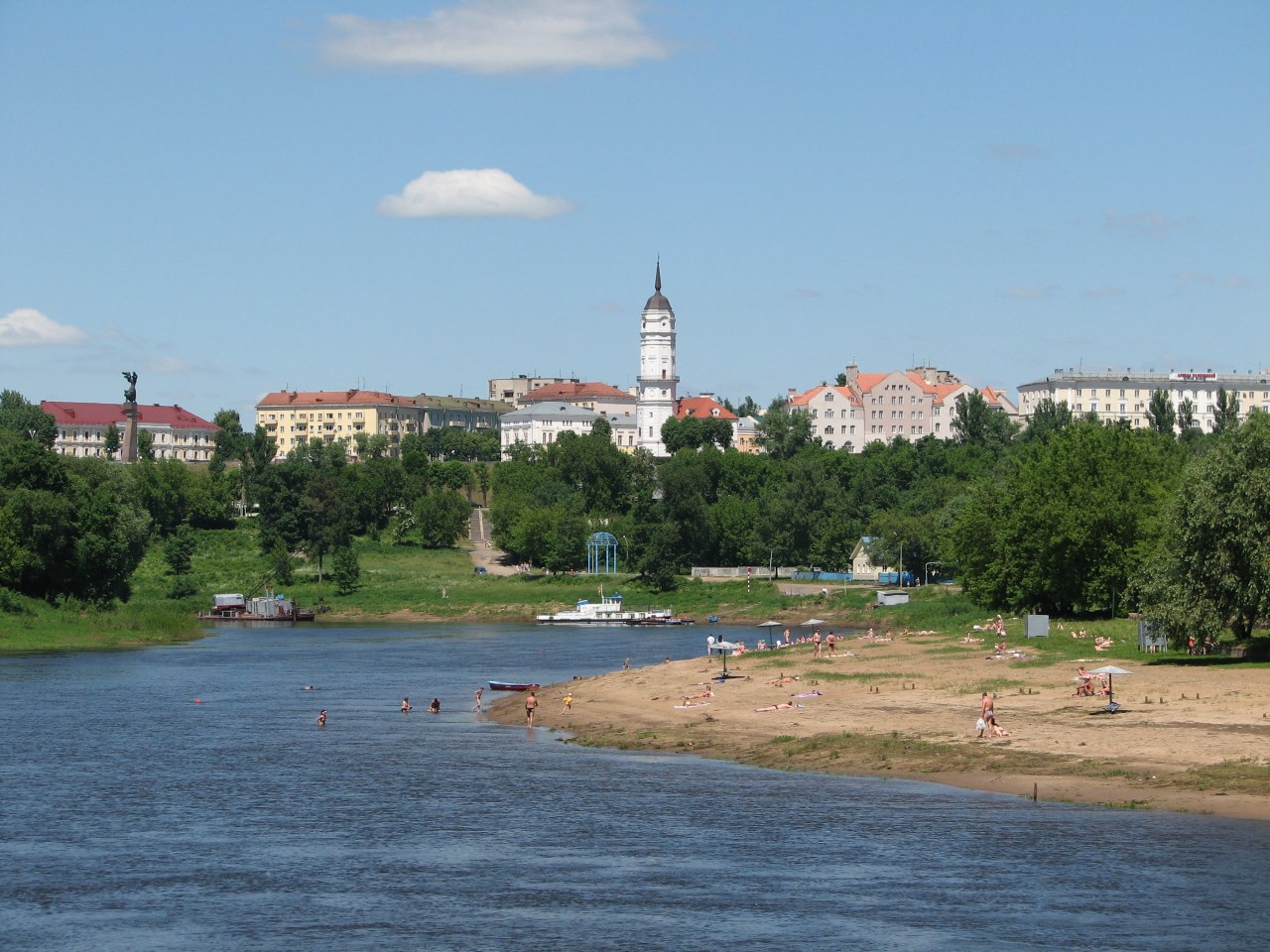
Voto:
Continente: Europa
País: Bielorrusia
Localización:
Año: 1267
Estado: Terminado
Descripción:Mogilev
The city was established on the bank of the Dnieper River more than seven centuries ago. If you look at the map of Belarus, you will not be surprised why Mogilev has been used as a strategic location many times over its history. During the First World War the Russian Army Headquarters and the residence of Emperor Nicholas II were located there. Before the Second World War, there were plans to relocate Belarus’ capital to Mogilev, because Minsk was too close to the country’s western border. A testimony to that was the hasty construction of the House of Soviets in Mogilev. The building was nearly the exact replica of the Minsk-based House of Government. During the Great Patriotic War Mogilev held out against the enemy for 23 days, including 16 days in complete encirclement.
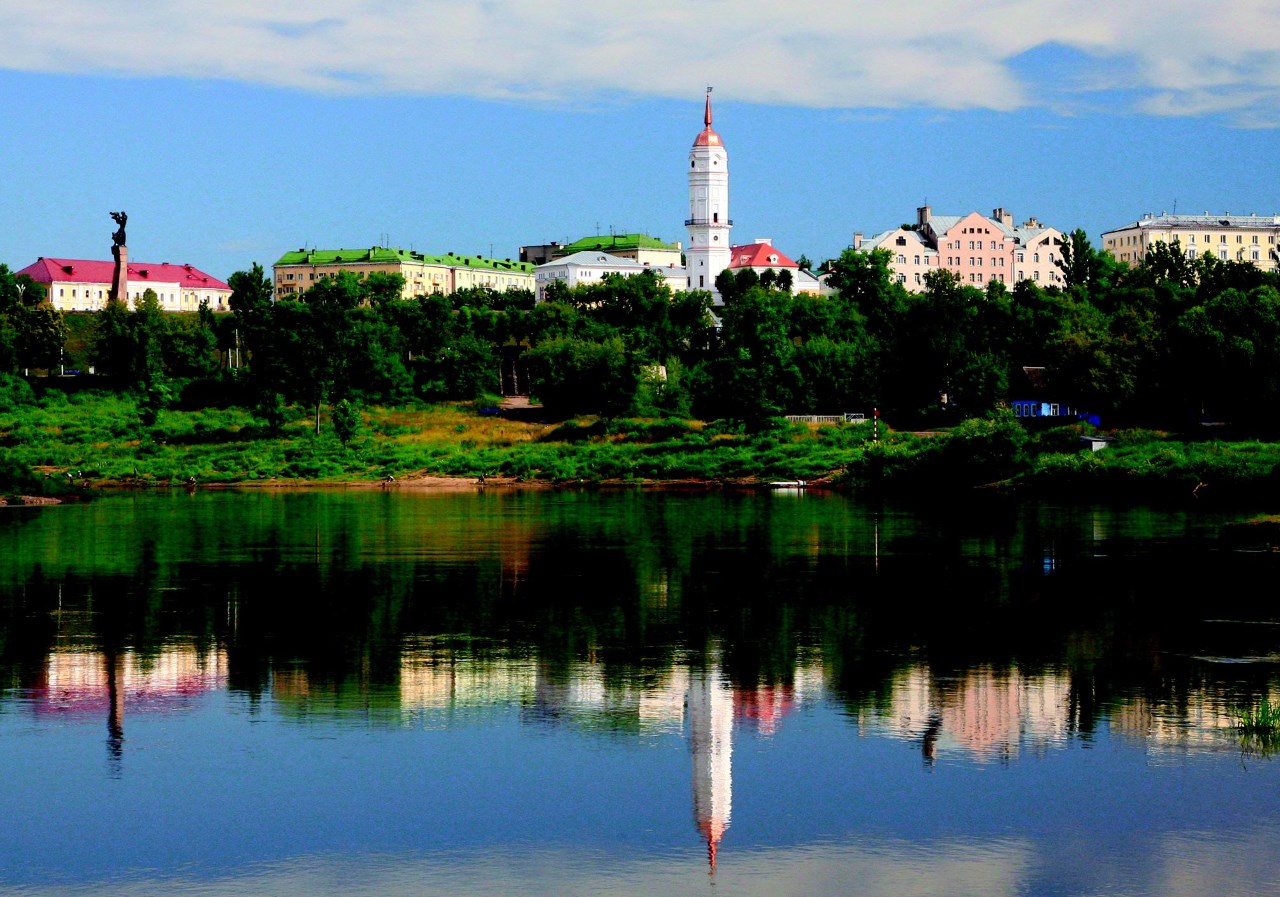
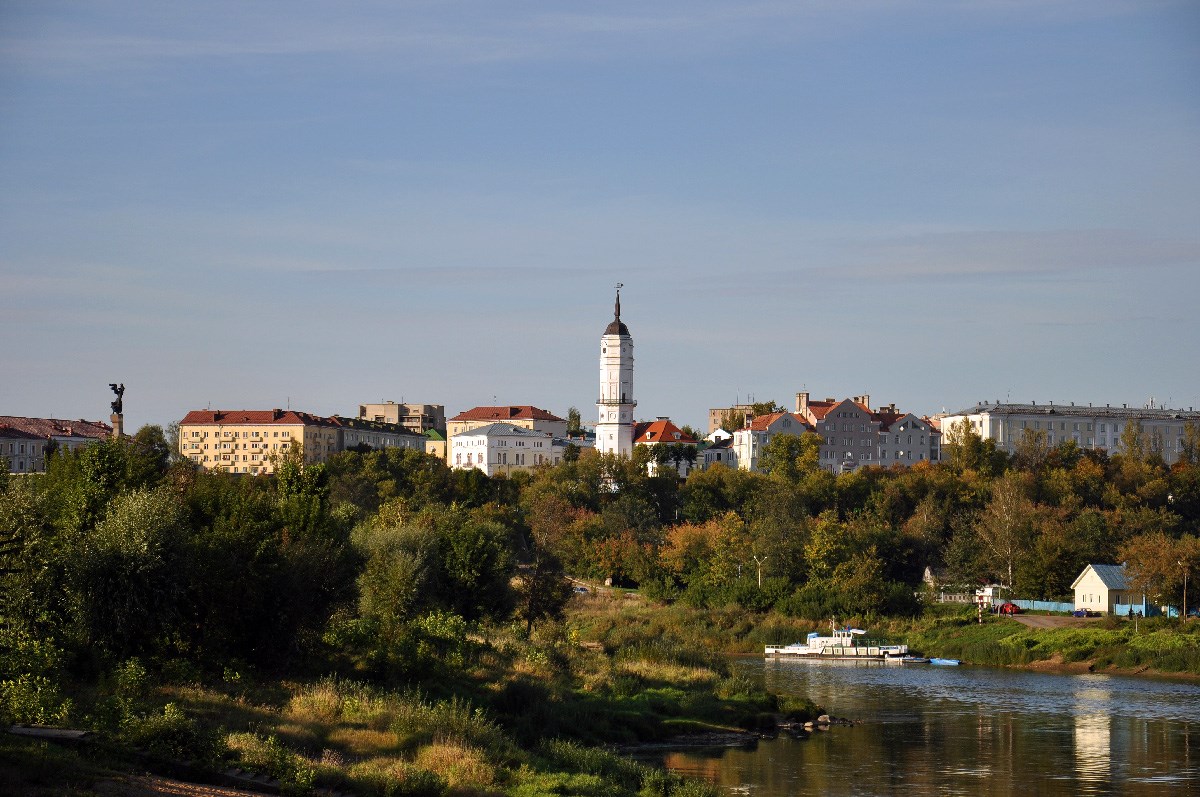
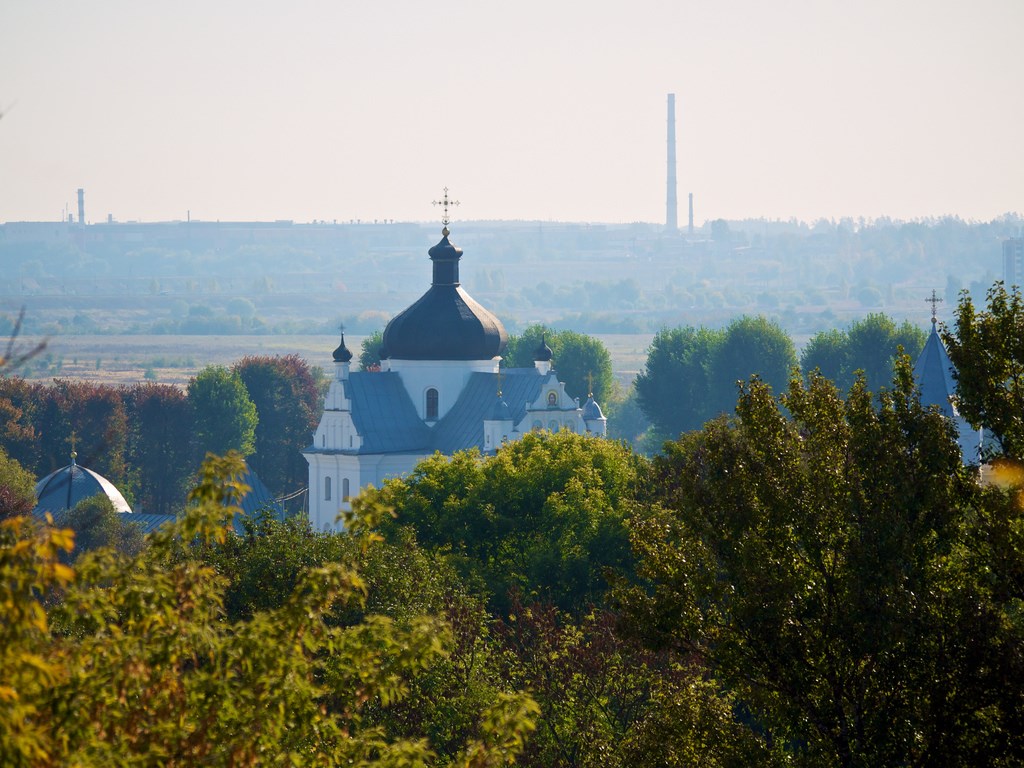
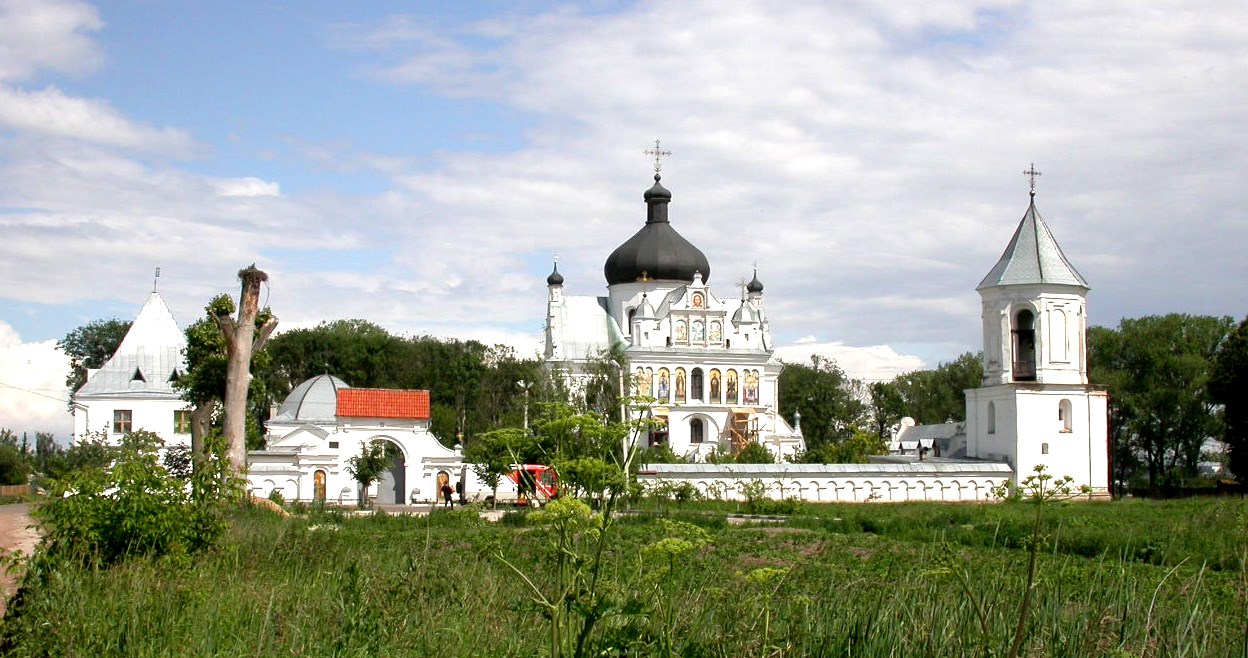
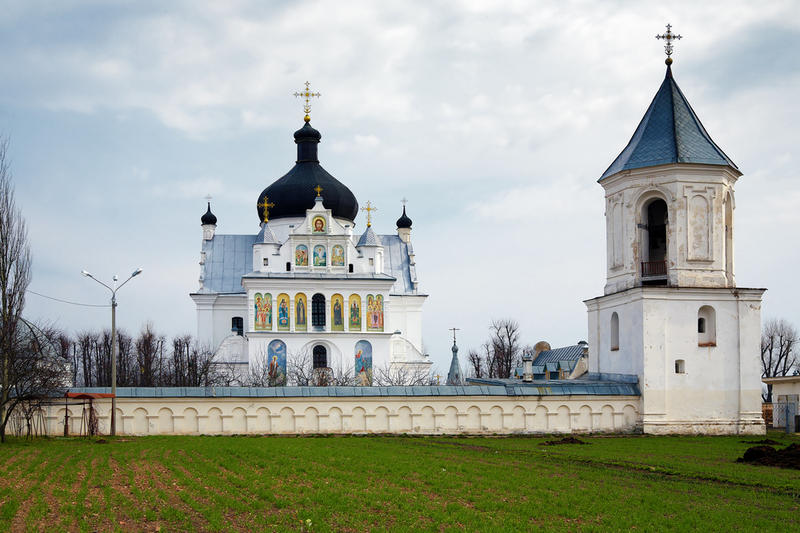
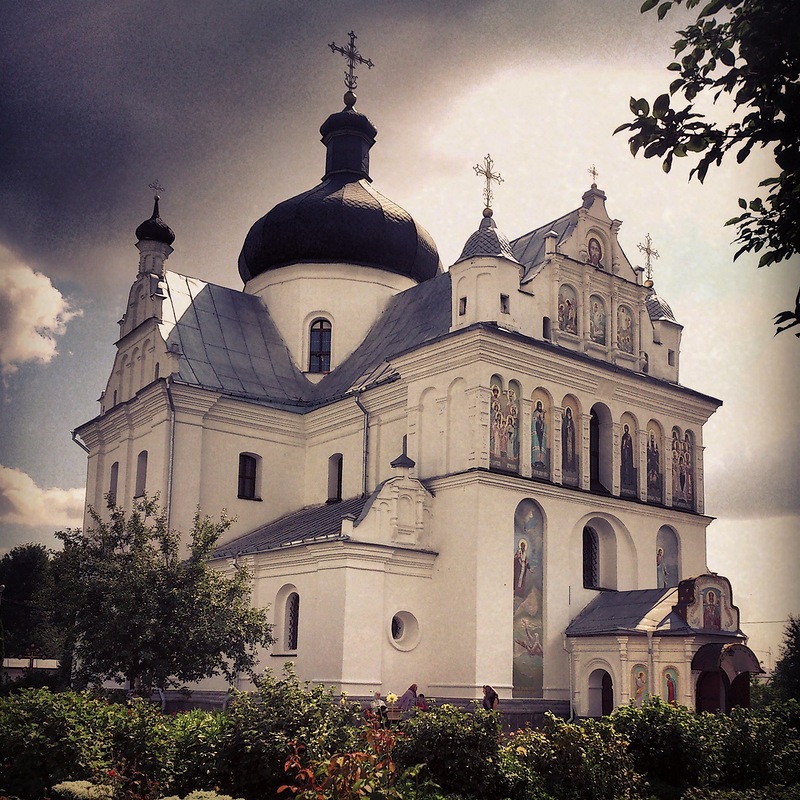
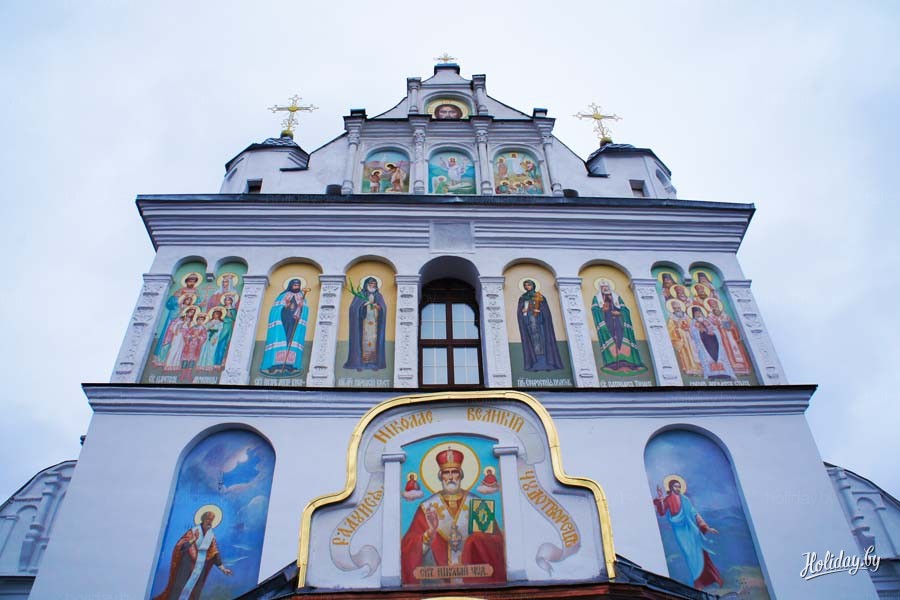
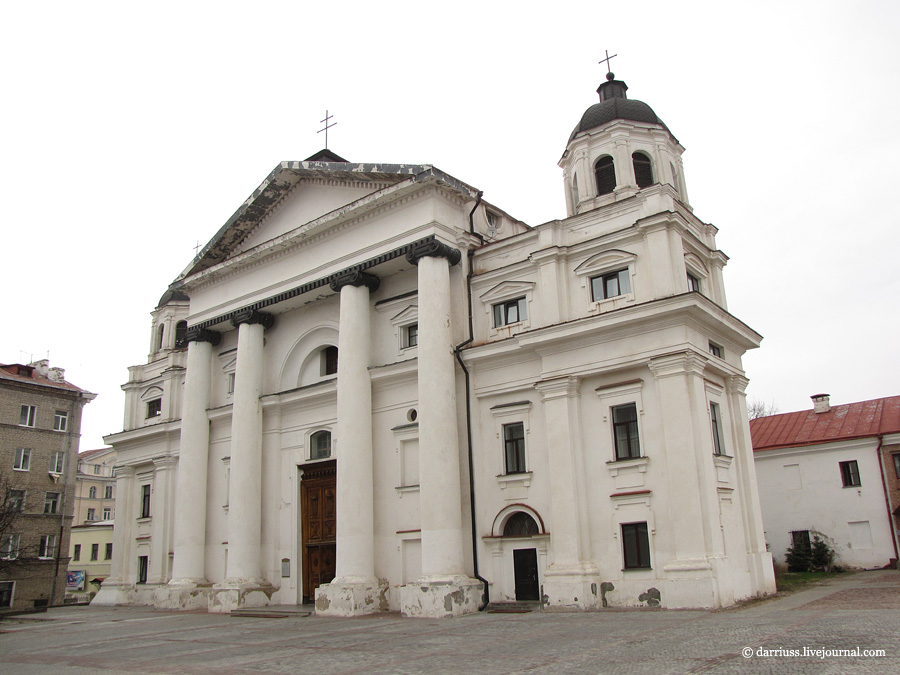

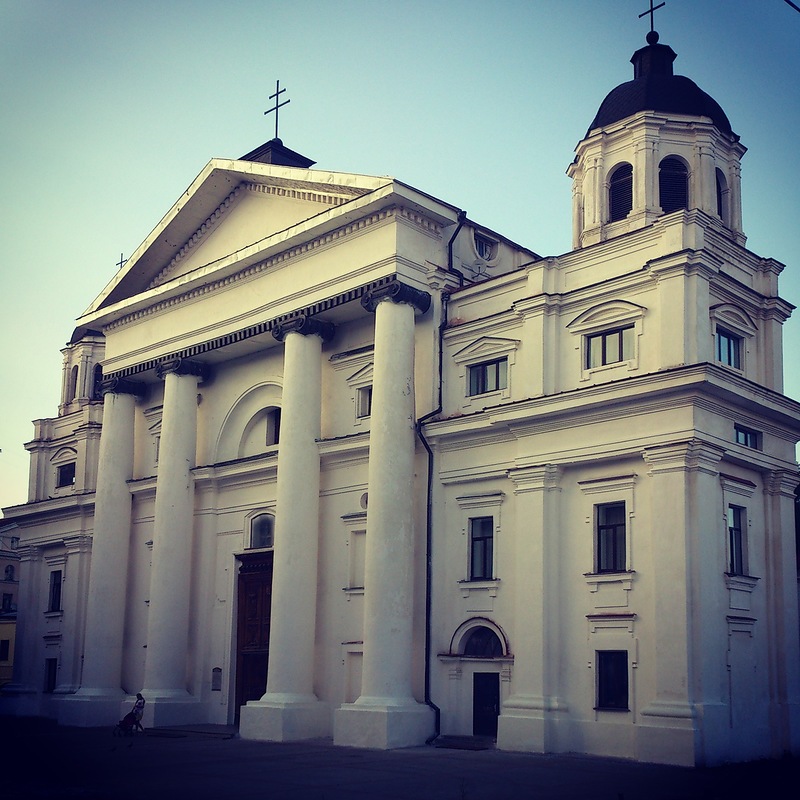
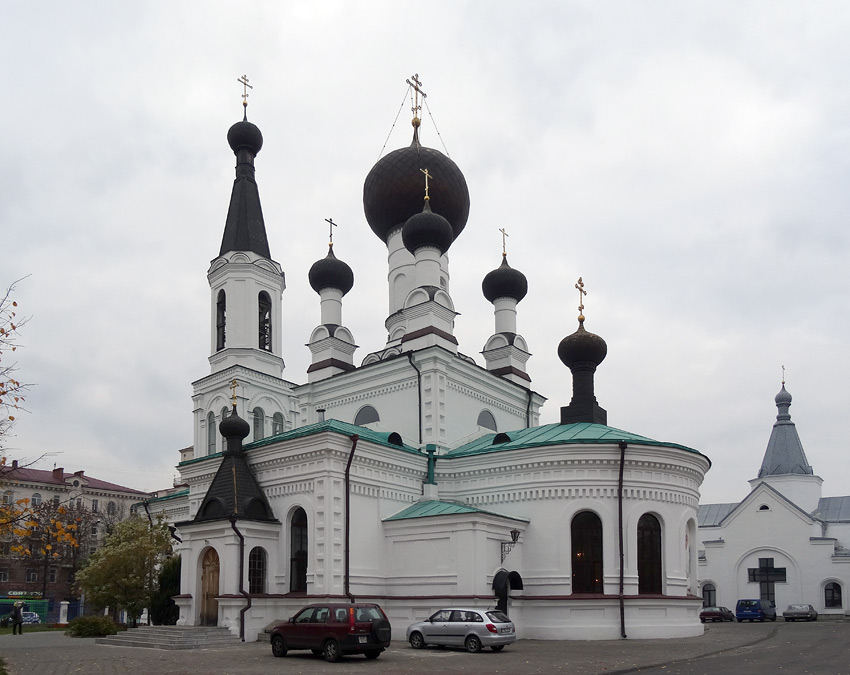
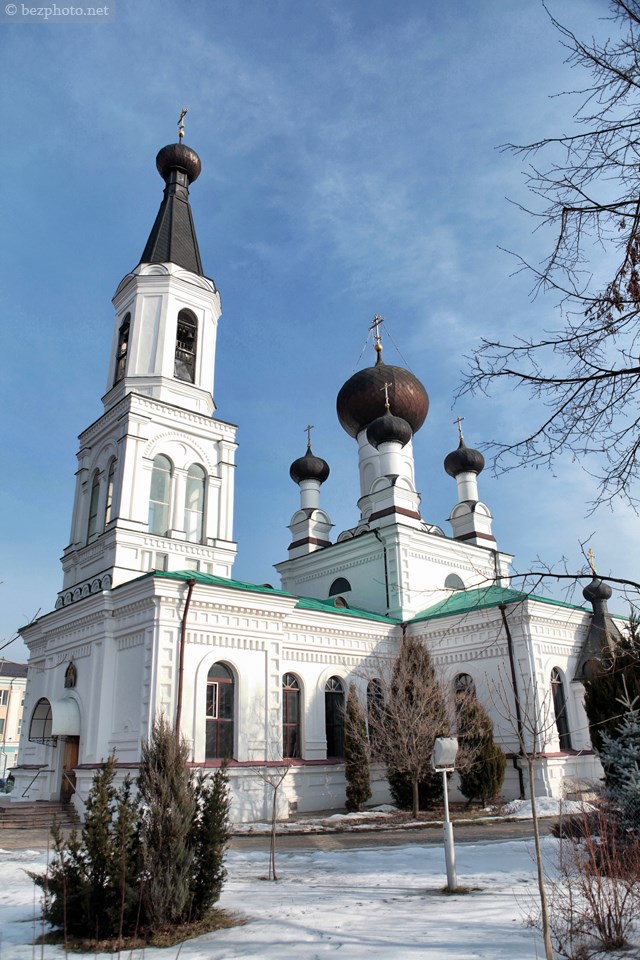
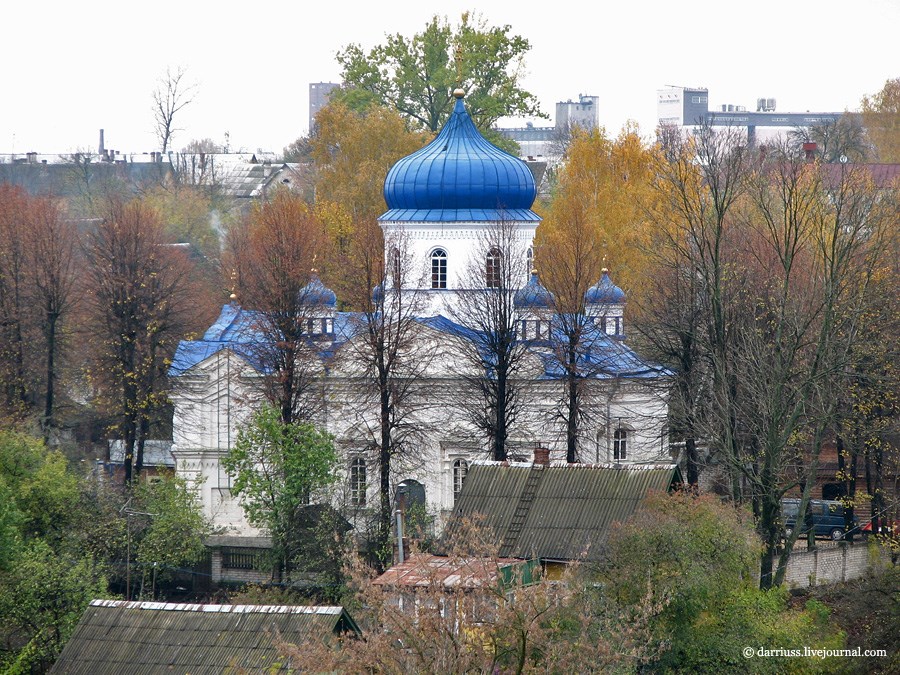
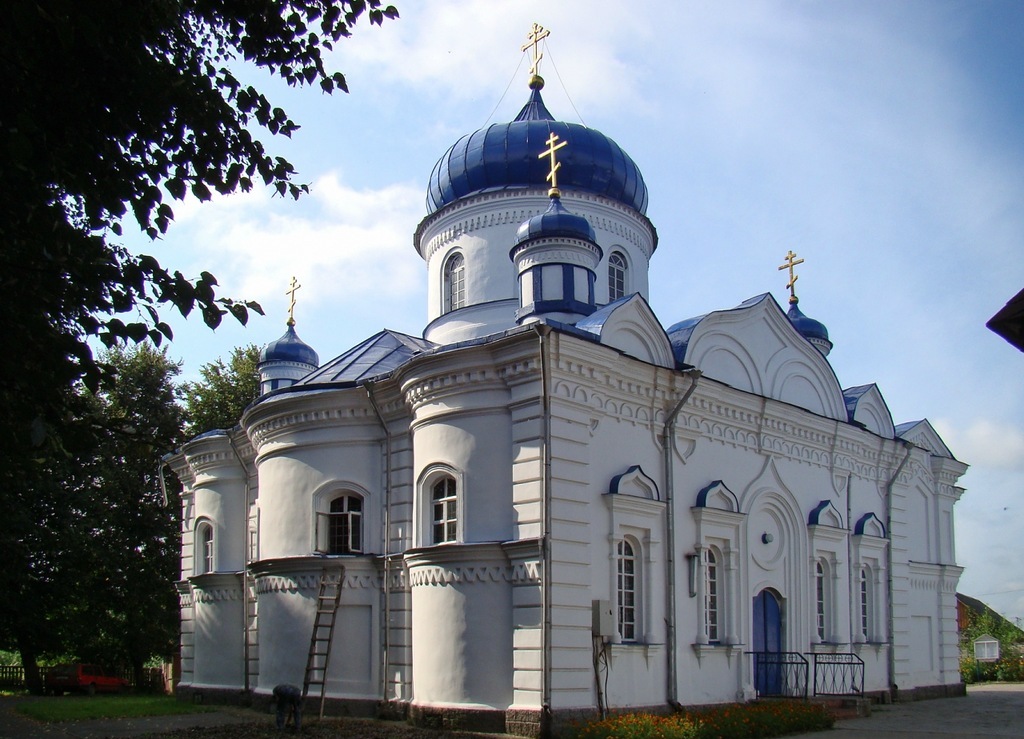
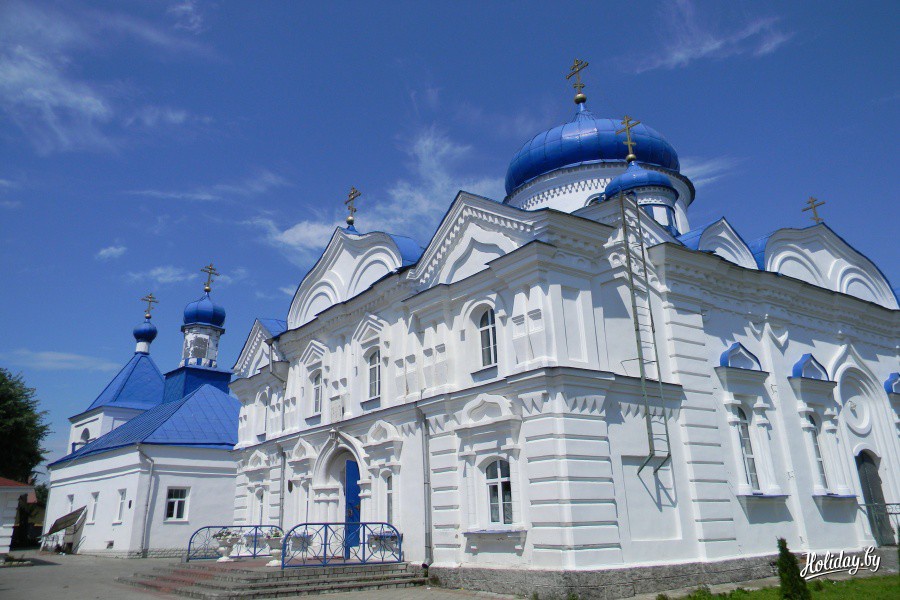
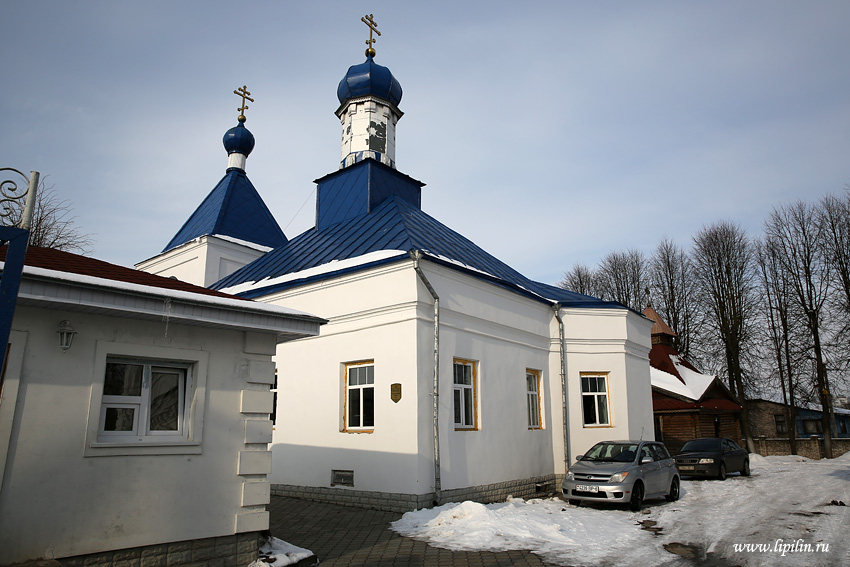
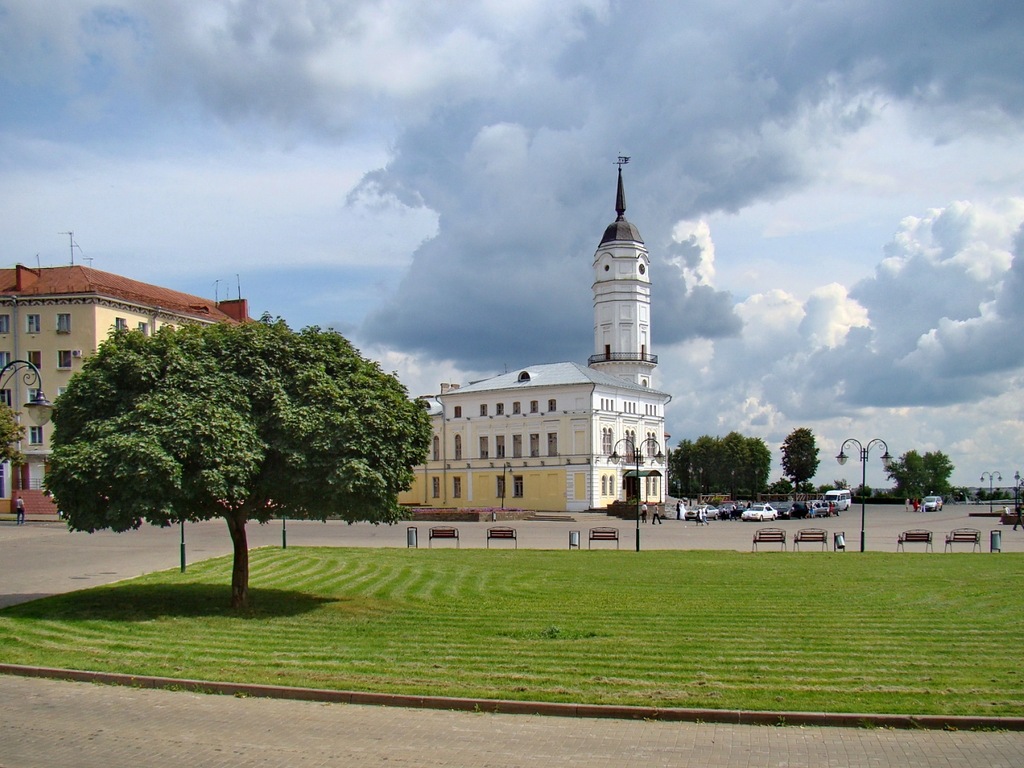
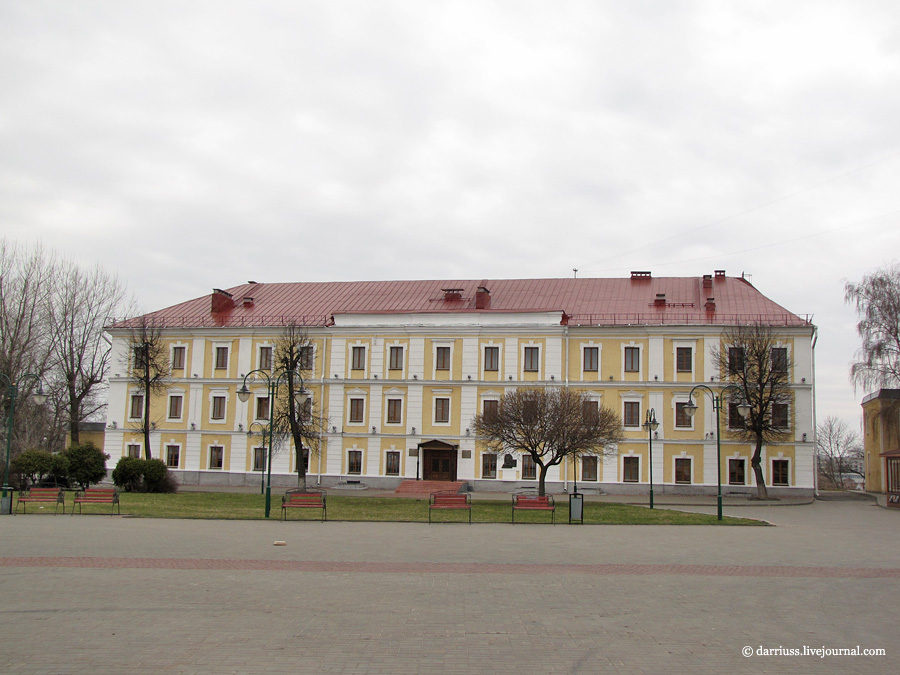
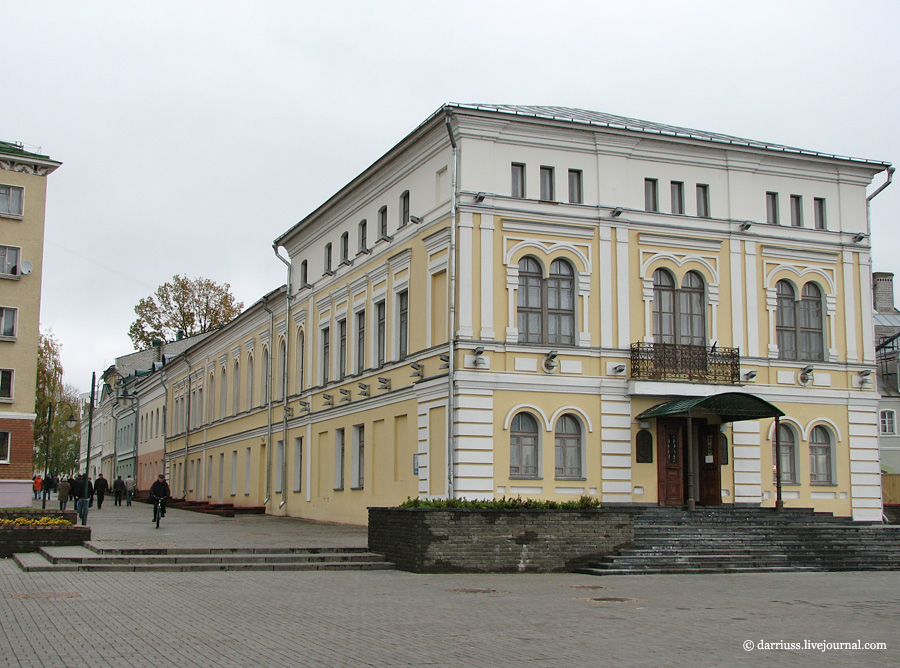
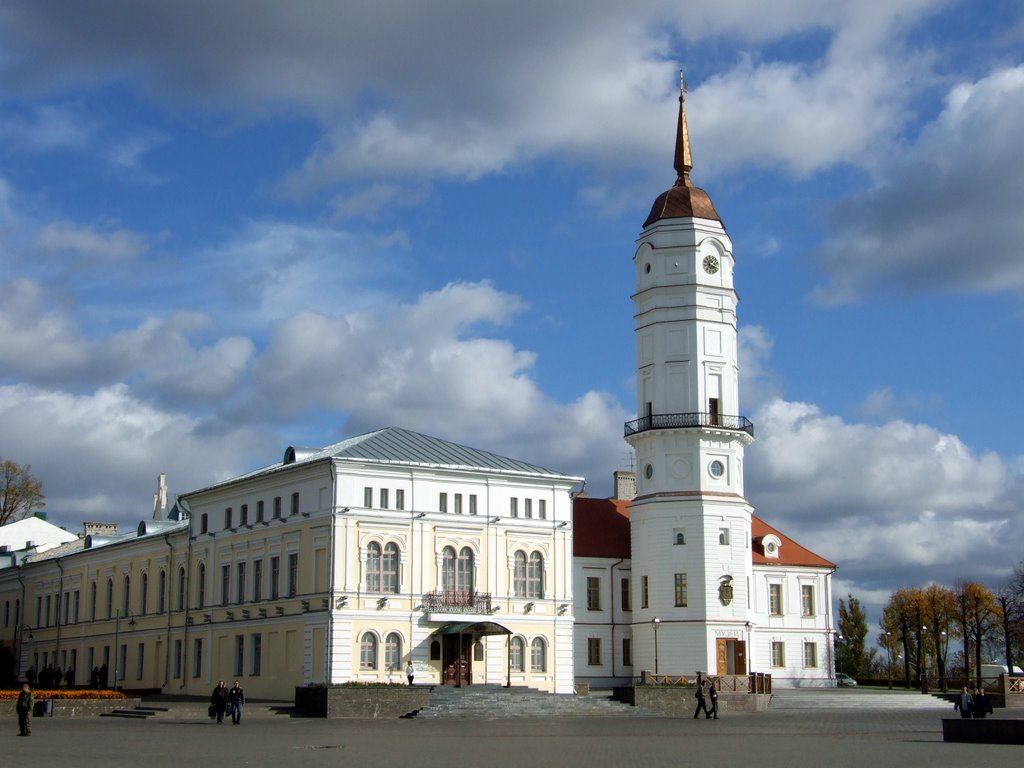
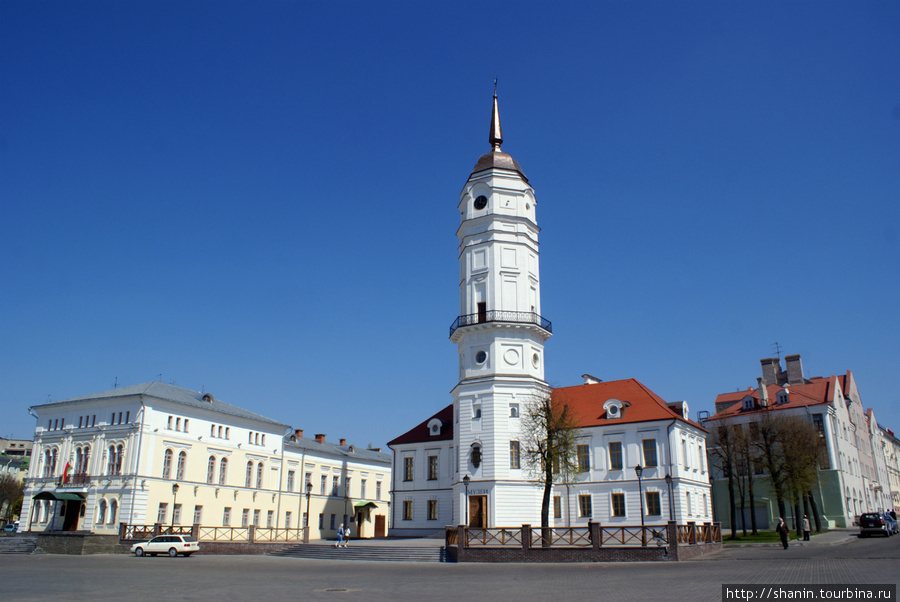
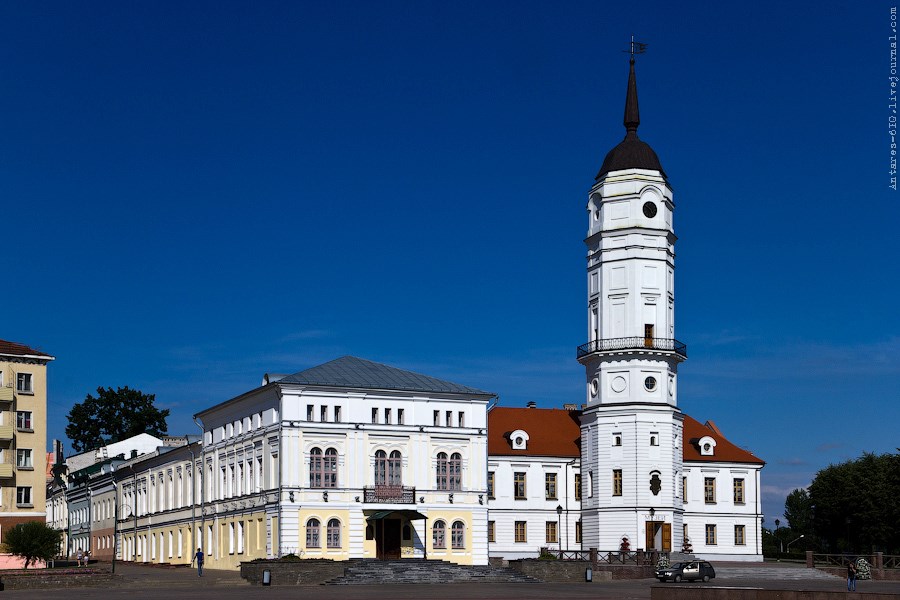
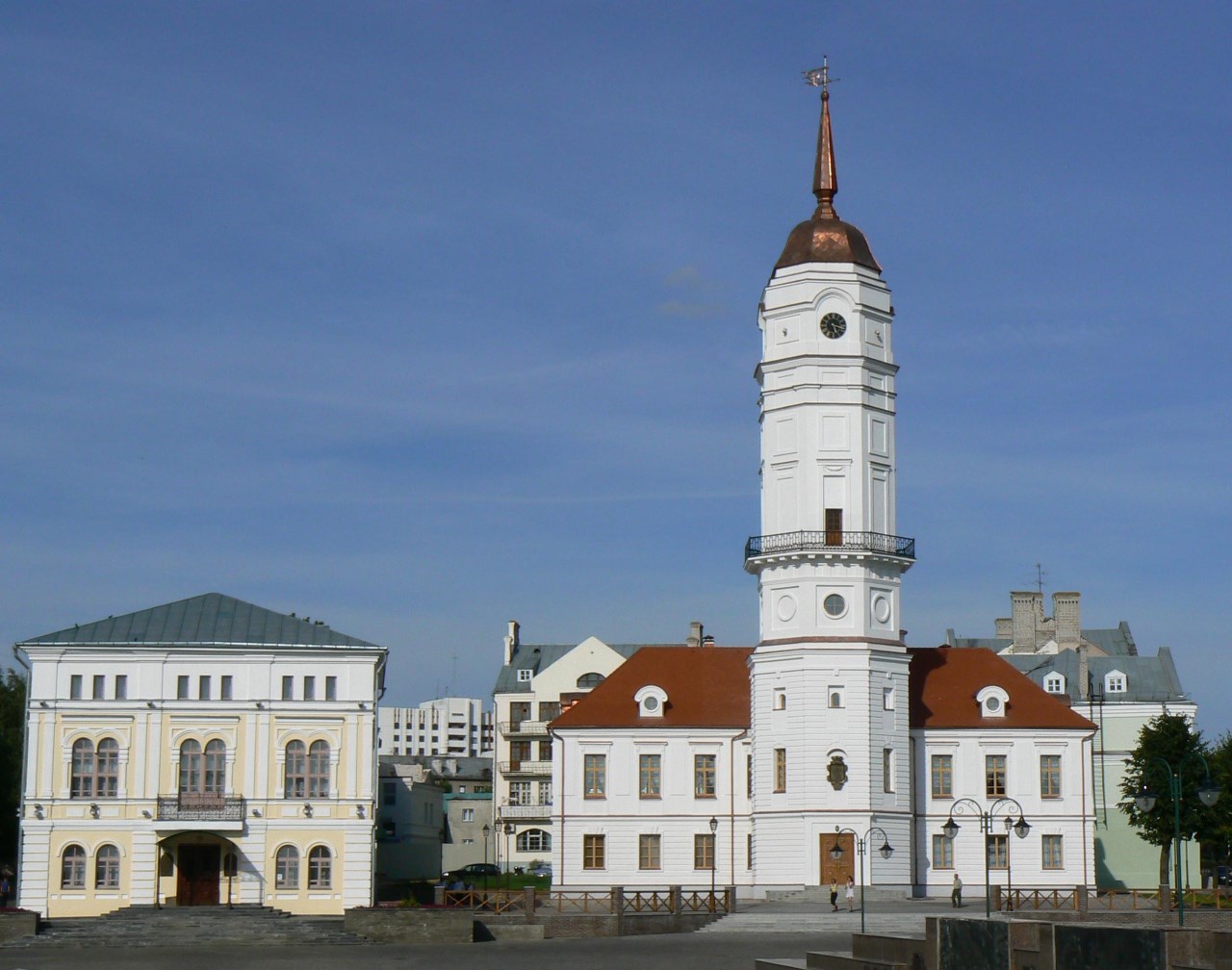
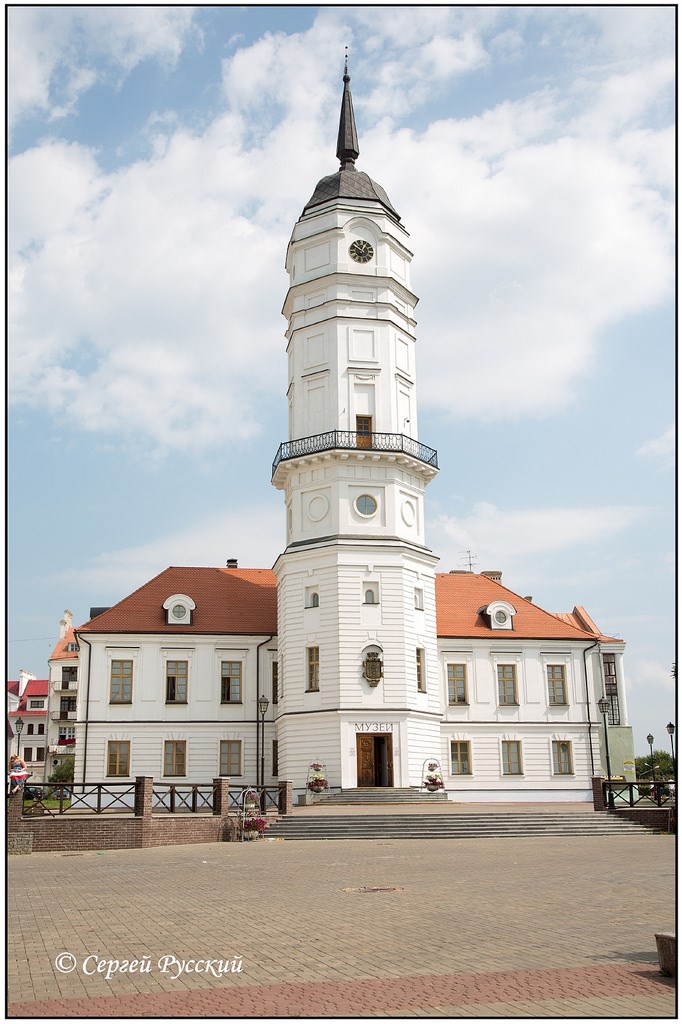
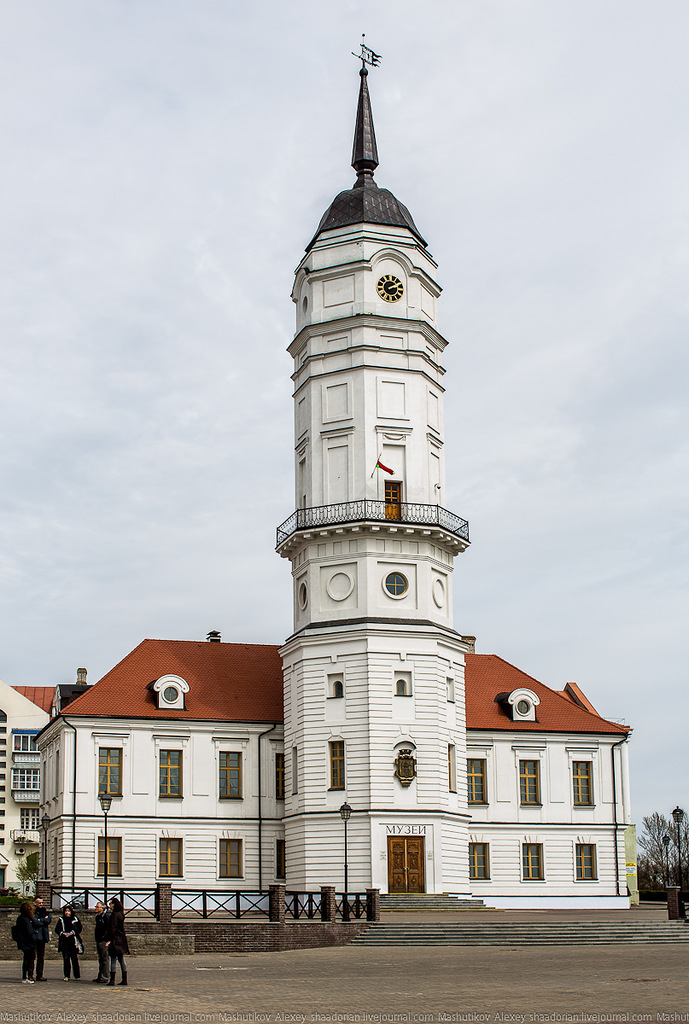
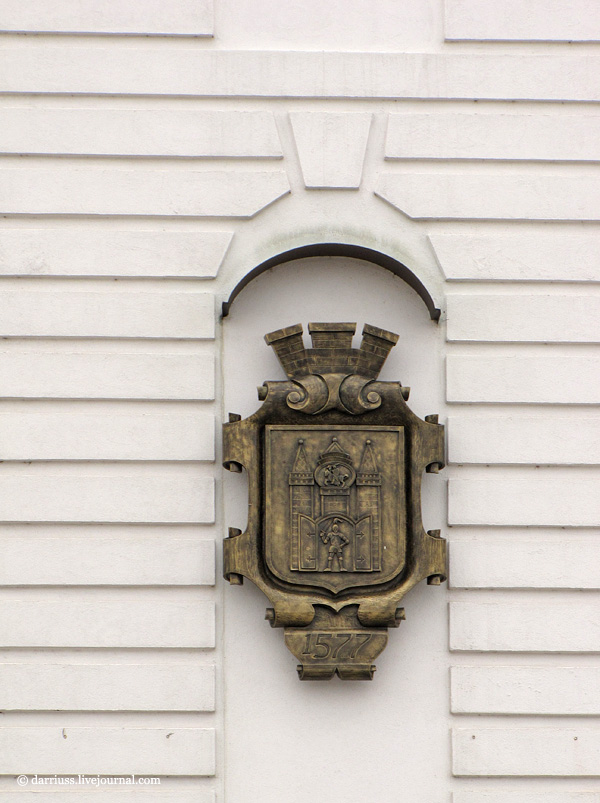
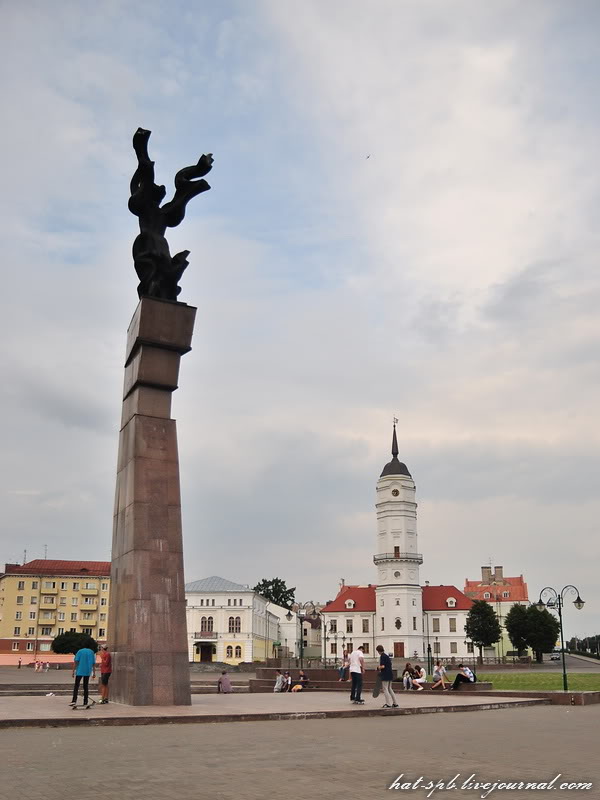
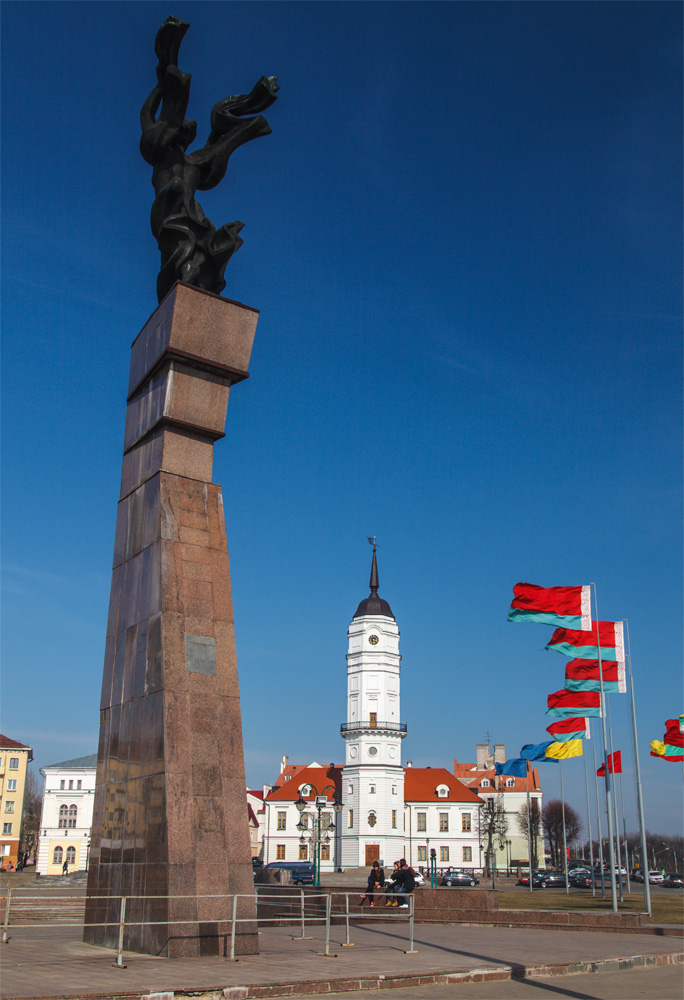
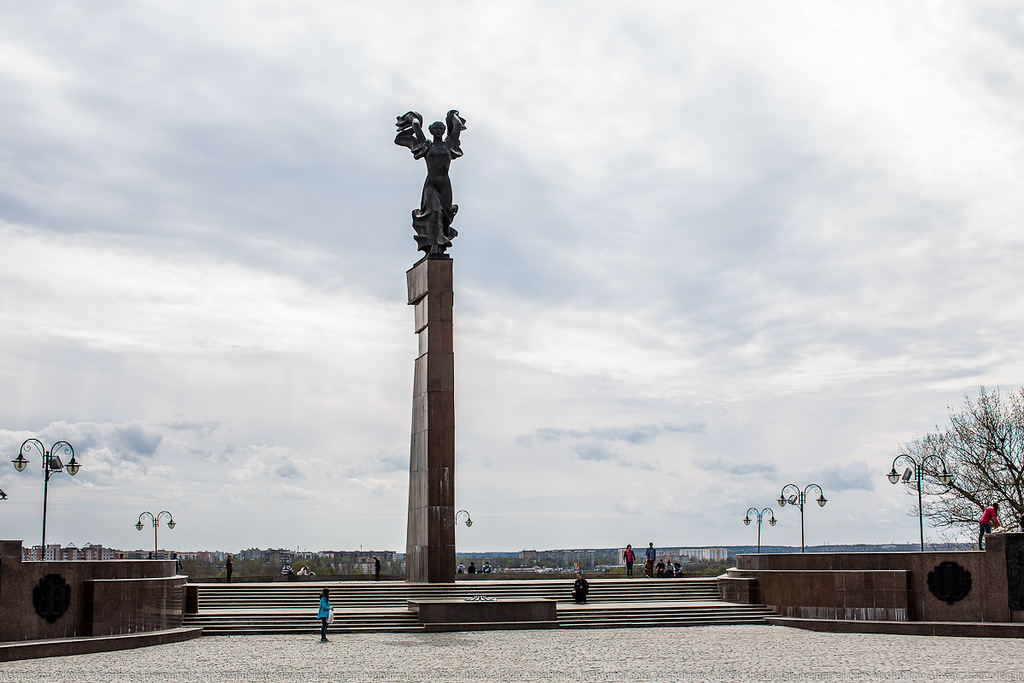
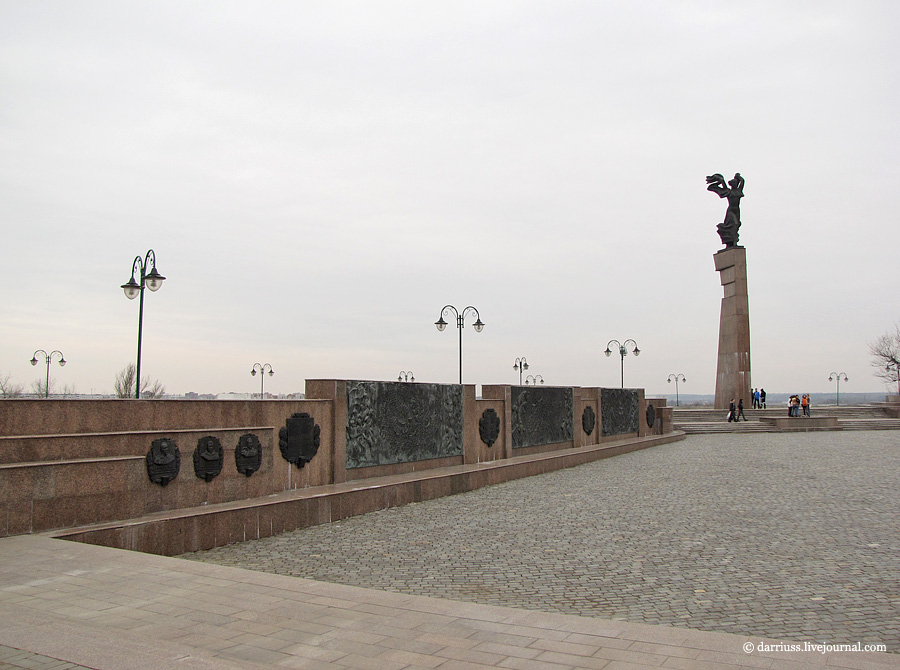
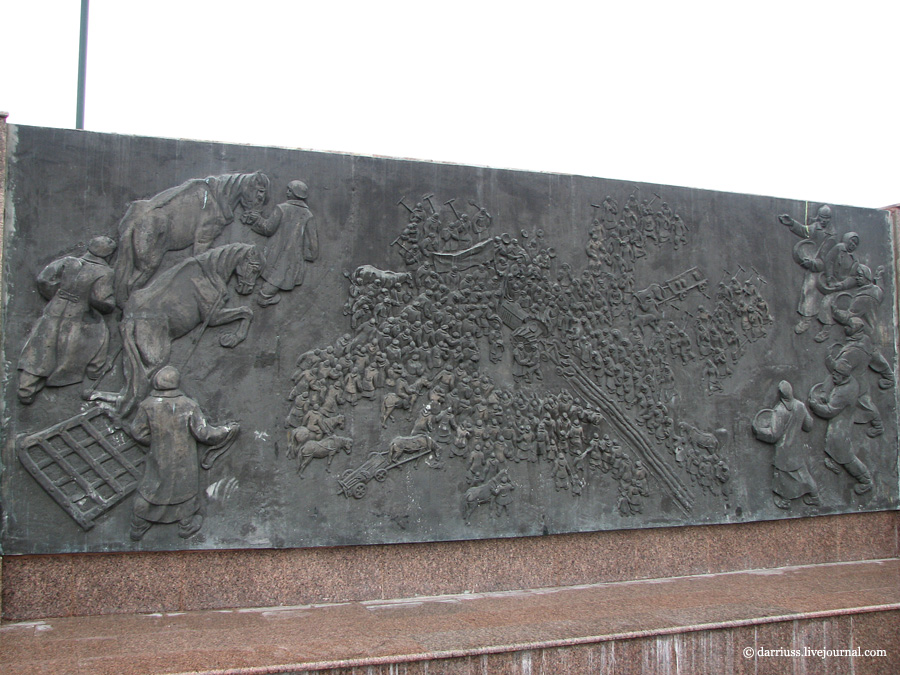
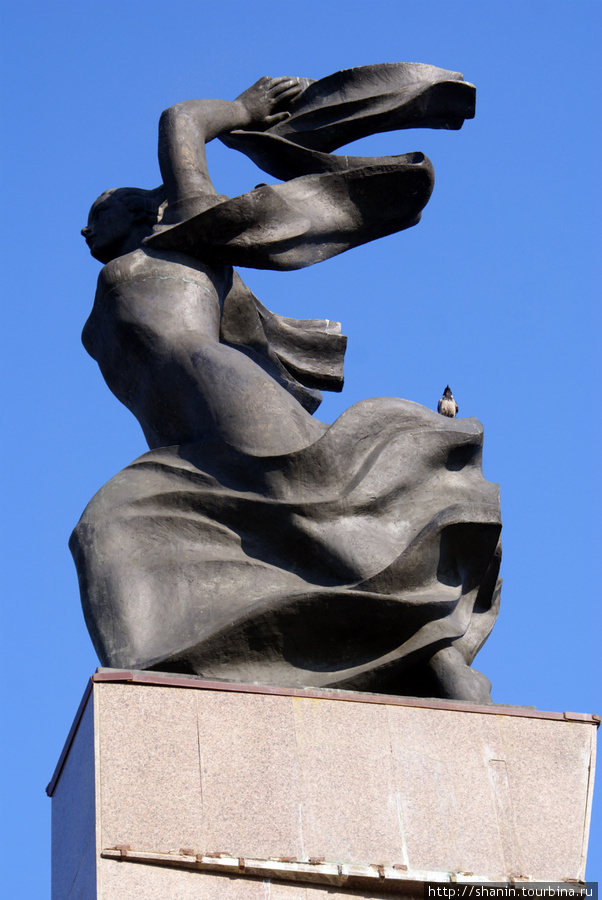
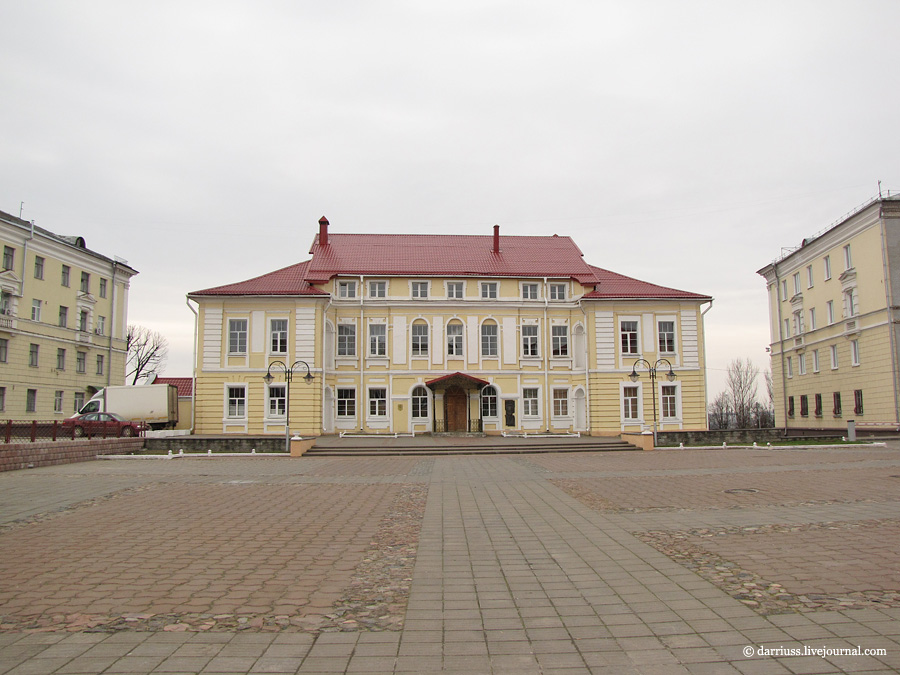
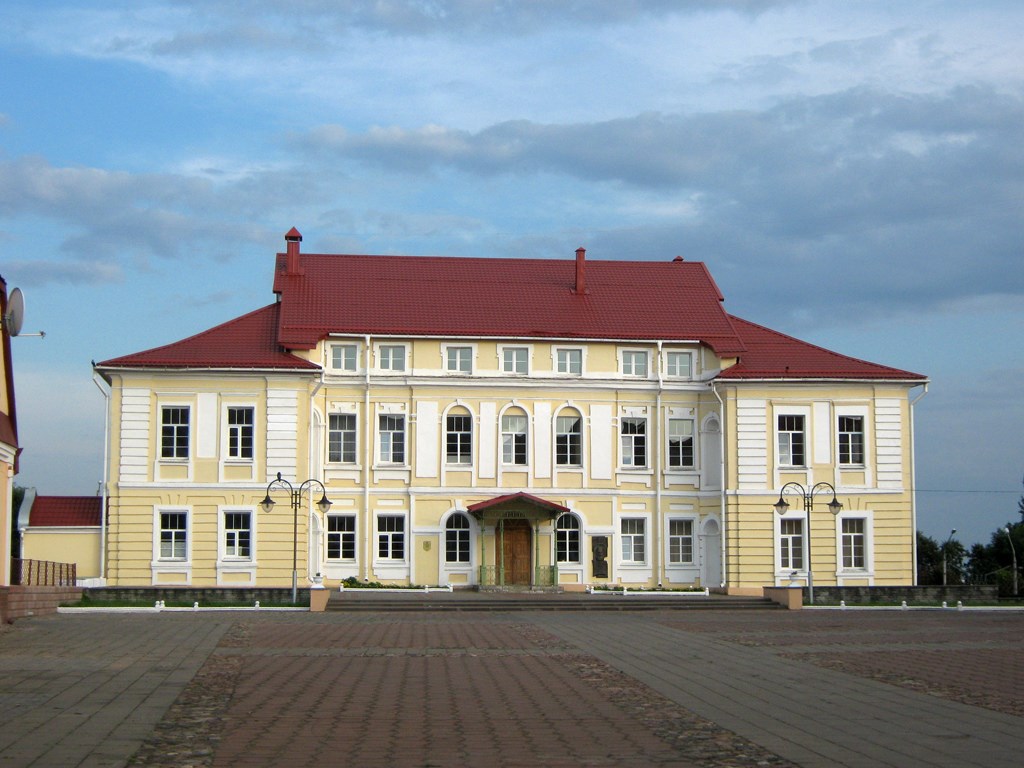
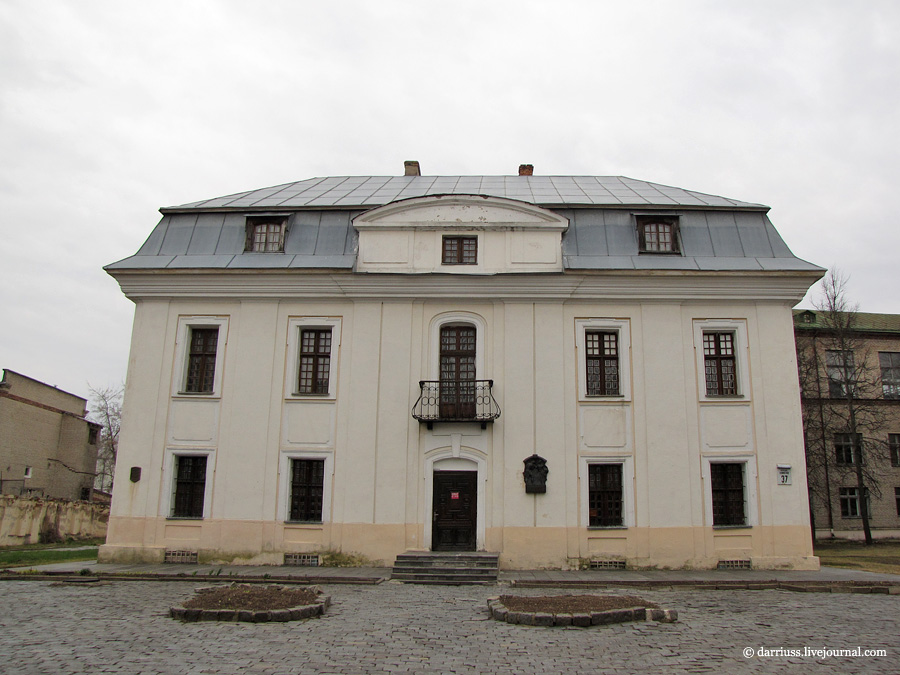
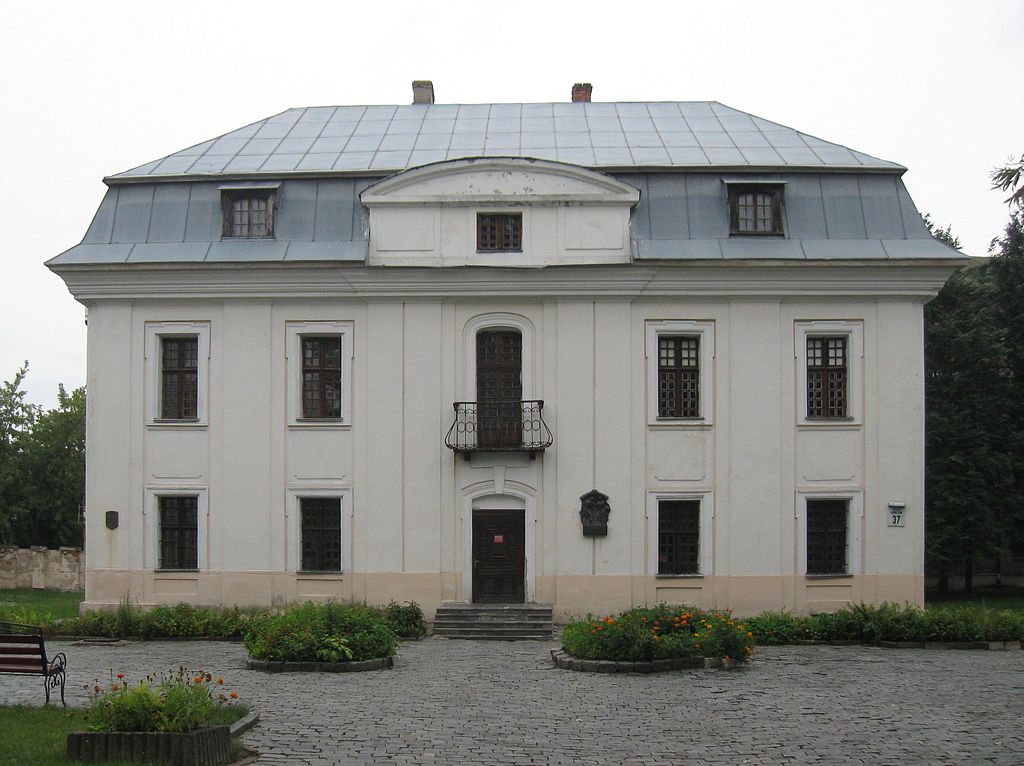
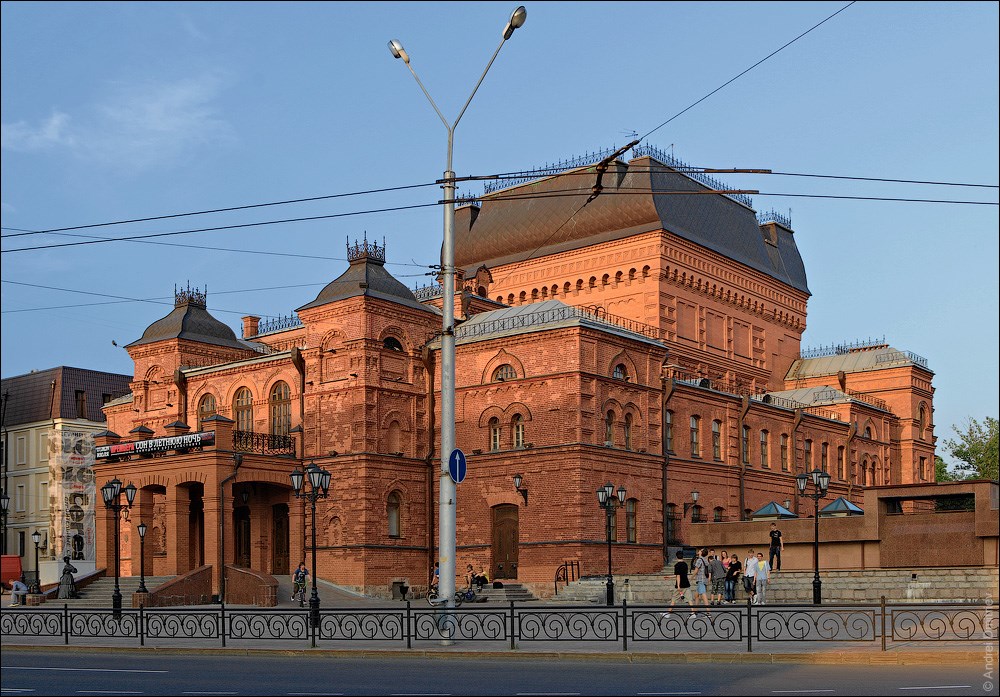
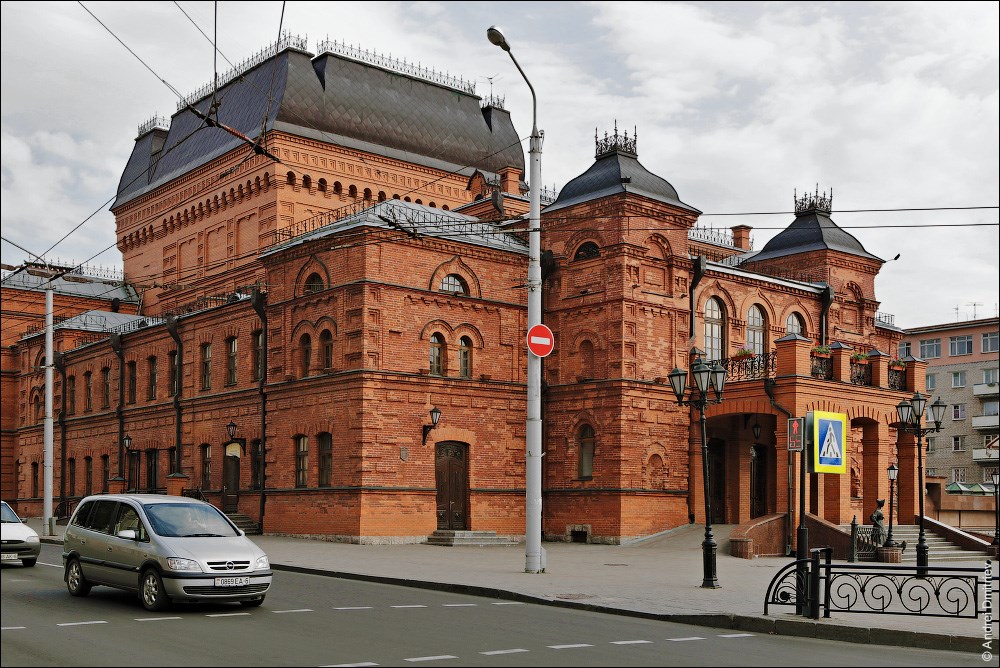
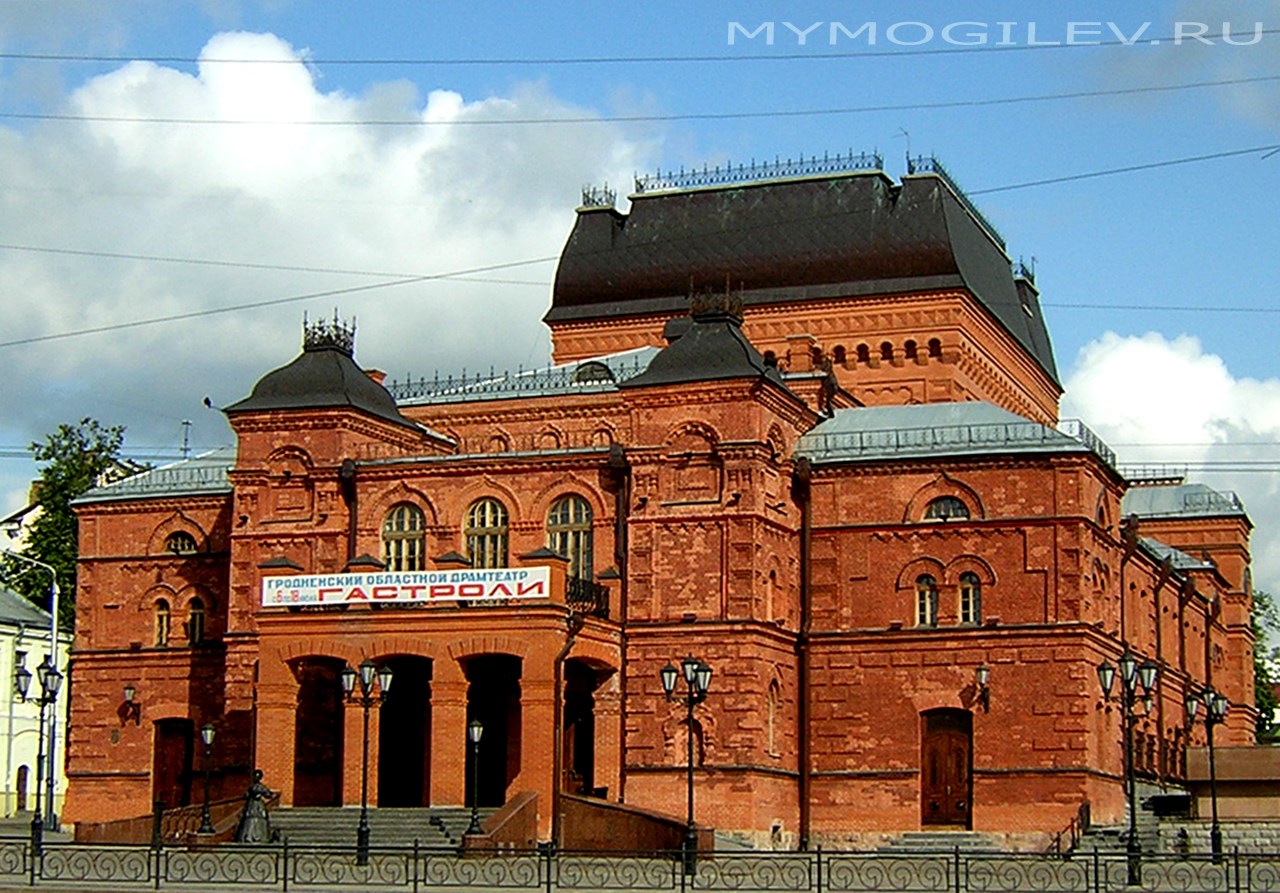
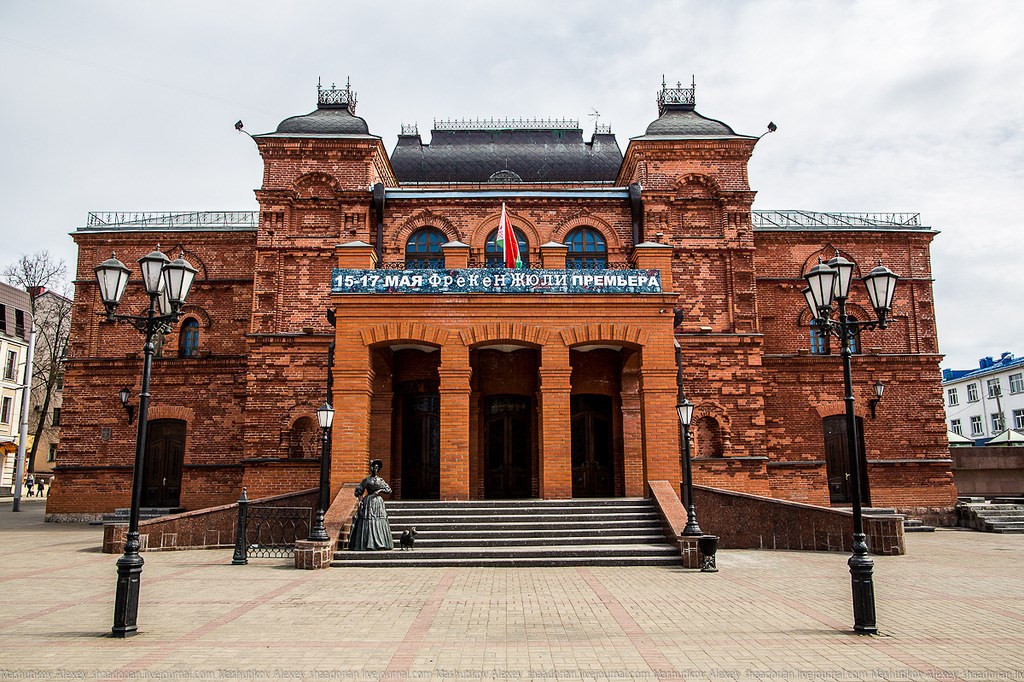
Today visitors to the city are welcomed by the sculpture of a railway station inspector erected near the old railway station (1902). The air of history can be felt in the pedestrian Lenin Street that has been known since the 16th century under various names, like Vetryanaya Street, Bolshaya Sadovaya Street and Inzhenernaya Street. Here one can see beautiful buildings dating back to the 18th-19th centuries: the former municipal administration building, the palace of the archbishop, the gymnasium which famous students included the First Hawaii Senate President Nikolai Sudzilovsky and a celebrated explorer of the Arctic Otto Schmidt… The street is divided by the Square of Stars featuring the world’s only monument to the stargazer and the sundial consisting of 12 chairs symbolizing the Zodiac signs.
On top of the restored Mogilev City Hall you will see a breathtaking panorama of the city and hear the trumpet player who plays the fanfare three times a day and tells stories about the history of Mogilev.
200km from Minsk
Mogilev Drama Theater
The original building of the Mogilev Drama Theater was the first in Belarus to be constructed specifically for a theater company. Before that performances were staged in the palaces of wealthy landlords and in pavilions of traveling theaters. Back in the 1810s the local residents dreamt of a permanent theater, but their dream came true several decades later. The theater was designed by architect Piotr Kamburov. It was built from red brick in the pseudo-Russian style on the place of a 17th-century castle. The theater was solemnly inaugurated on 25 September 1888. It boasted one of Europe’s best stages in terms of sound. Among the celebrated artists who performed at the theater were opera singer Fyodor Shalyapin, virtuoso Sergei Rakhmaninov, and actress Vera Komissarzhevskaya. It was there that Emperor Nicholas II watched wartime newsreel and reviewed the troops during the First World War from the balcony.
At the entrance to the theater there is a bronze statue Lady with a Dog, a copy of the famous sculpture by Belarusian sculptor Vladimir Zhbanov that can be seen on the Komarovka Market in Minsk.
7 Pervomaiskaya Street, Mogilev
Cathedral of Three Saints in Mogilev
Mogilev’s major Eastern Orthodox cathedral, an architectural specimen of the early 20th century, was named after Basil the Great, Gregory the Theologian, and John Chrysostom. The seven-dome cathedral was built in the form of a cross in the pseudo-Russian style. It has a very remarkable feature: one can enter it from three sides. During the First World War the cathedral was frequented by Emperor Nicholas II. The major halidom of the church is the replica of the wonder-working Icon of the Mother of God of Mogilev and Bratsk. The church also holds the icon of Saint Nicholas with pieces of hallows, the replicas of the Belynichi and Barkolabovo icons of the Mother of God, and the image of Saint Euphrosyne of Polotsk dating back to 1910.
7 Pervomaiskaya Street, Mogilev
St. Stanislaus Cathedral
A beautiful Baroque-style Roman Catholic Church of the Assumption of the Blessed Virgin Mary was built in Mogilev on the site of the Carmelite monastery. A legend says that it was built from kiln bricks that were brought by the townspeople to atone for the sin of the murder of a local nobleman. After visiting the temple in 1780 Empress Catherine II ordered to evict the monks and to convert the church into a cathedral. At the end of the 18th century it was reconstructed in the Classicism style and received a second name in honor of St. Stanislaus. The domes of the cathedral are decorated with the unique authentic 18th-century frescoes to the Bible stories representing one of the most complete and professional Evangelical cycles in Belarus.
Unfortunately, the unique organ of the cathedral was destroyed. According to a legend, it was listed as No. 2 at the Vatican. Today the cathedral hosts concerts of the International Festival of Church Music Mighty God.
4 Komsomolskaya Street, Mogilev
St. Nicholas Monastery
St. Nicholas Monastery is one of the few surviving buildings in the Belarusian Baroque style. The monastery, which is part of the UNESCO World Heritage tentative list, includes St. Nicholas Cathedral (among the most valuable Baroque buildings in Europe), the Temple of St. Onuphrius the Great, a belfry, and living quarters. The pride of St. Nicholas Church is a beautiful four-tier iconostasis made by skilled Mogilev carvers in the 17th century, among whom was Klim Mikhailov, a native of Shklov. He is famous for his work on the Tsar Palace in Kolomenskoye and on the chambers of the Kremlin. Similar iconostasis can be seen only in the Smolensk Cathedral of the Novodevichy Convent in Moscow.
St. Nicholas Church was often visited by the last Russian Emperor Nicholas II. One of the monastery novitiates was False Dmitry II.
19 T. Surty Street, Mogilev
Residence of Archbishop Georgy Konissky
The Palace of Archbishop Georgy Konissky, a prominent Eastern Orthodox Church hierarchs, scholar and educator, Belarus’ saint, was erected by architect Johann Glaubitz in 1762-1785. The ancient residence still remains one of the landmarks of Mogilev. Many of its elements such as niches, window cases with intricate patterns and floral motifs, give the palace Baroque-style looks. In the past there were monastic cells on both sides of the building; and the drawings on their walls made a complete ensemble of the whole compound. The large hall on the ground floor hosted receptions. The upper tier housed personal living quarters, an office and a library of the Archbishop.
1 Konissky’s Archiereisky Val, Mogilev
Vitold Belynitsky-Birulya Art Museum of Mogilev
The museum of outstanding Belarusian landscape painter Vitold Belynitsky-Birulya whose works were admired by Ilya Repin features a big collection of the painter’s works. The artist’s home that was located not far from the city did not survive to the present day. The museum, a subsidiary of the National Art Museum of Belarus, was opened at a 17th century estate. Its holdings include documents, photos of the artist and his family, the artist’s personal things: the painting box, the palette, brushes, the sporting gun… The museum keeps the medal received for the famous Winter Dream at the exhibition in Barcelona (1911). There is also a cycle of paintings dedicated to Pushkin places: "Mikhailovskoye. House of Alexander Pushkin’s nurse Arina Rodionovna", "Svyatogorsk Monastery. Alexander Pushkin’s Tomb", "Trigorskoye. A birch by the Sorot River" …
Following the renovations which are currently underway, the museum will renew its collection of the artist’s works and supplement them with modern interactive tools.
37 Leninskaya Street, Mogilev
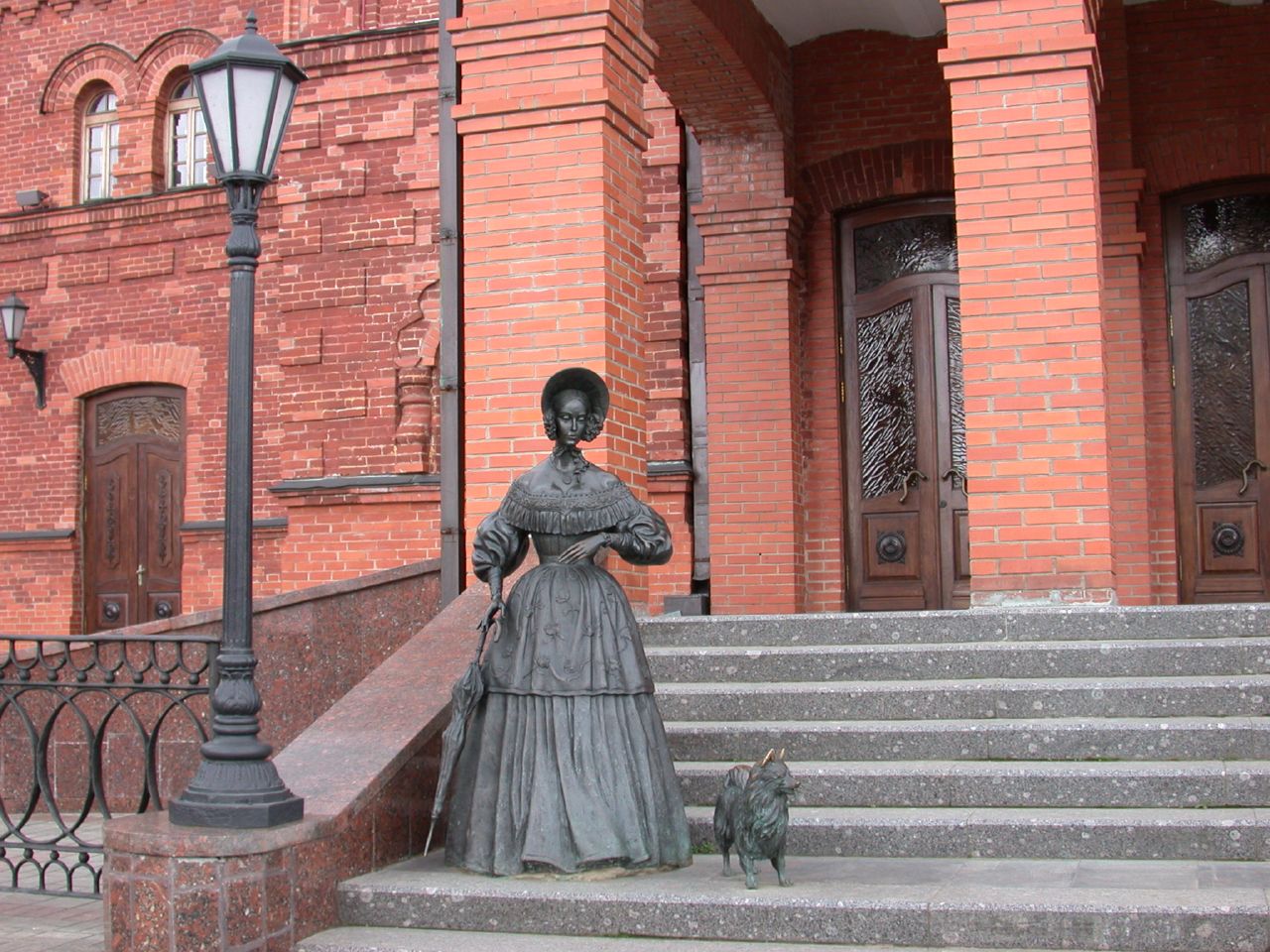

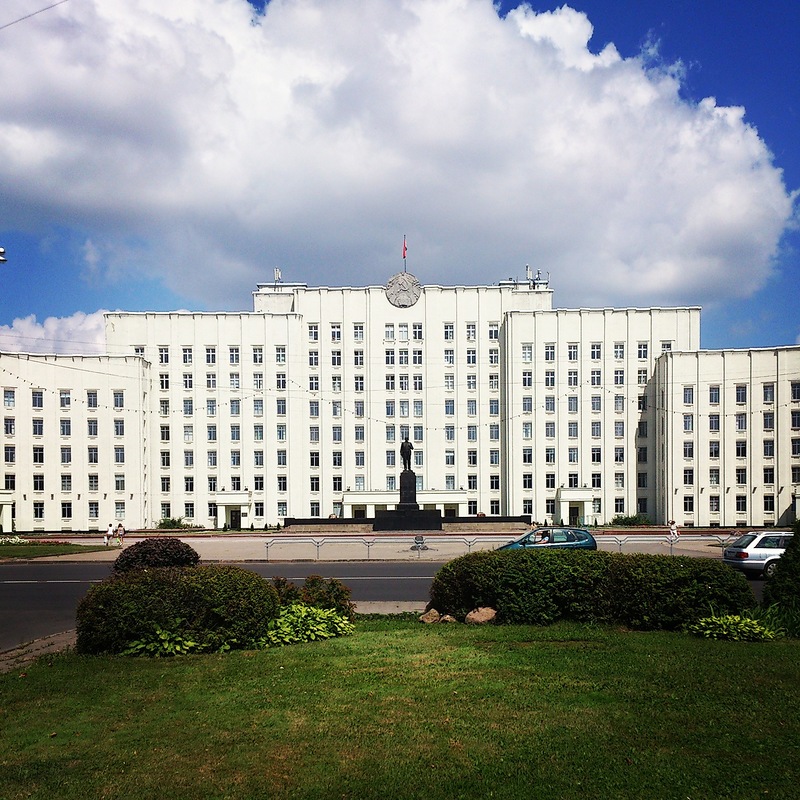

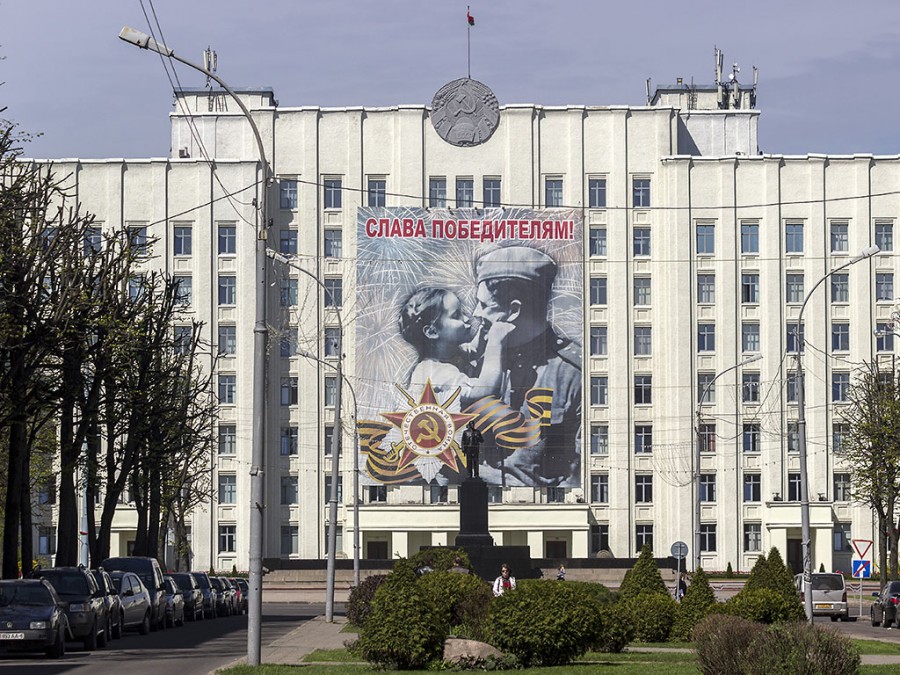
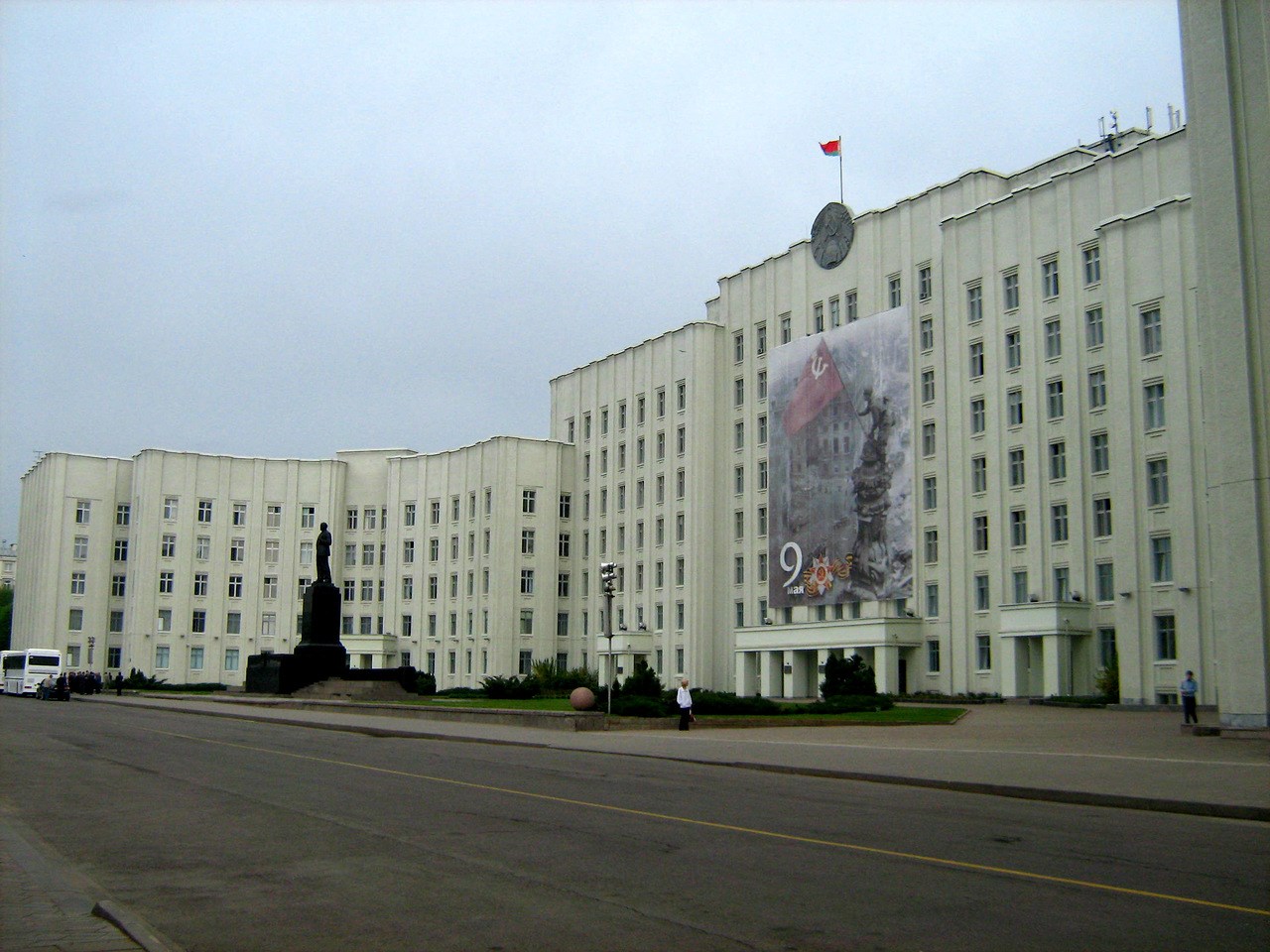
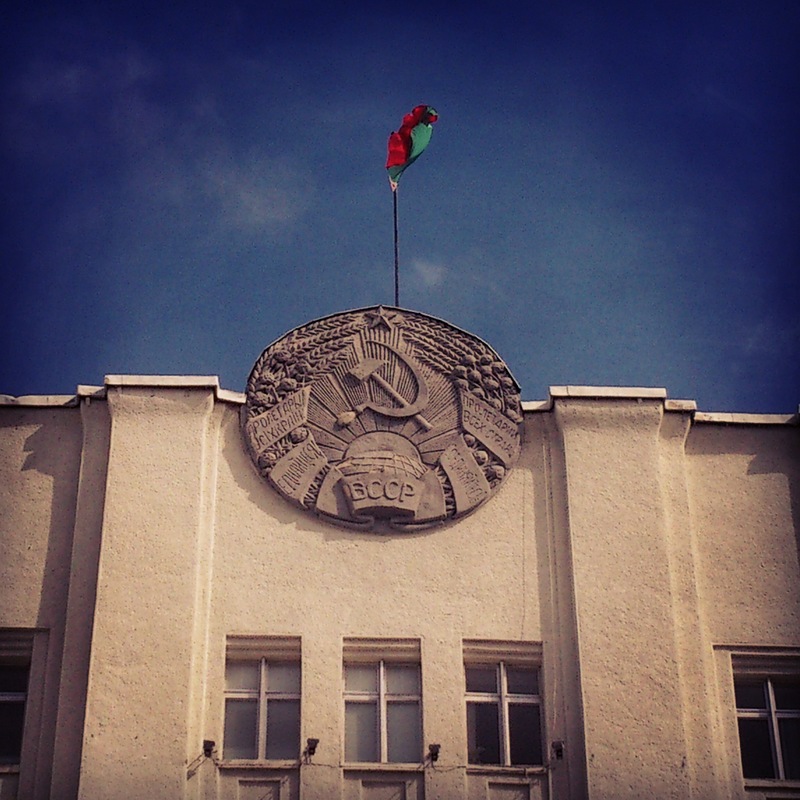
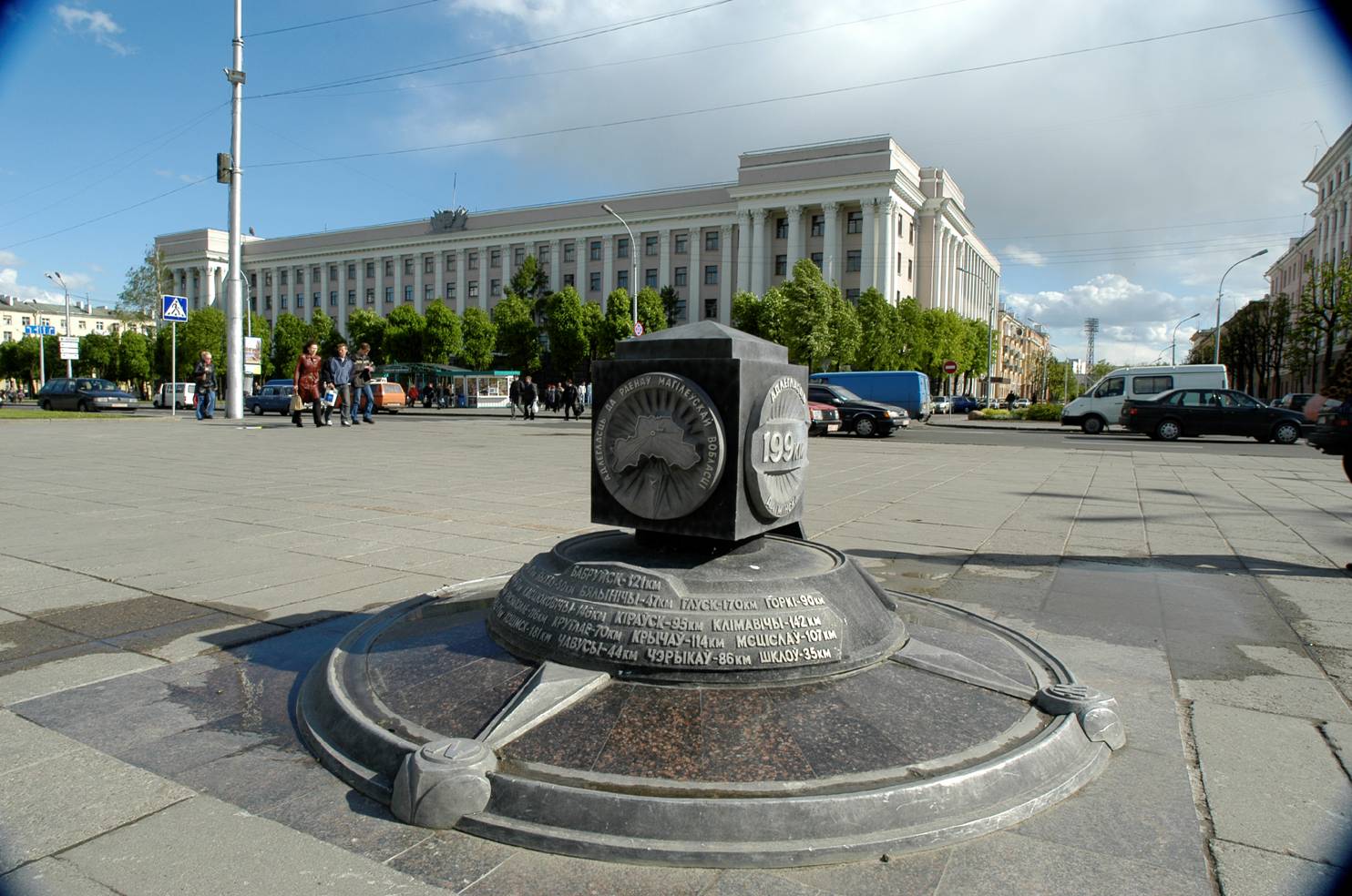
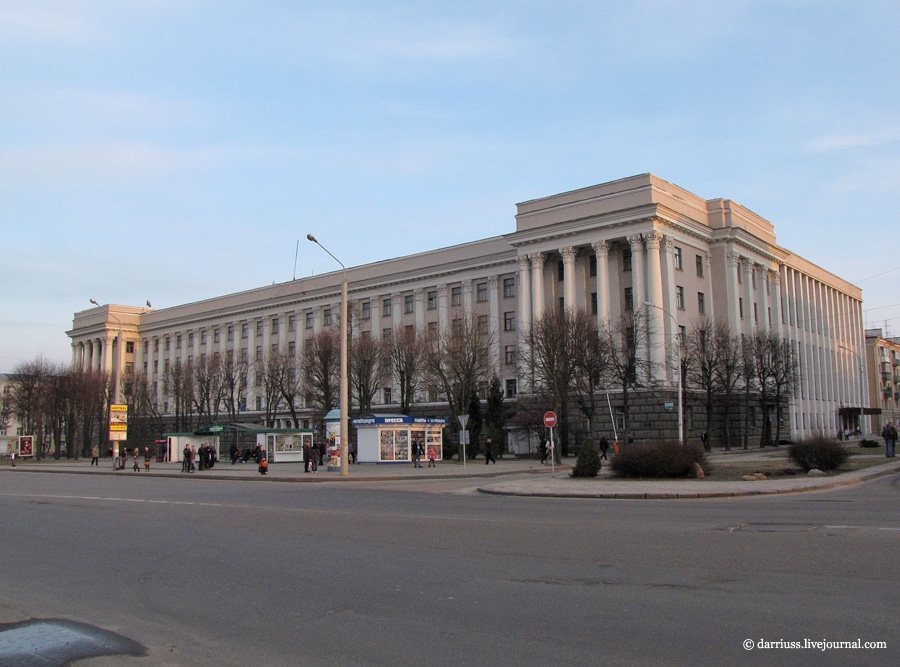

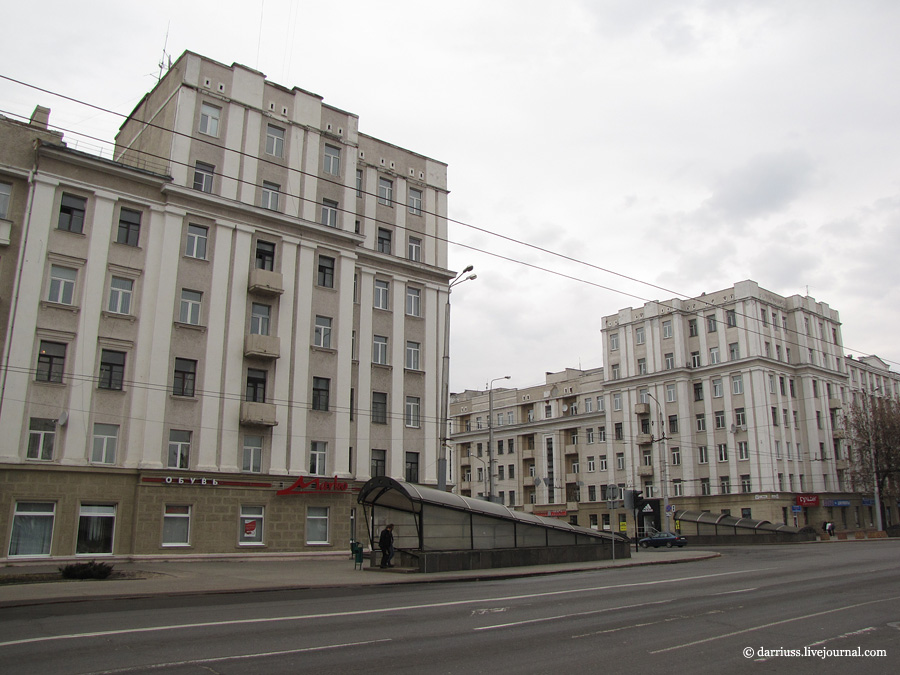
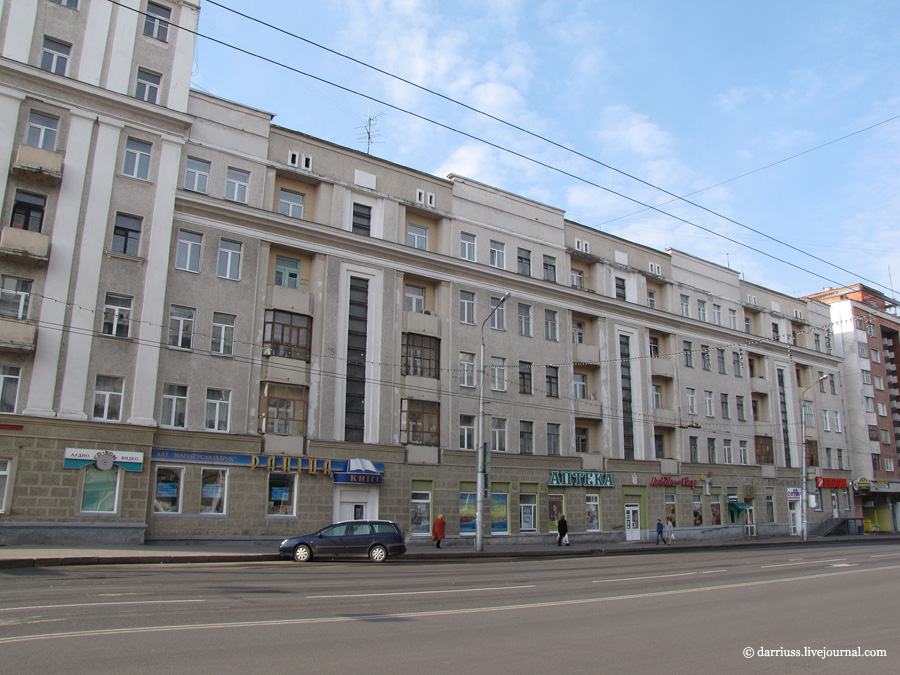
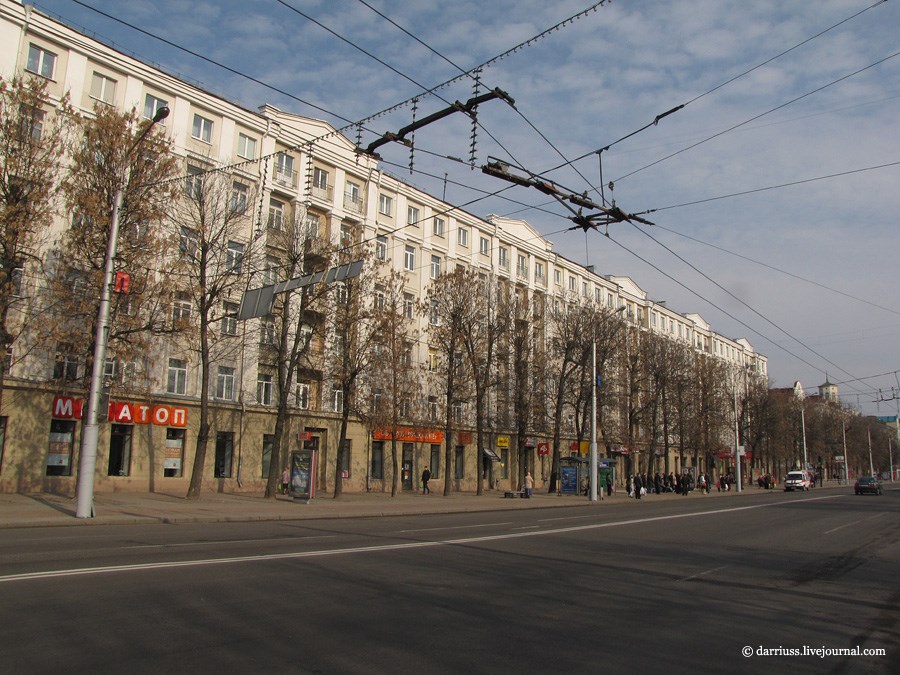
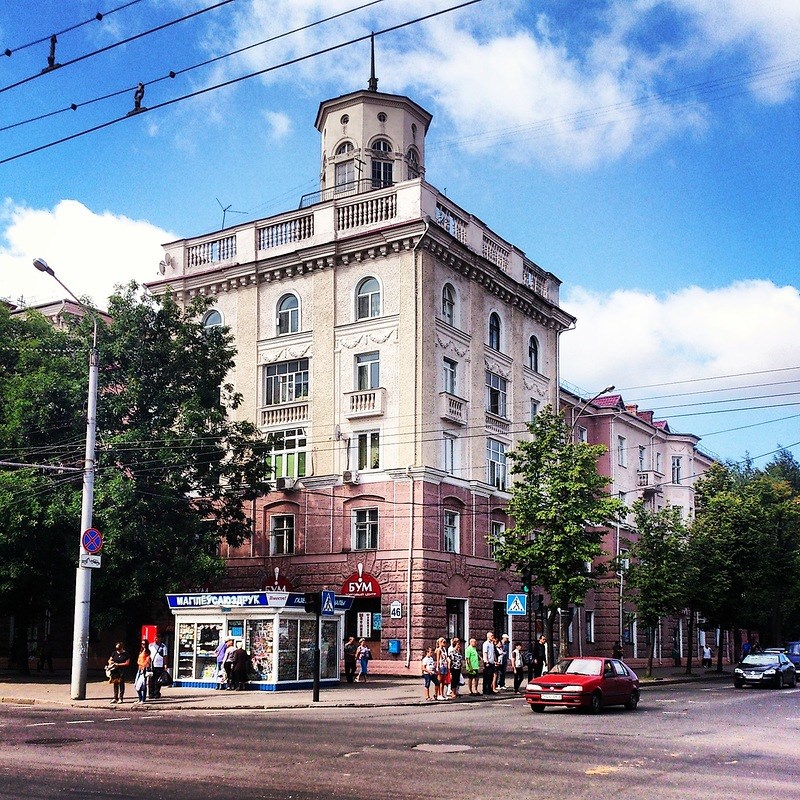
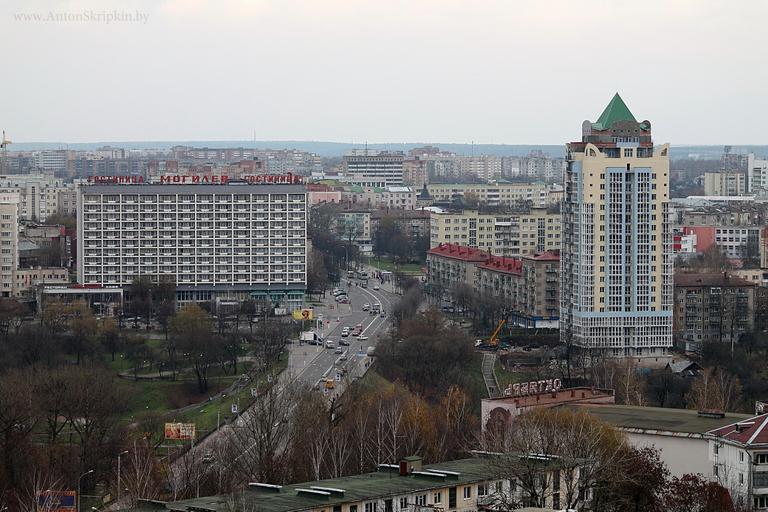
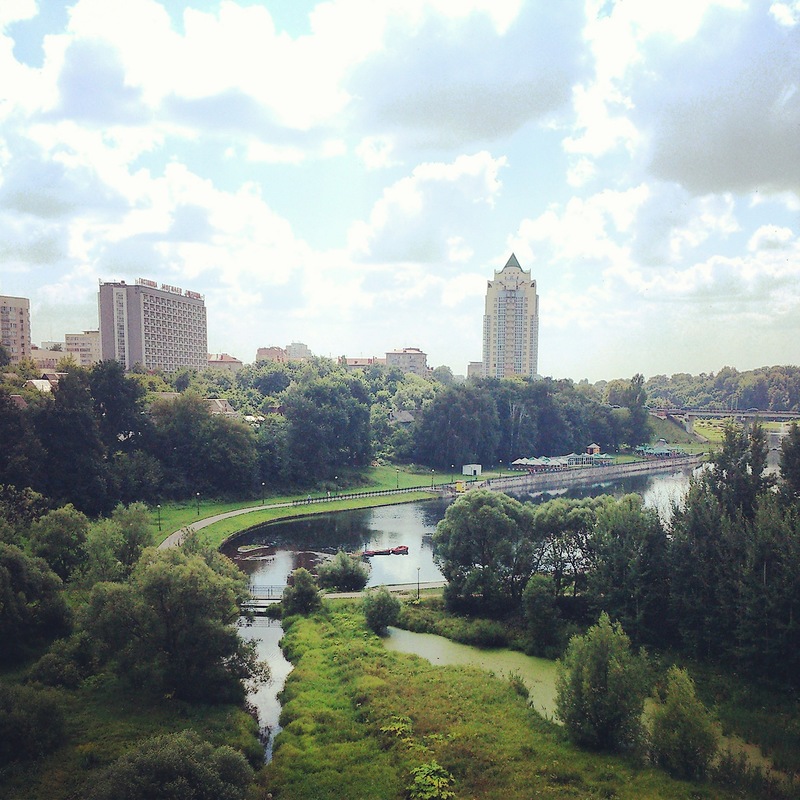
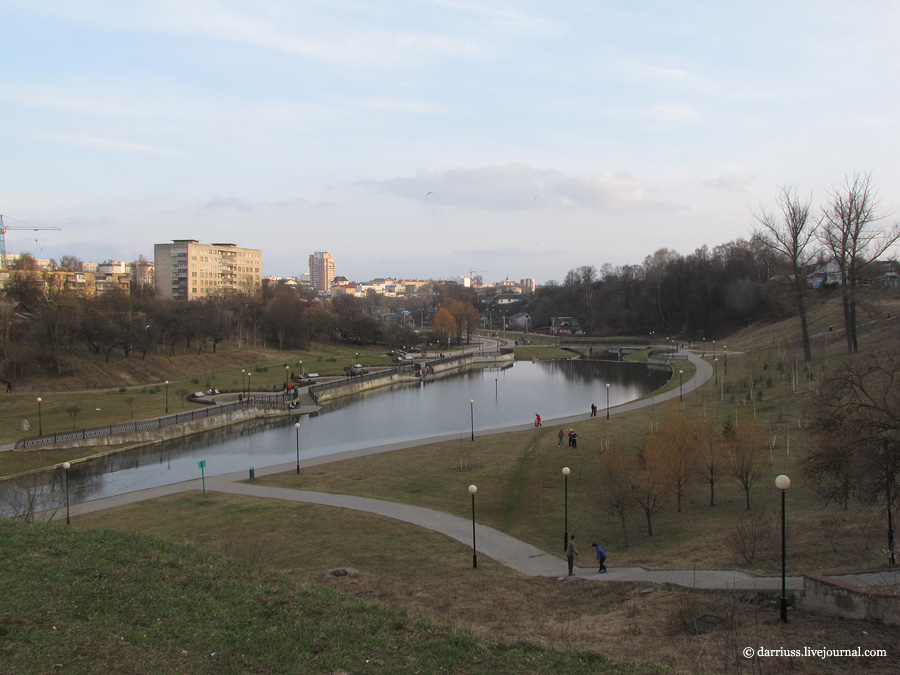
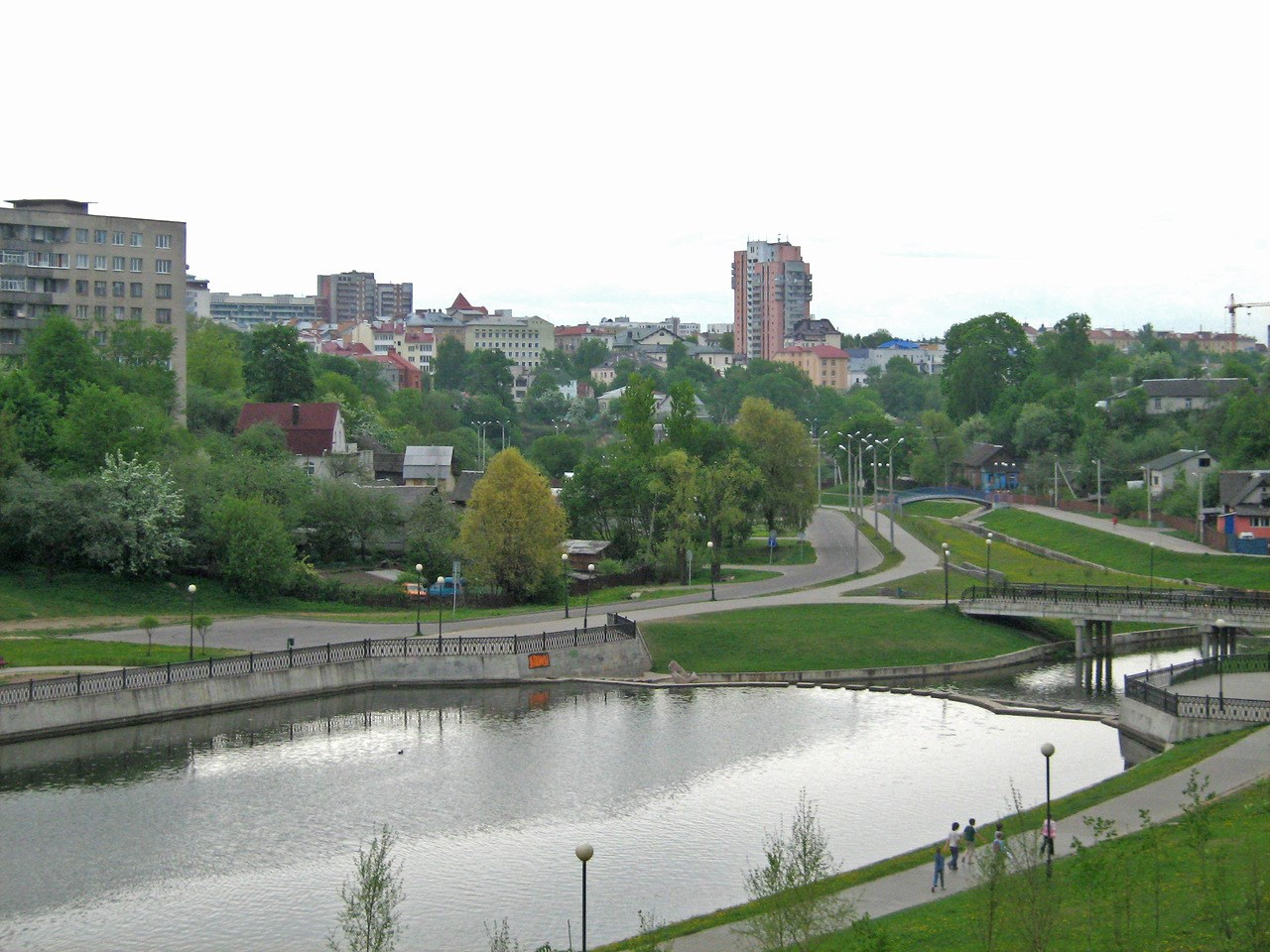
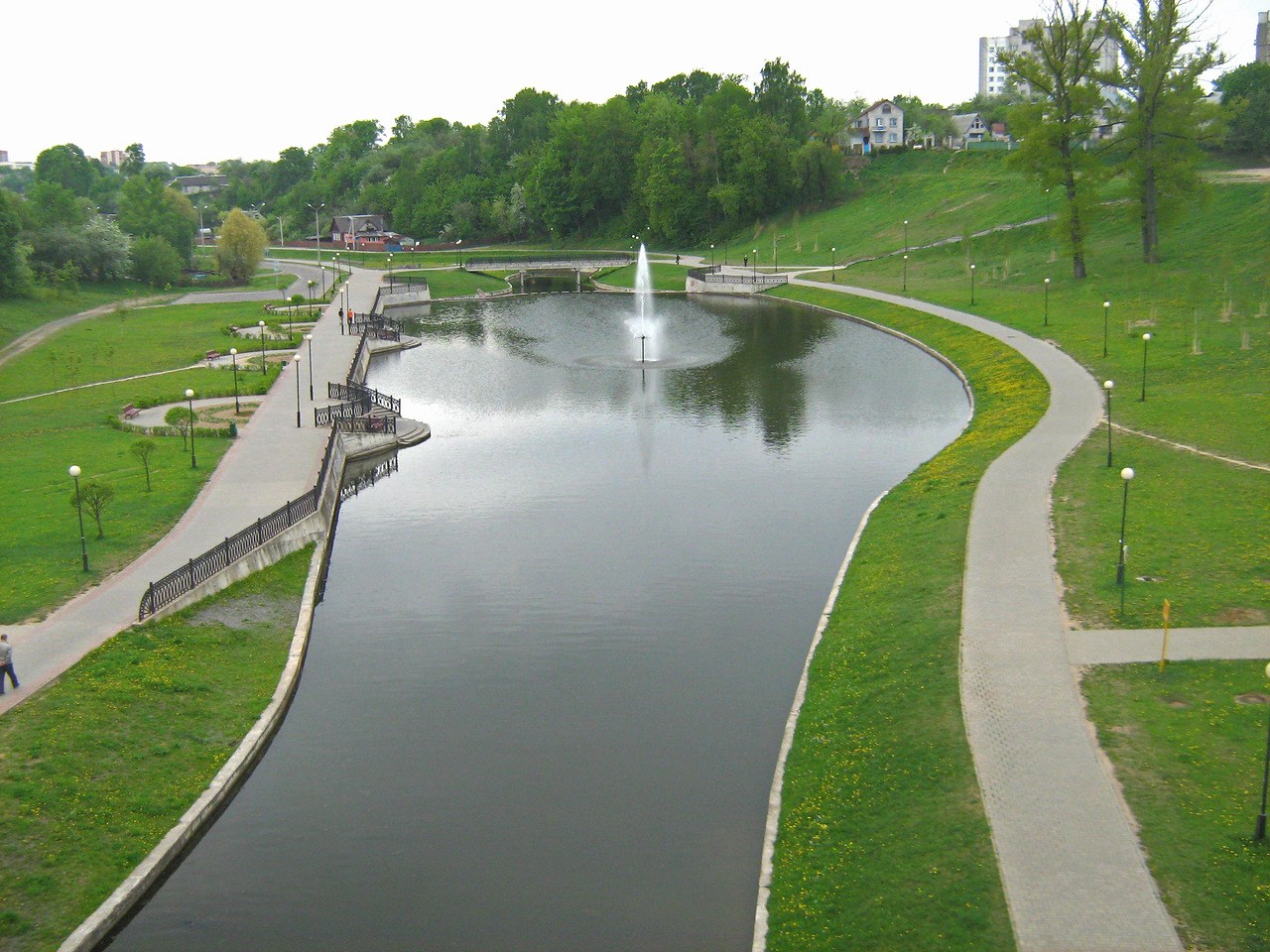
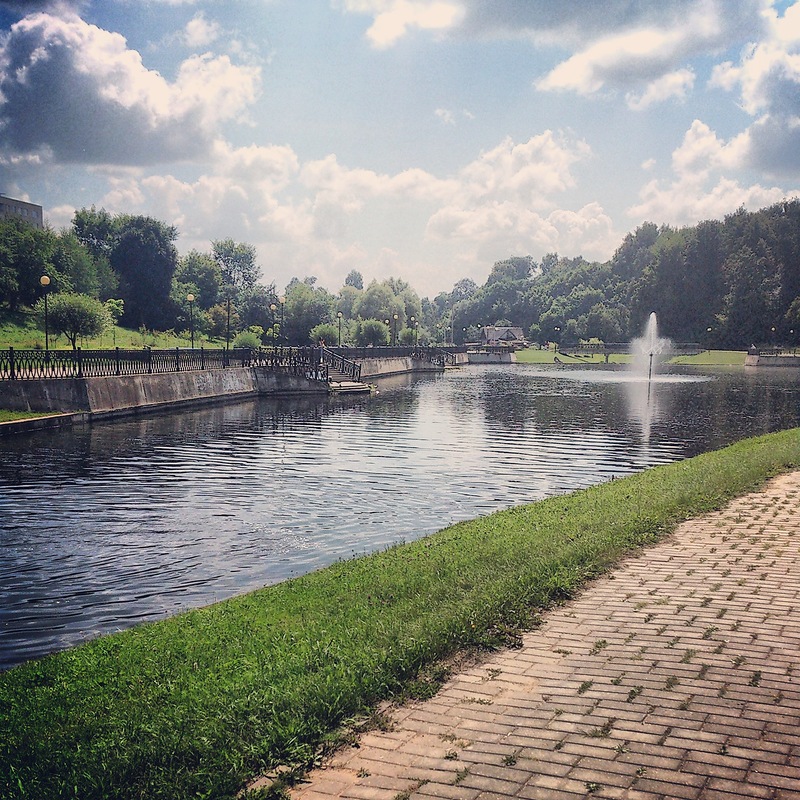
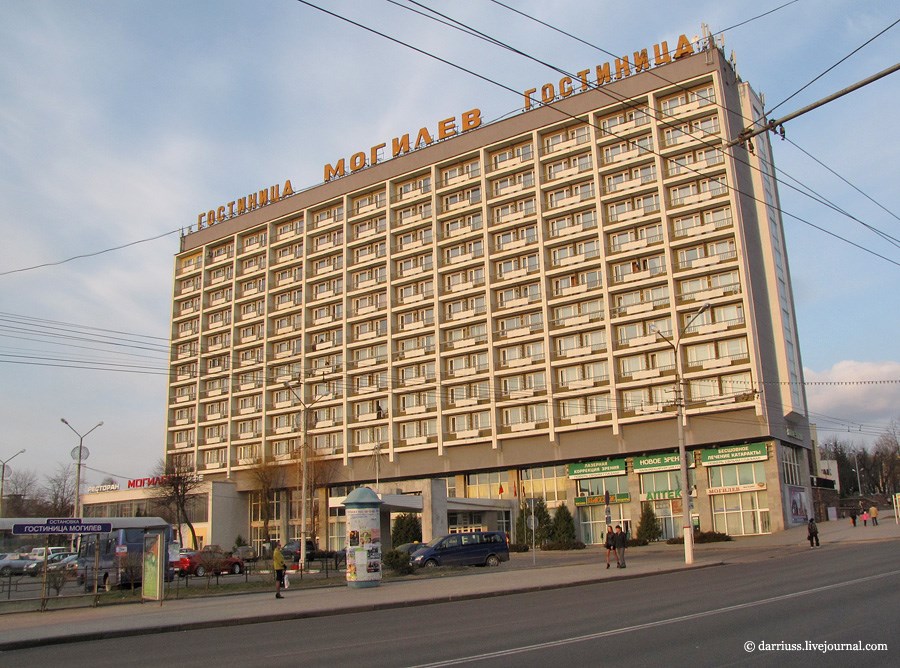
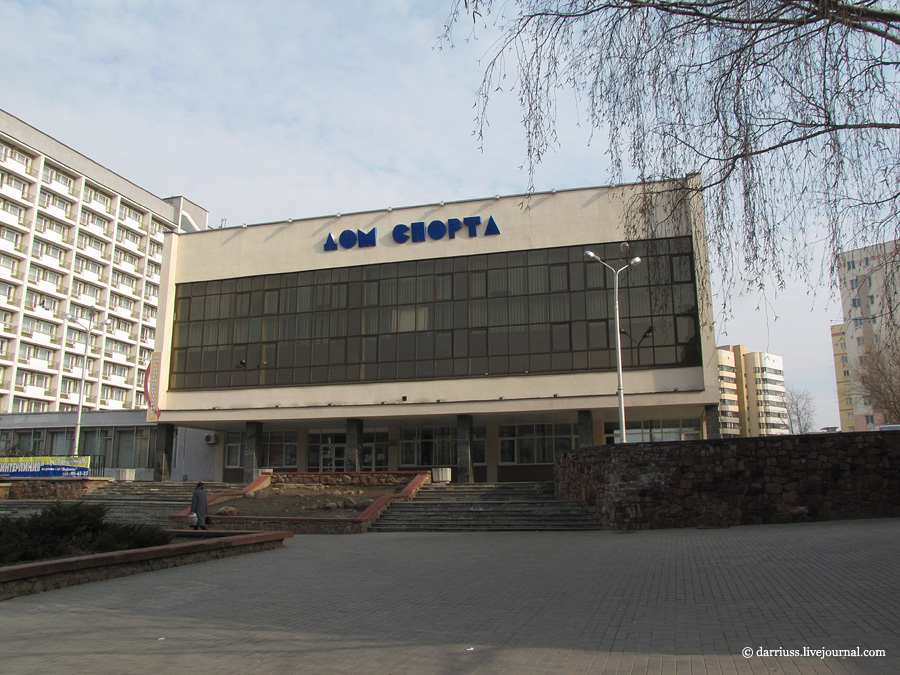
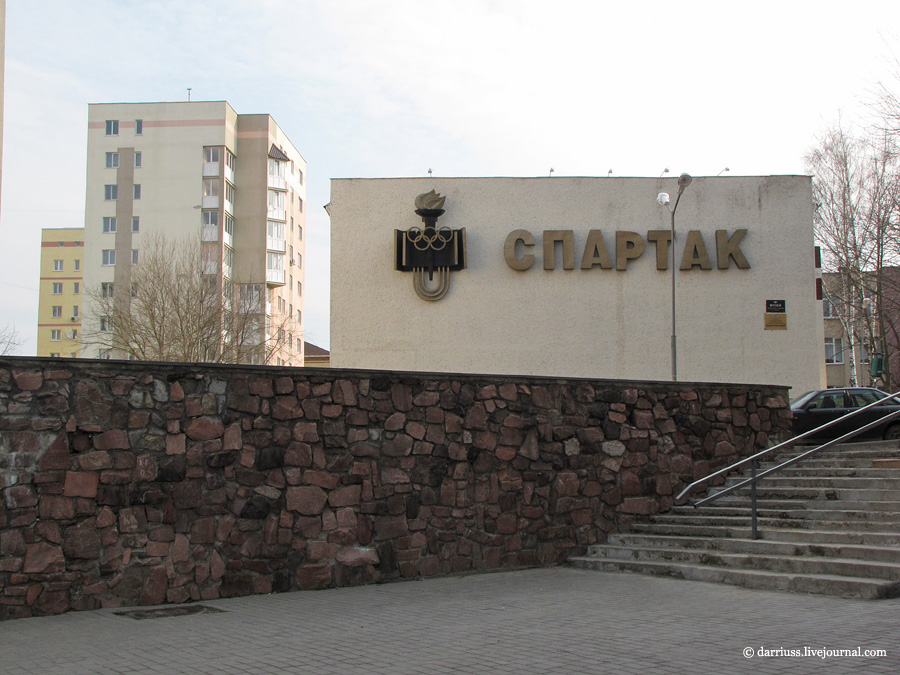

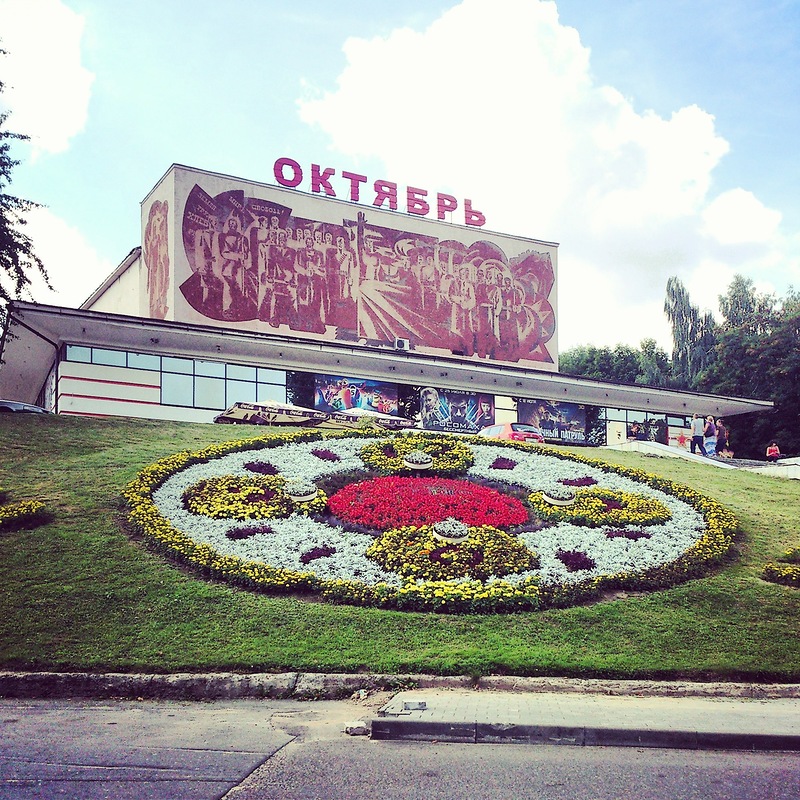
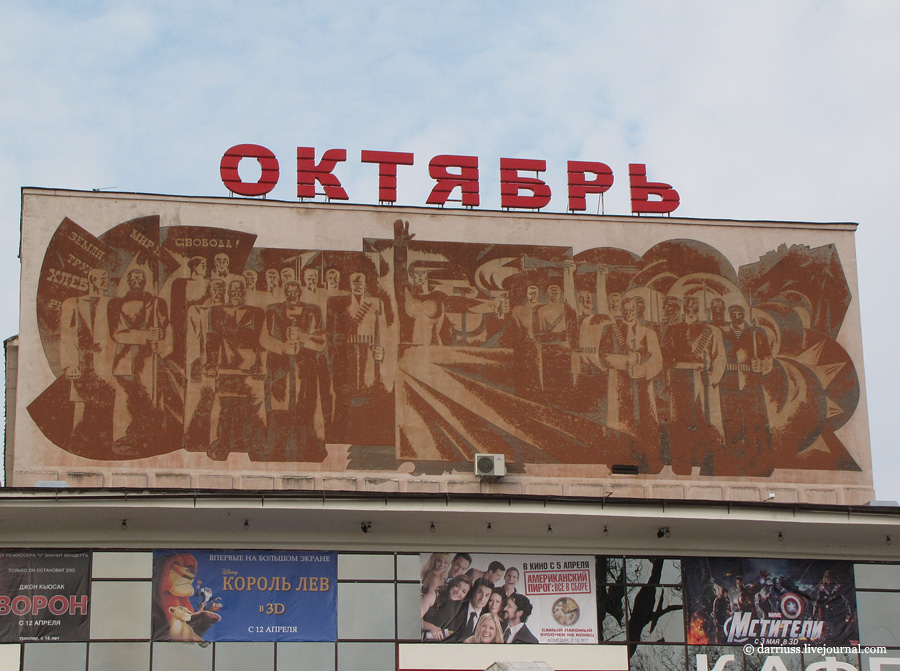
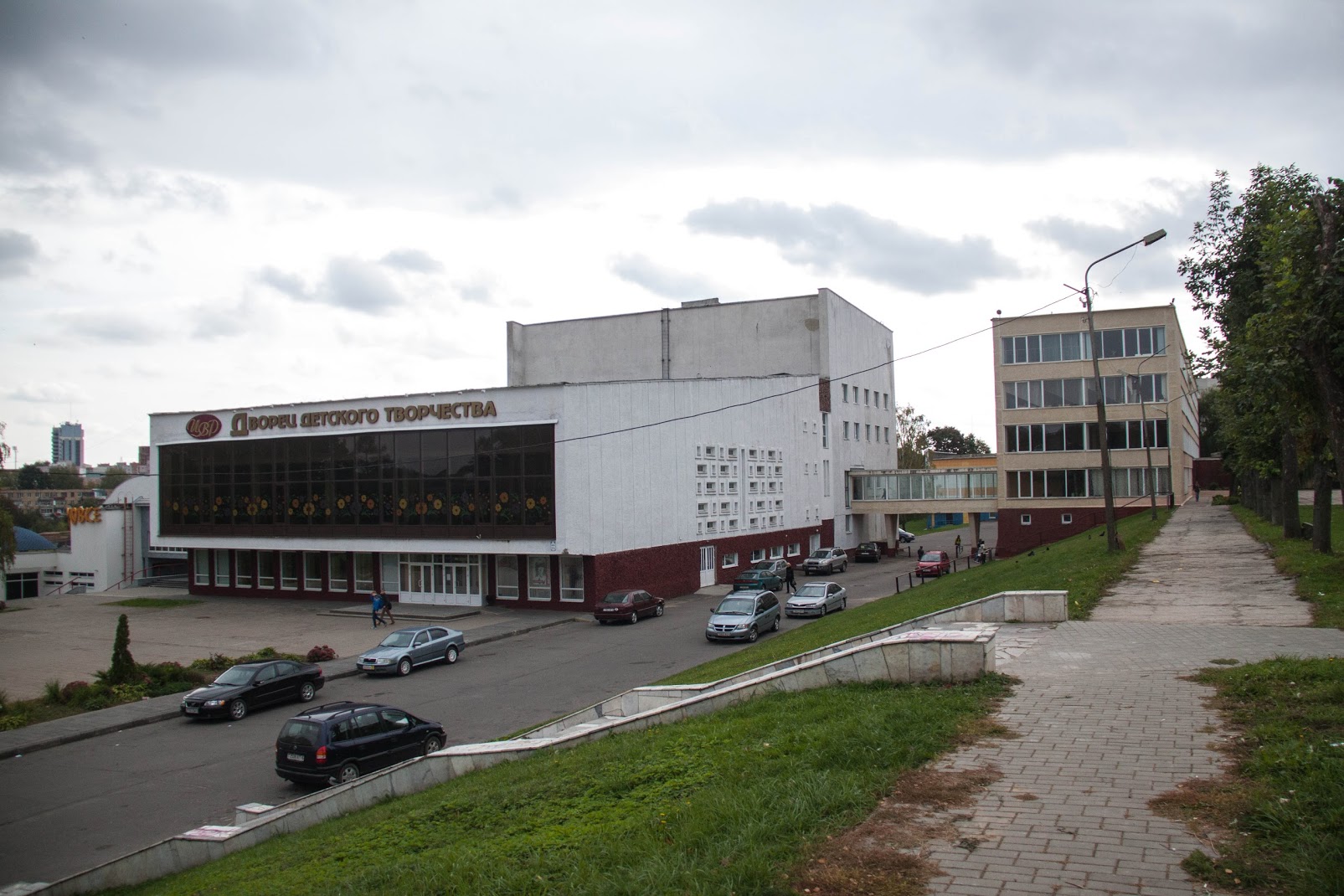
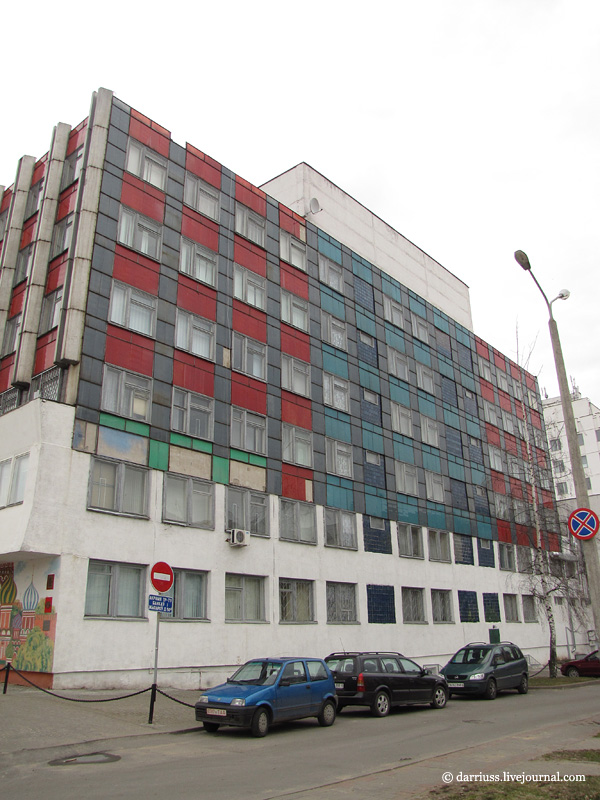
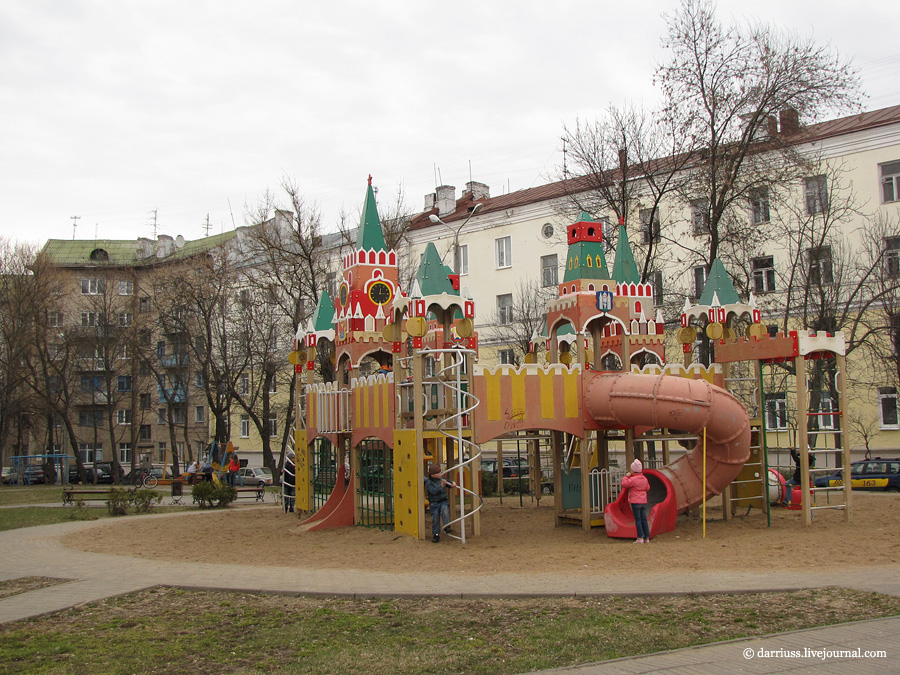
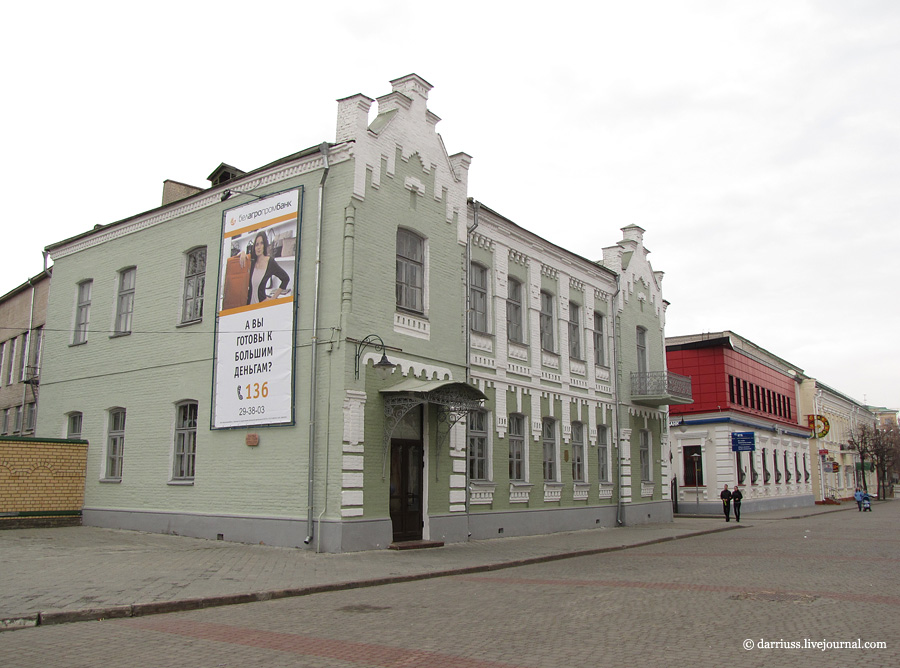
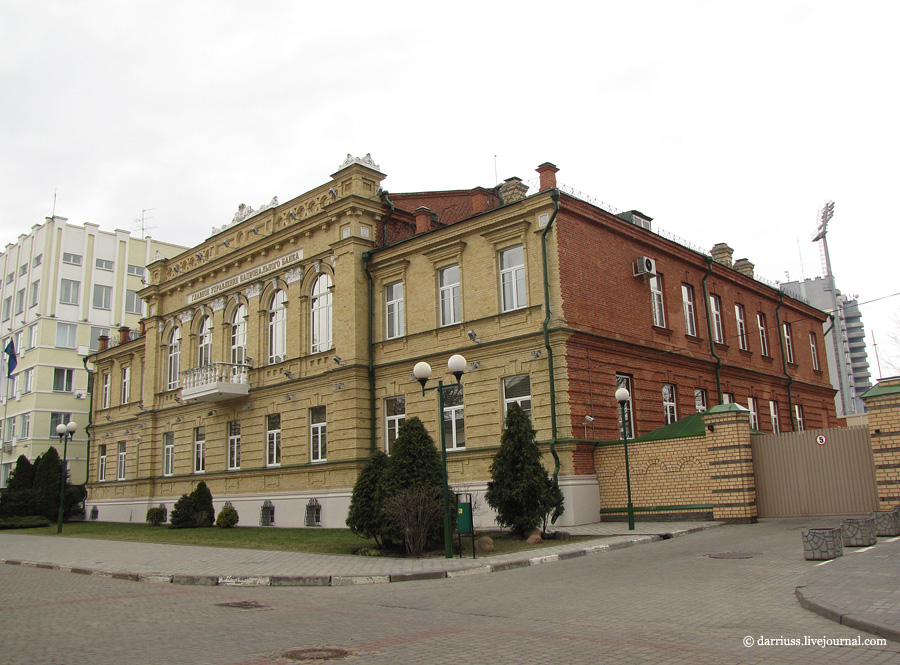
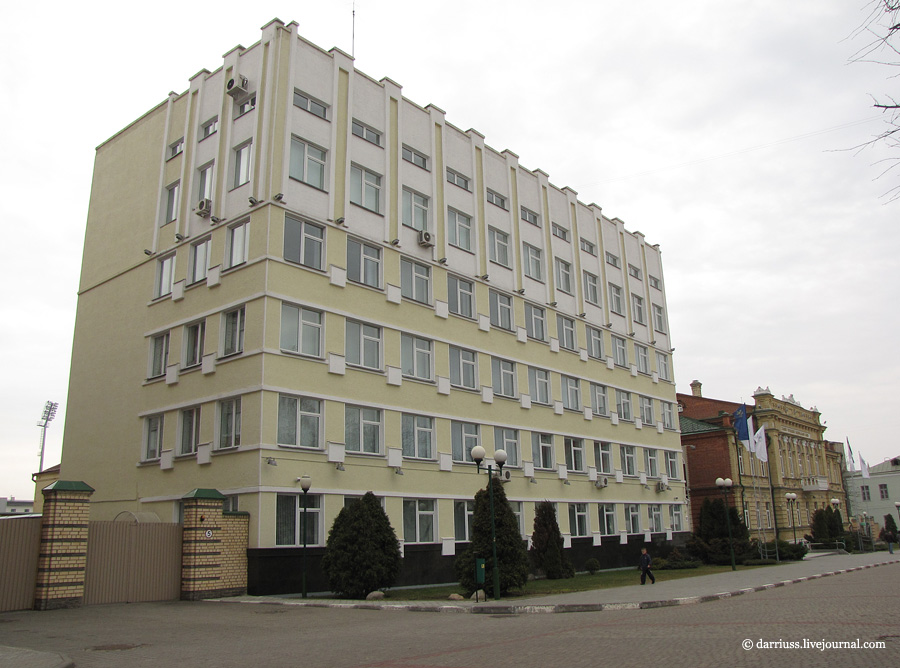
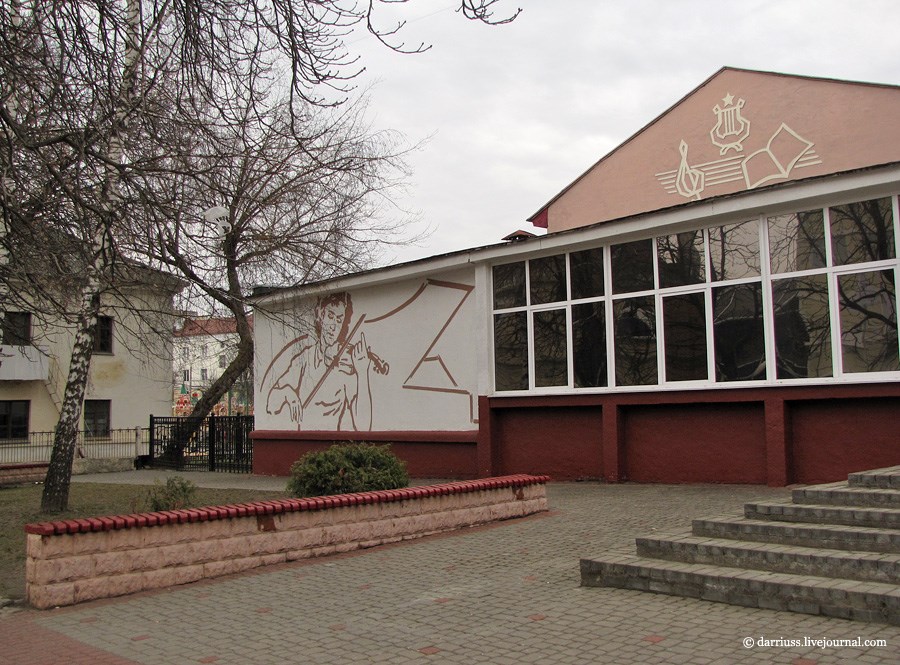

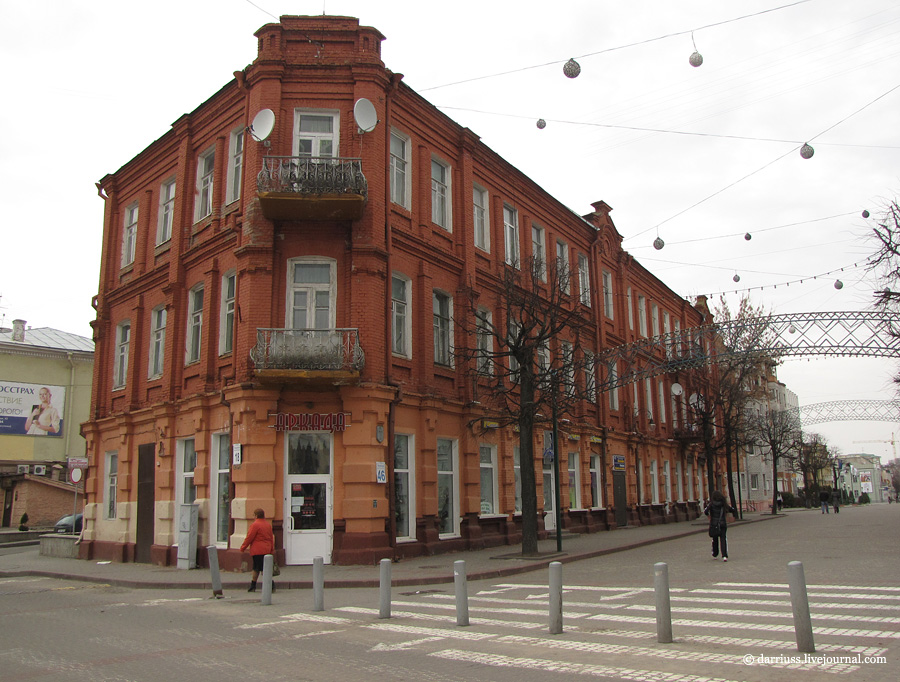
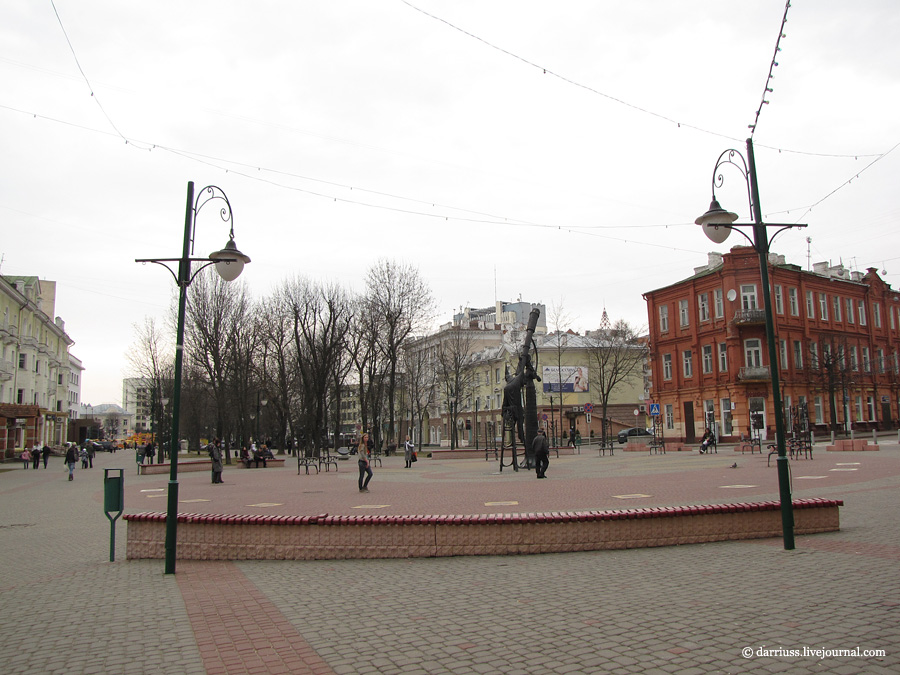
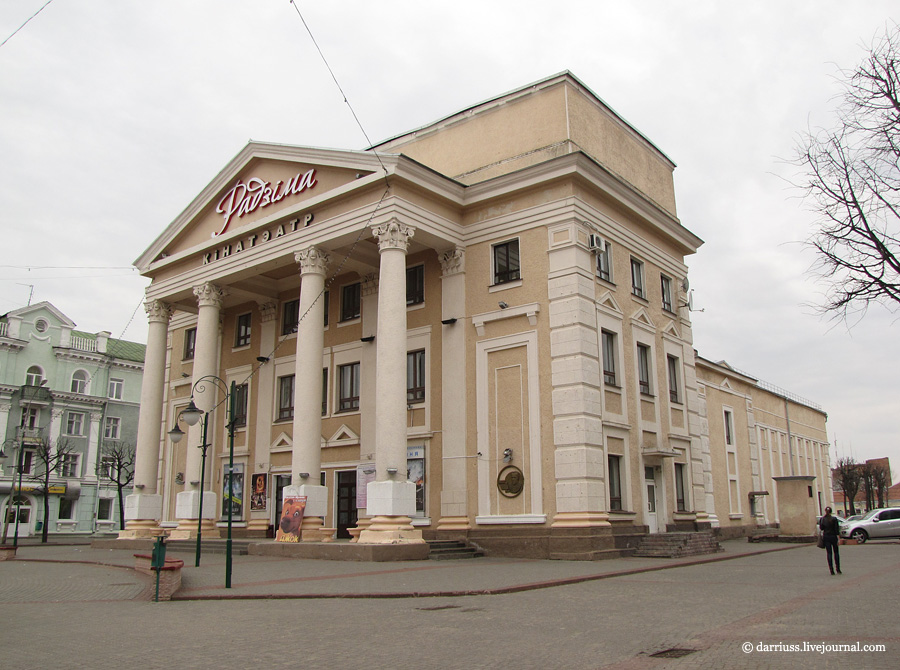
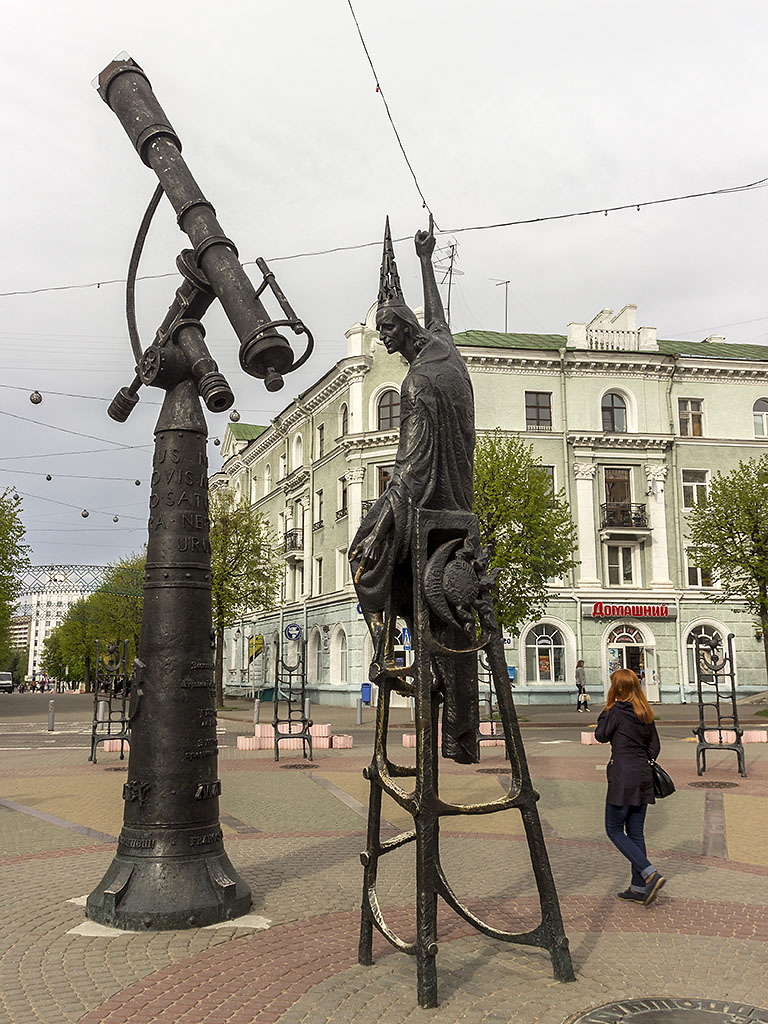
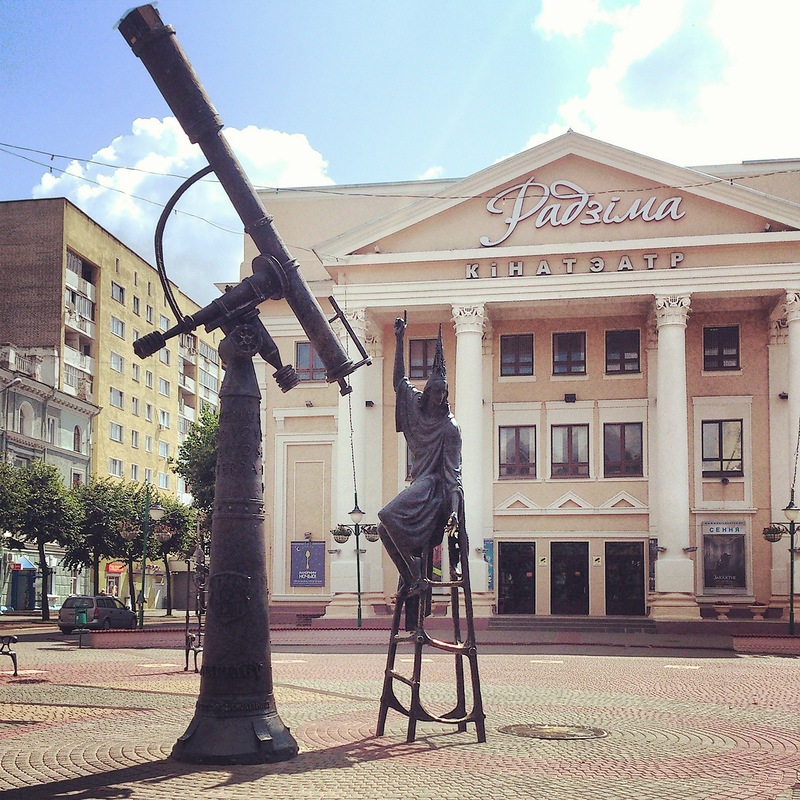
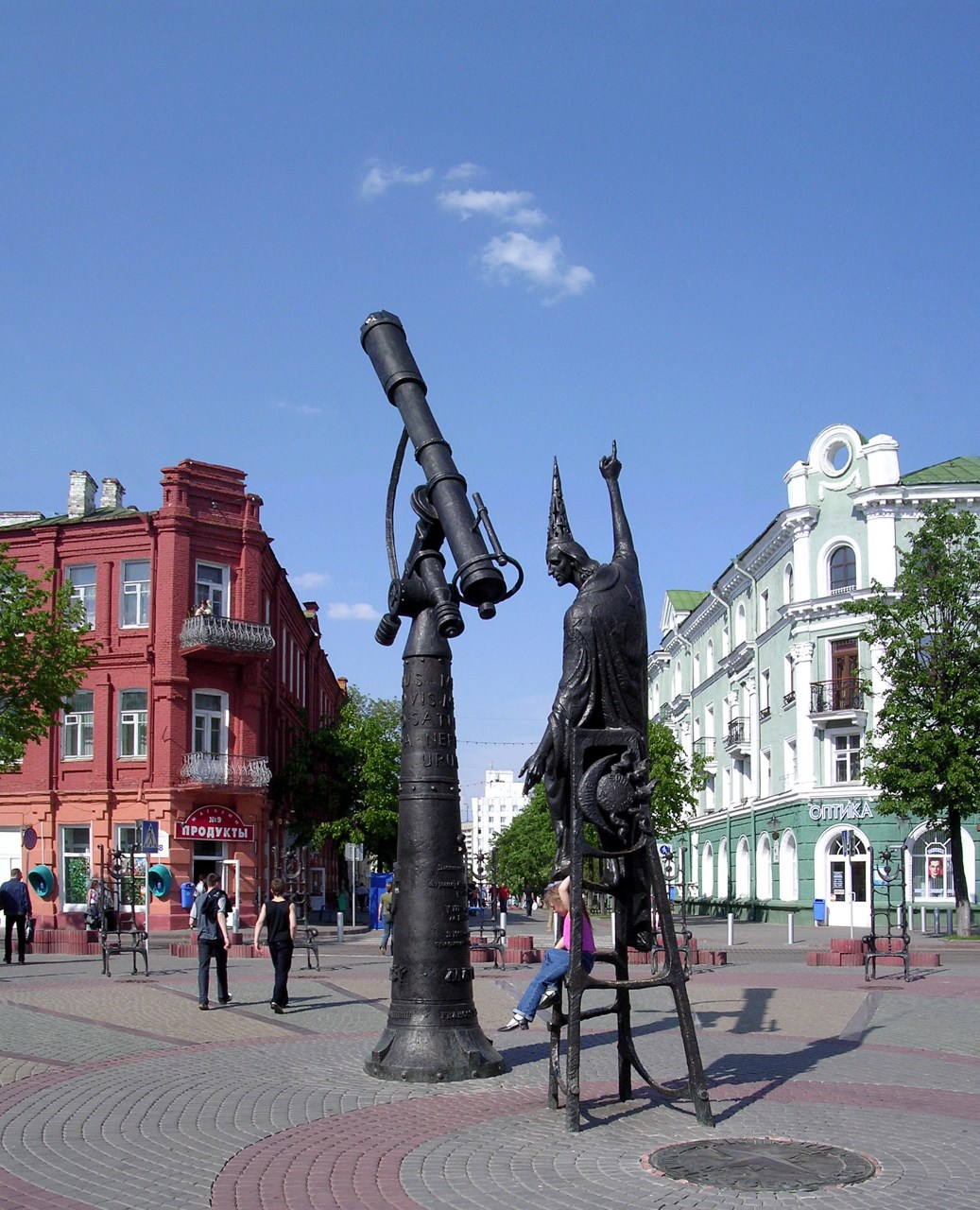
Mogilev Art Museum
The Mogilev Regional Art Museum named after Pavel Maslenikov is not only a guardian of masterpieces of the 17th-19th centuries but also a great architectural specimen. The building of the farmers’ land bank which once housed museums and newspaper offices was built in 1903–1914. The project harmoniously combined modern, Neo-Russian style and late Classicism. The main point of interest in the building was an armor-plated strong room that kept unique valuables, many of which disappeared tracklessly during the Great Patriotic War: the Cross of Euphrosyne of Polotsk (the museum exhibits a hologram of the relic), the Pompeii gold, Alexander of Macedon’s tray, paintings of European artists, hand-written books and documents, coins and icons of the 17th-19th centuries…
33 Mironova Street, Mogilev Opening hours10.00 to 18.00. Closed: Monday, Tuesday
Buinichi Field Memorial
The memorial commemorates the soldiers who defended the city against the Nazis for 23 days in July 1941. The heroism of the soldiers is one of the brightest pages of the Great Patriotic War. Mogilev is often called "the Father of Stalingrad". The memorial has a red chapel featuring memorial tablets with the names of the killed defenders. There is also the Foucault pendulum, a symbol of imperishable memory, at the memorial. Four alleys radiate from the chapel, with one dedicated to the first chronicler of the Mogilev defense, author of the Alive and the Dead novel Konstantin Simonov. Nearby is an open-air exposition of military hardware.
Not far away from the chapel is the Lake of Tears, representing the suffering of all the mothers who lost their children during the war.
Buinichi village, Mogilev District, 3km away from Mogilev
http://www.belarus.by/en/travel/belarus-life/sightseeing/tourist-attraction-mogilev
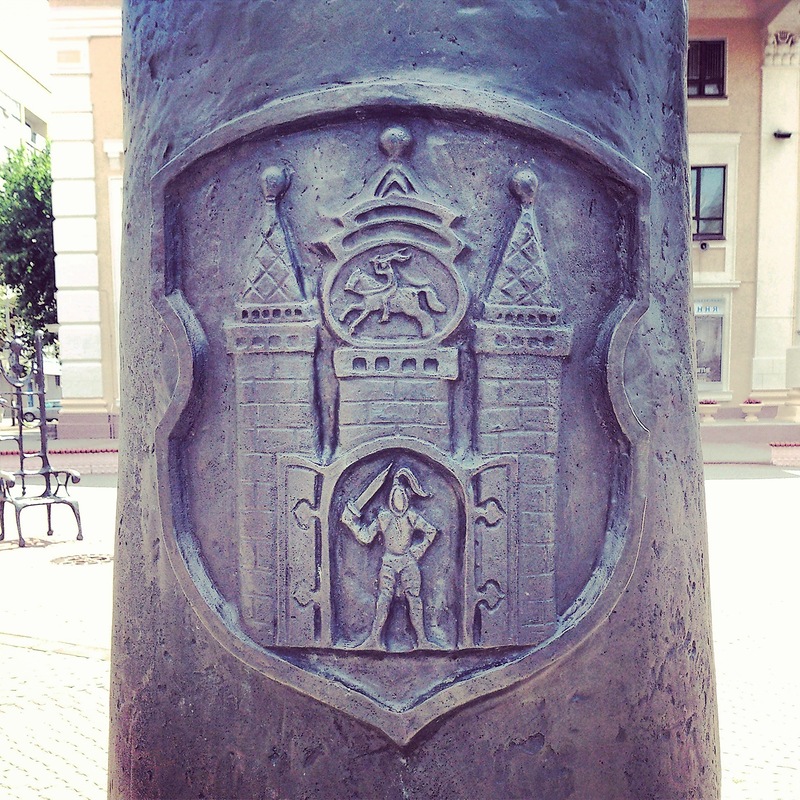
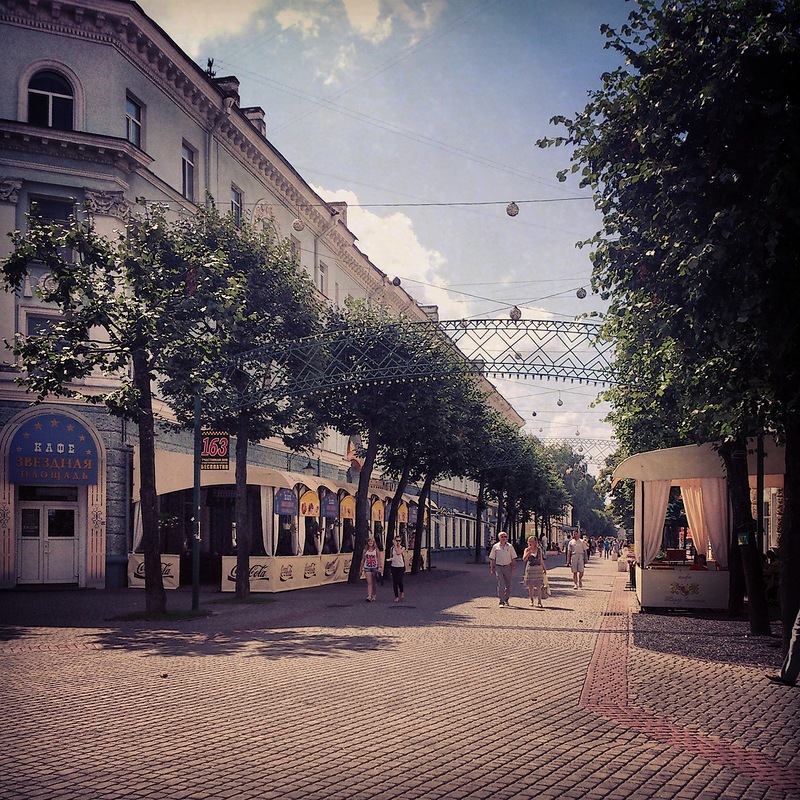
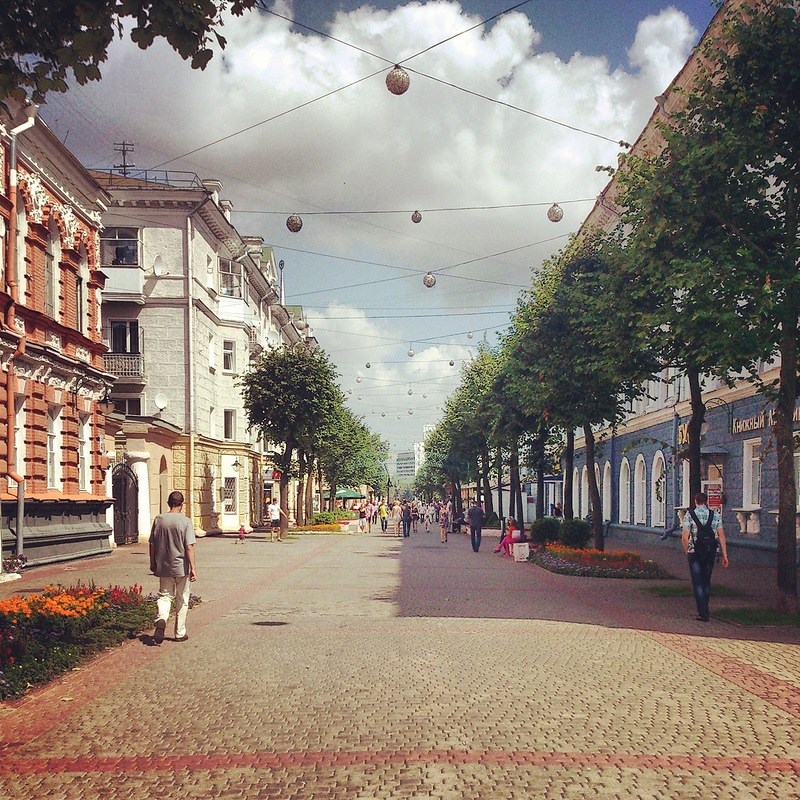
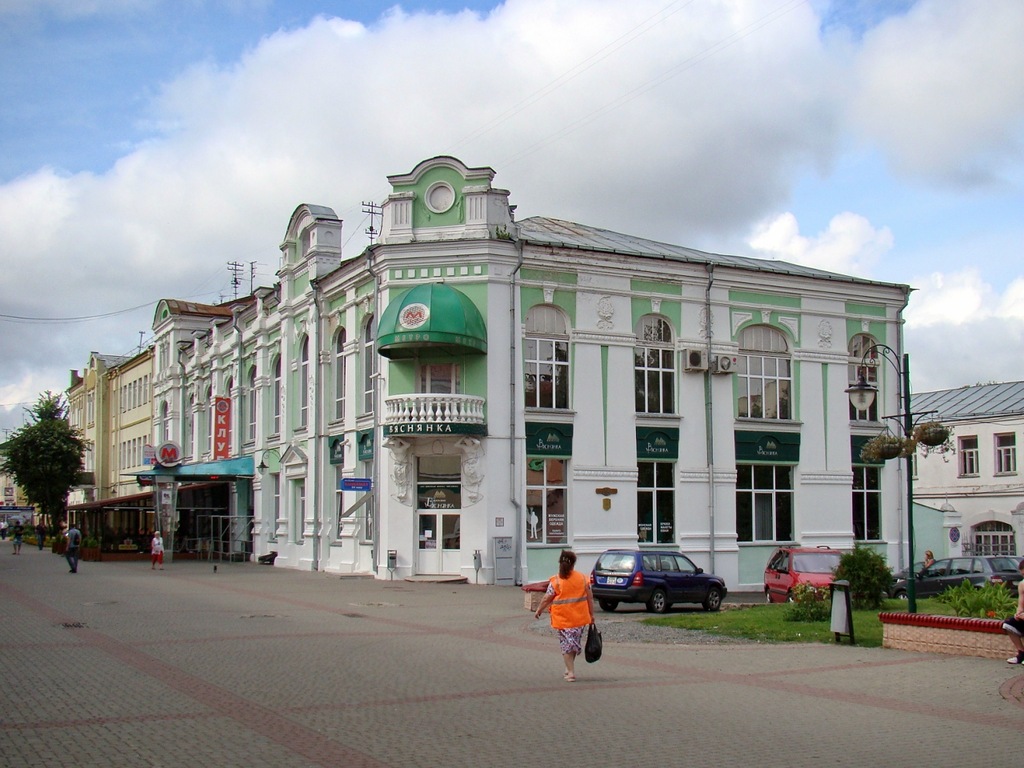
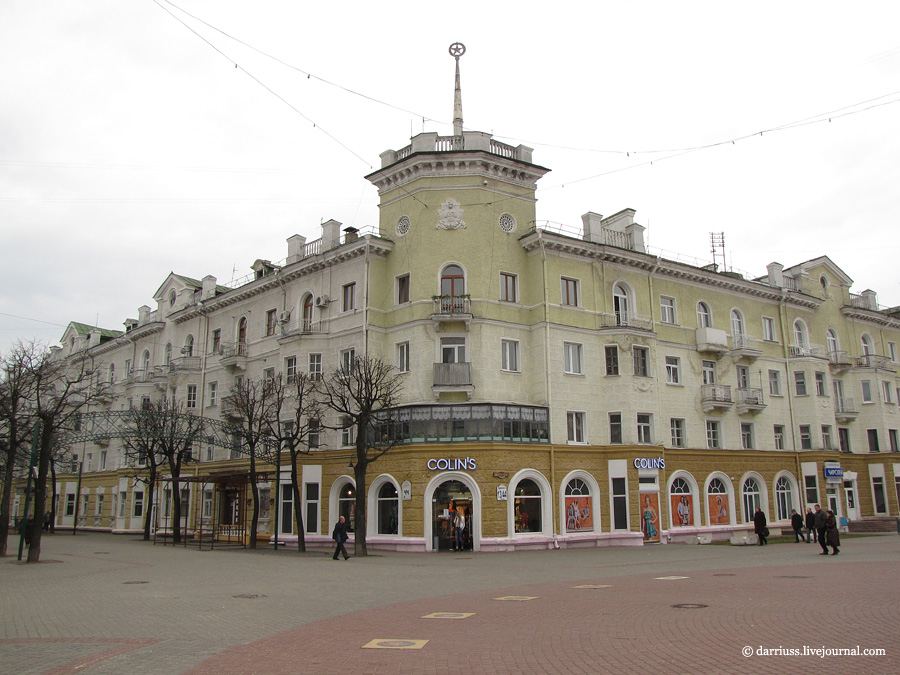
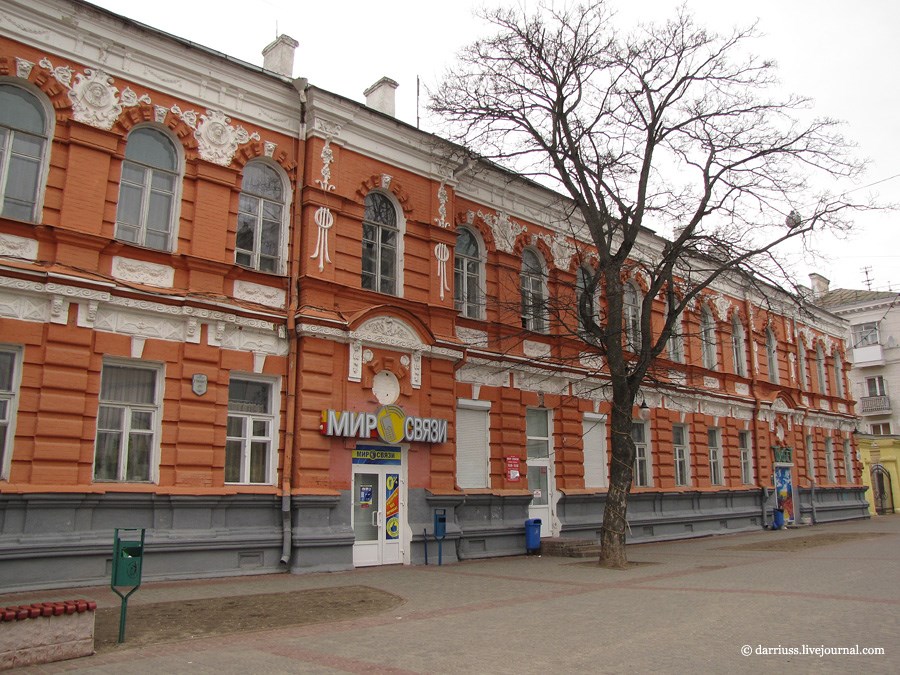
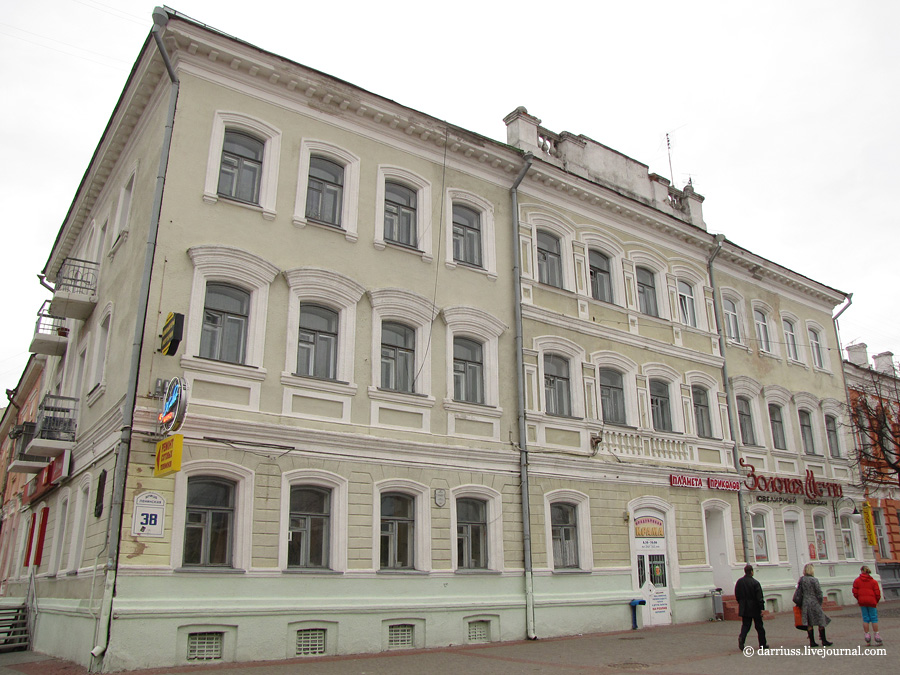
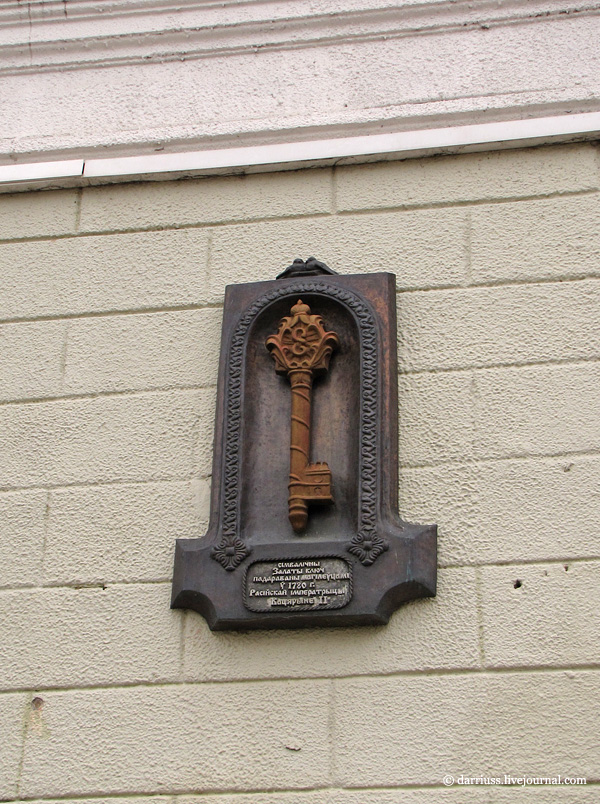
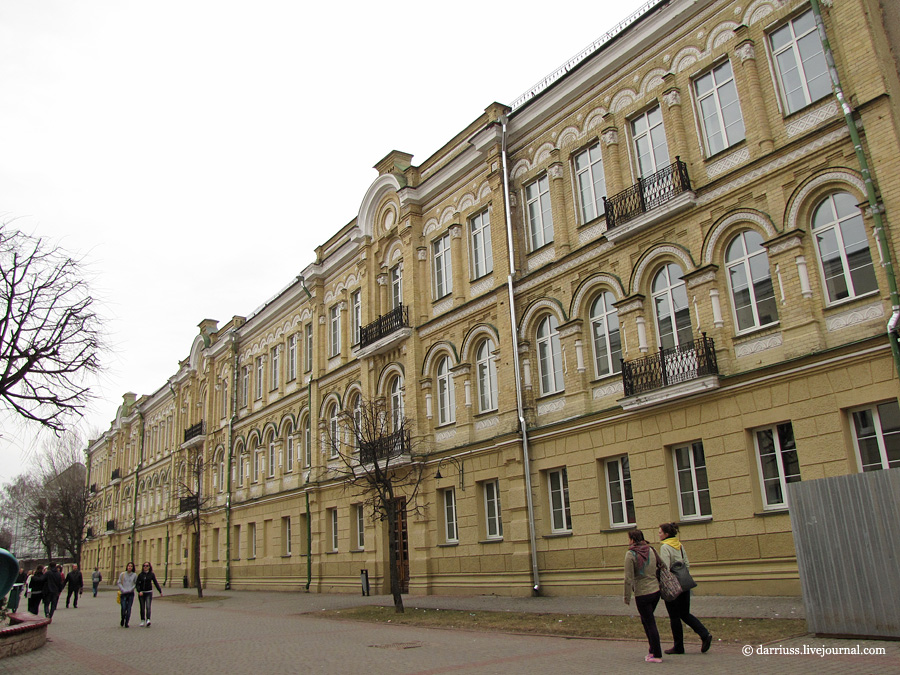
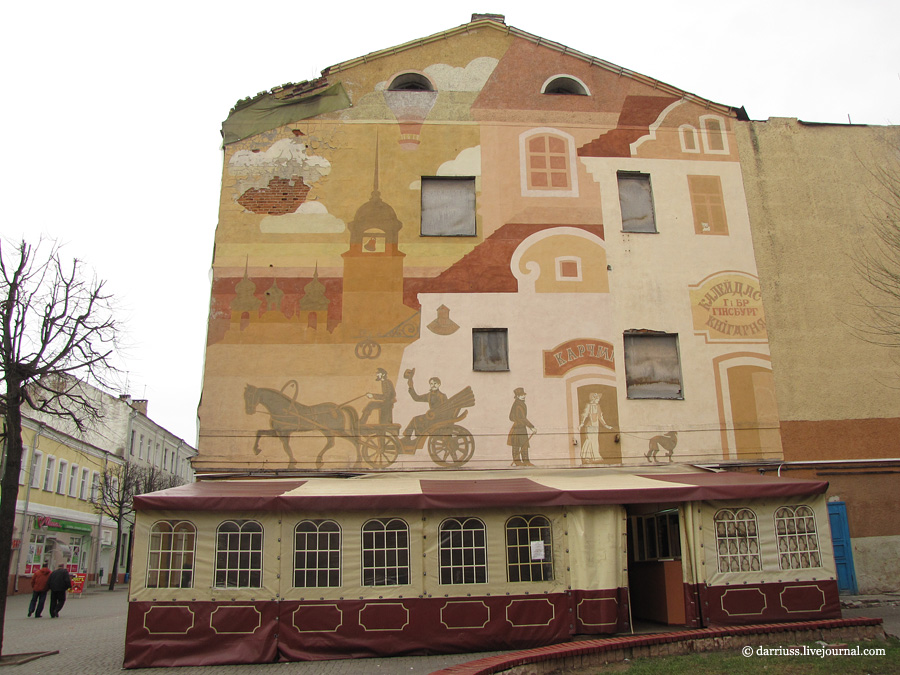
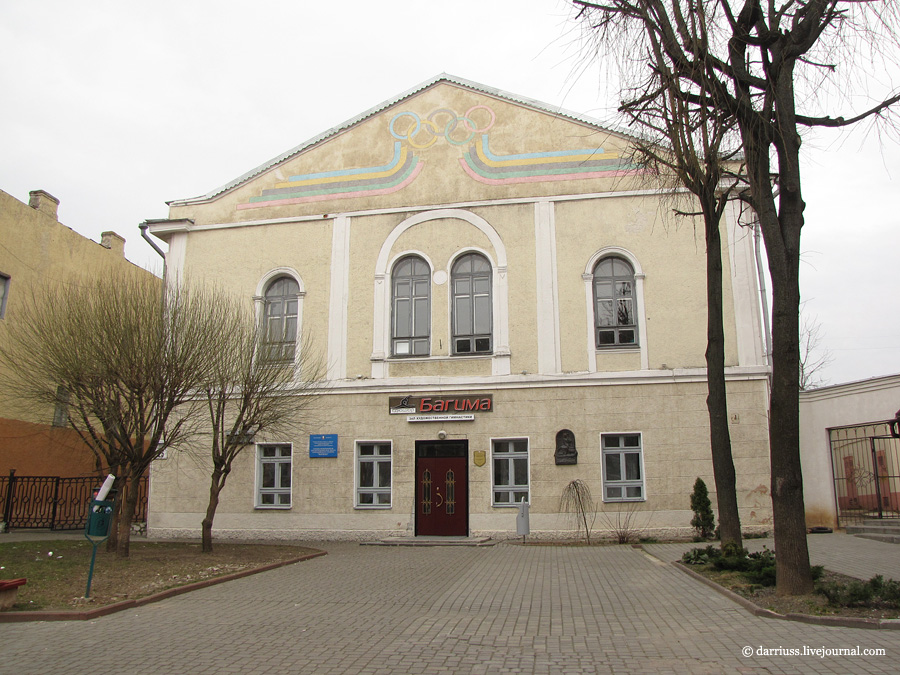
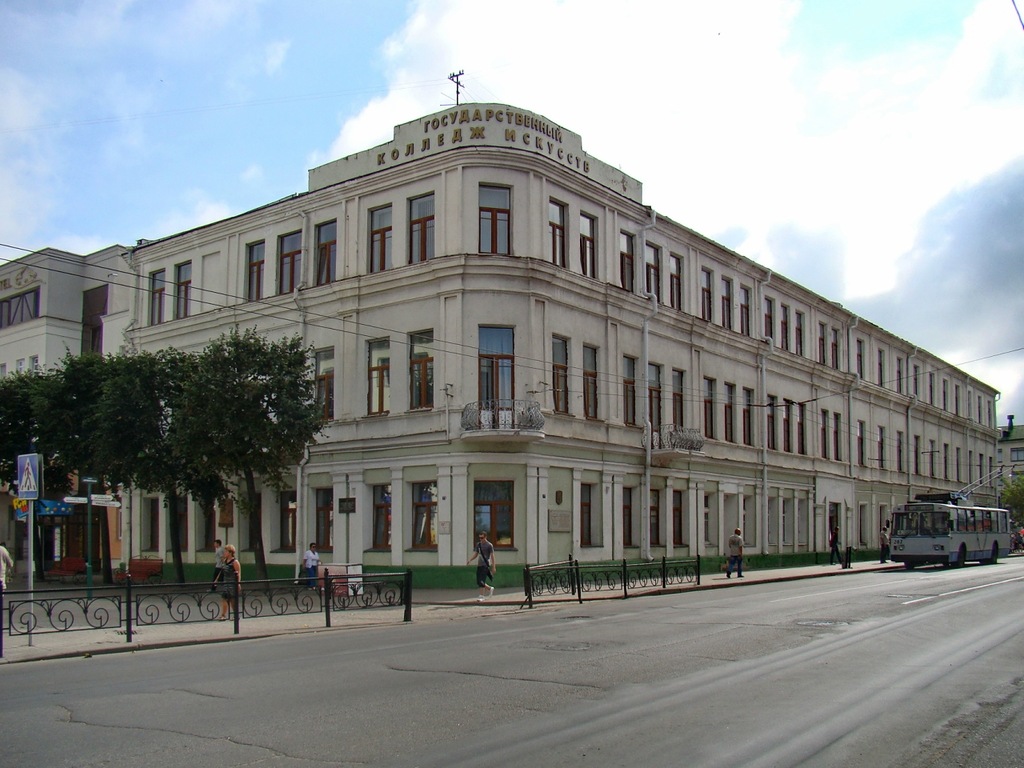
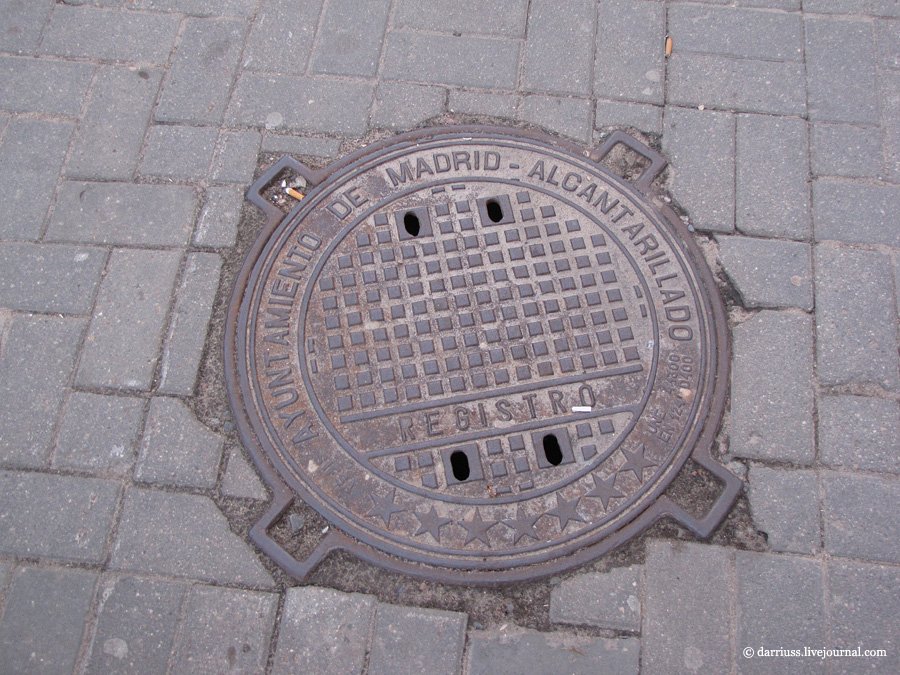
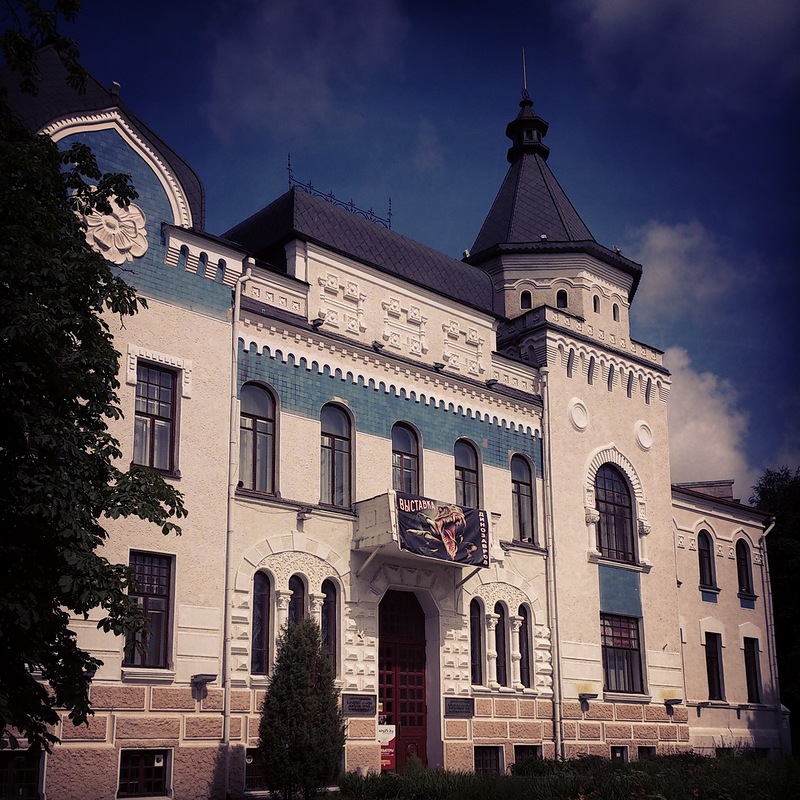
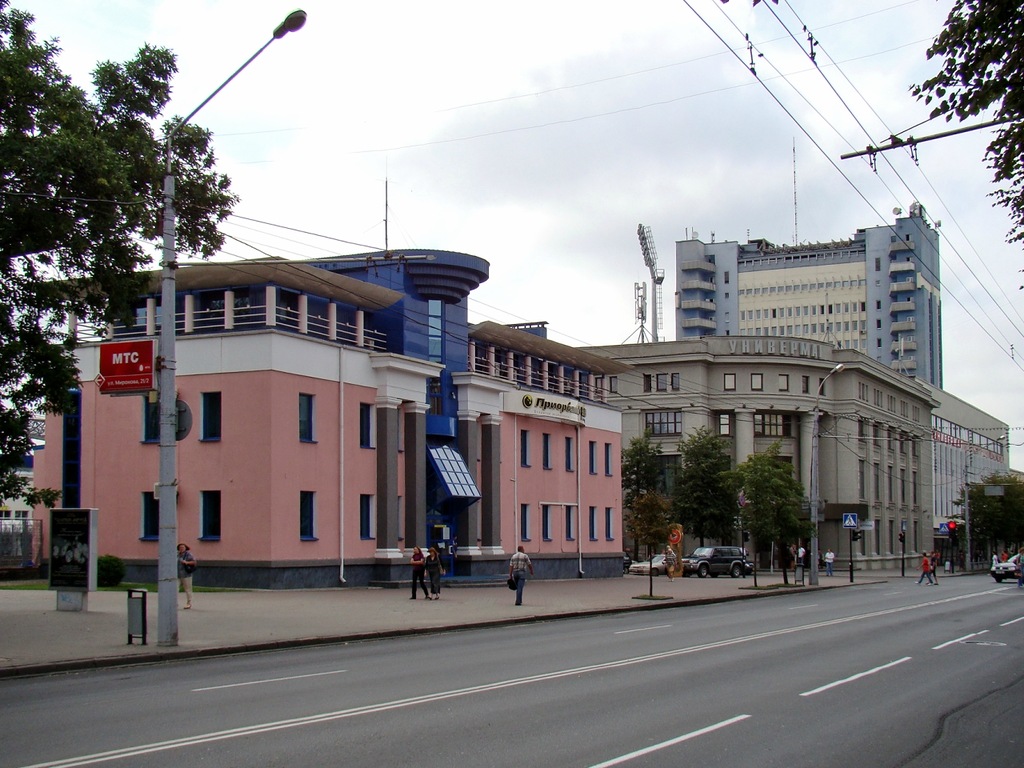
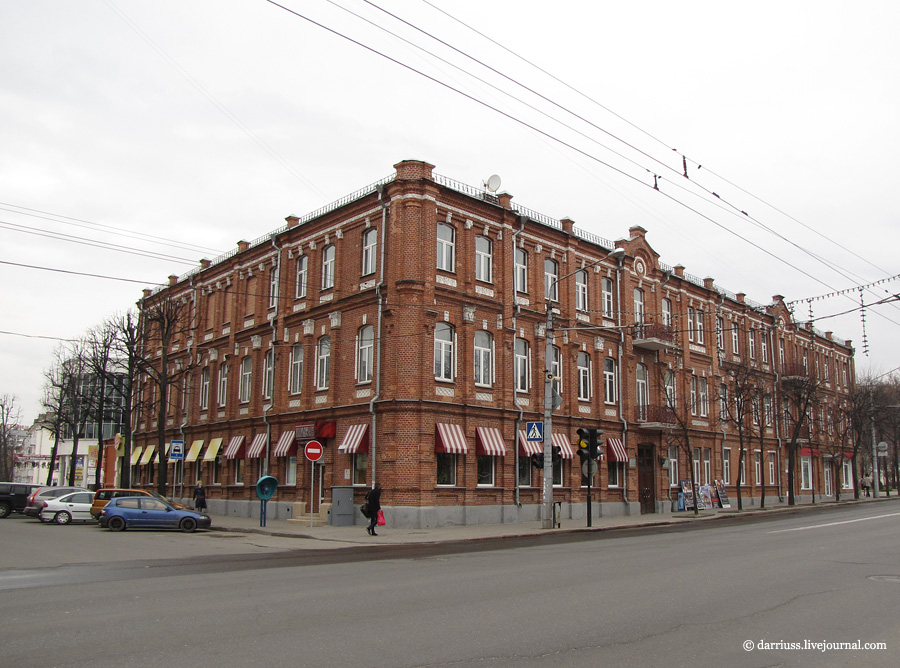
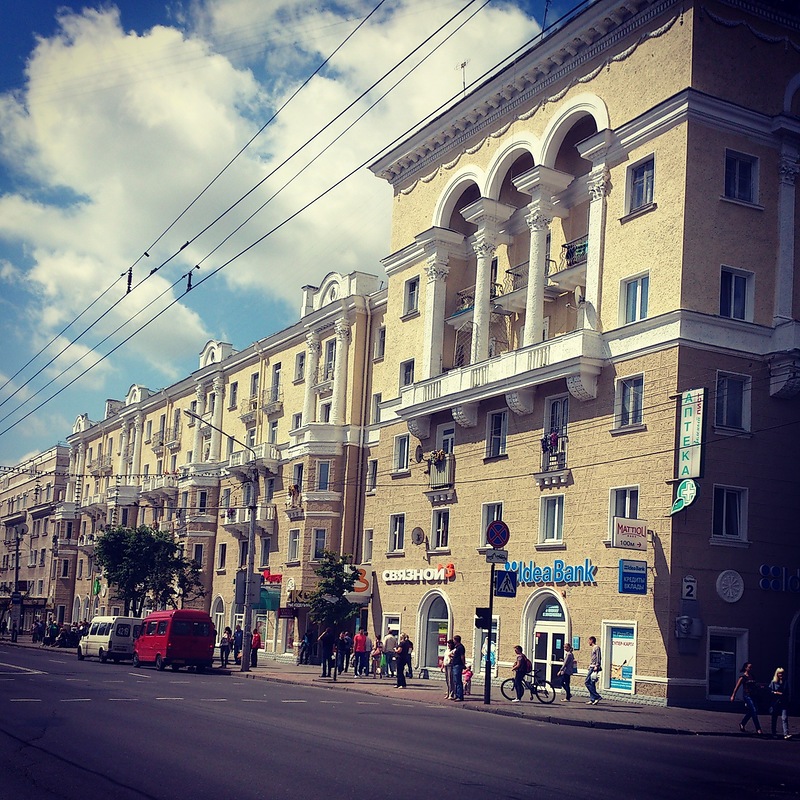
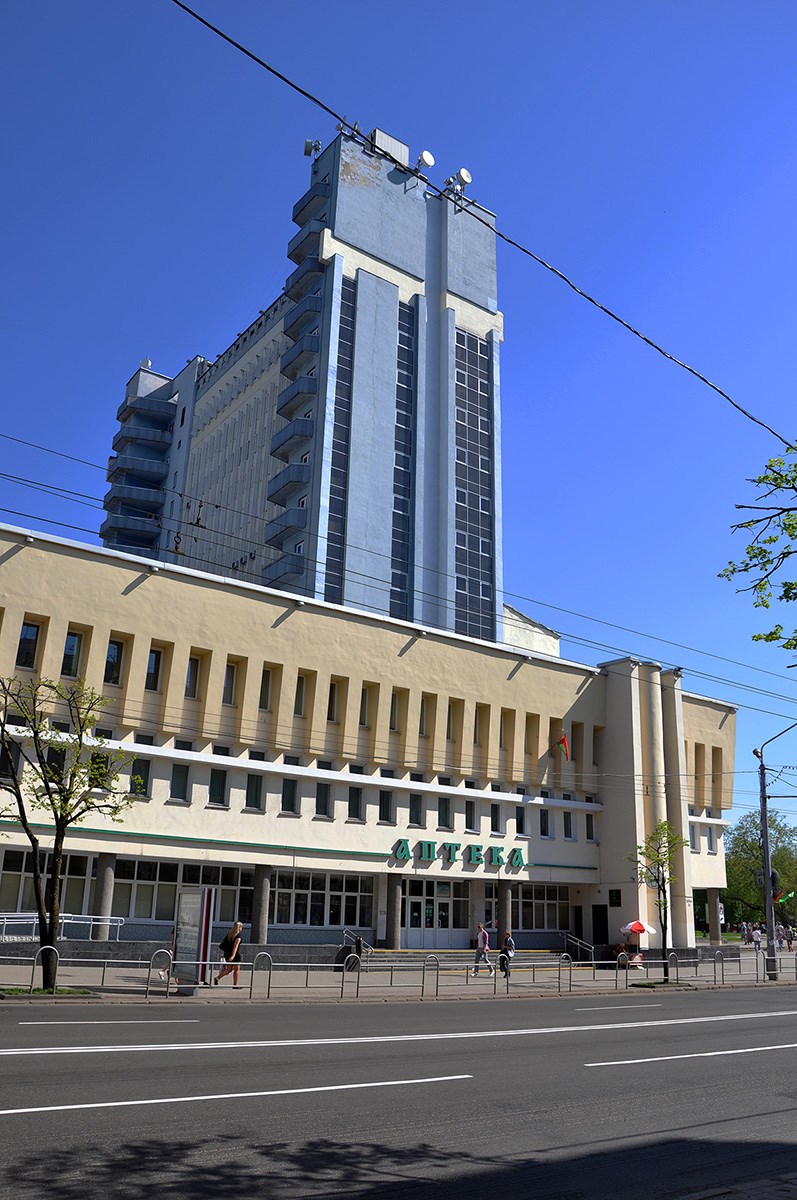
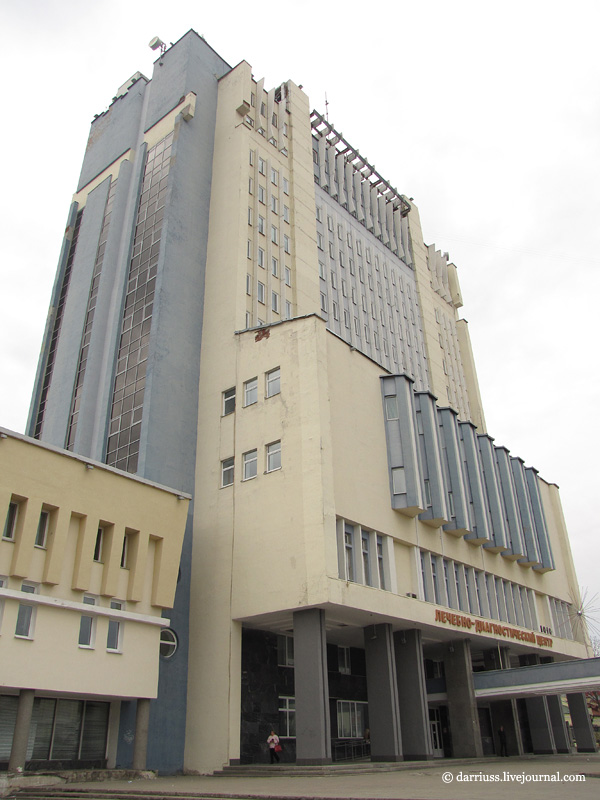
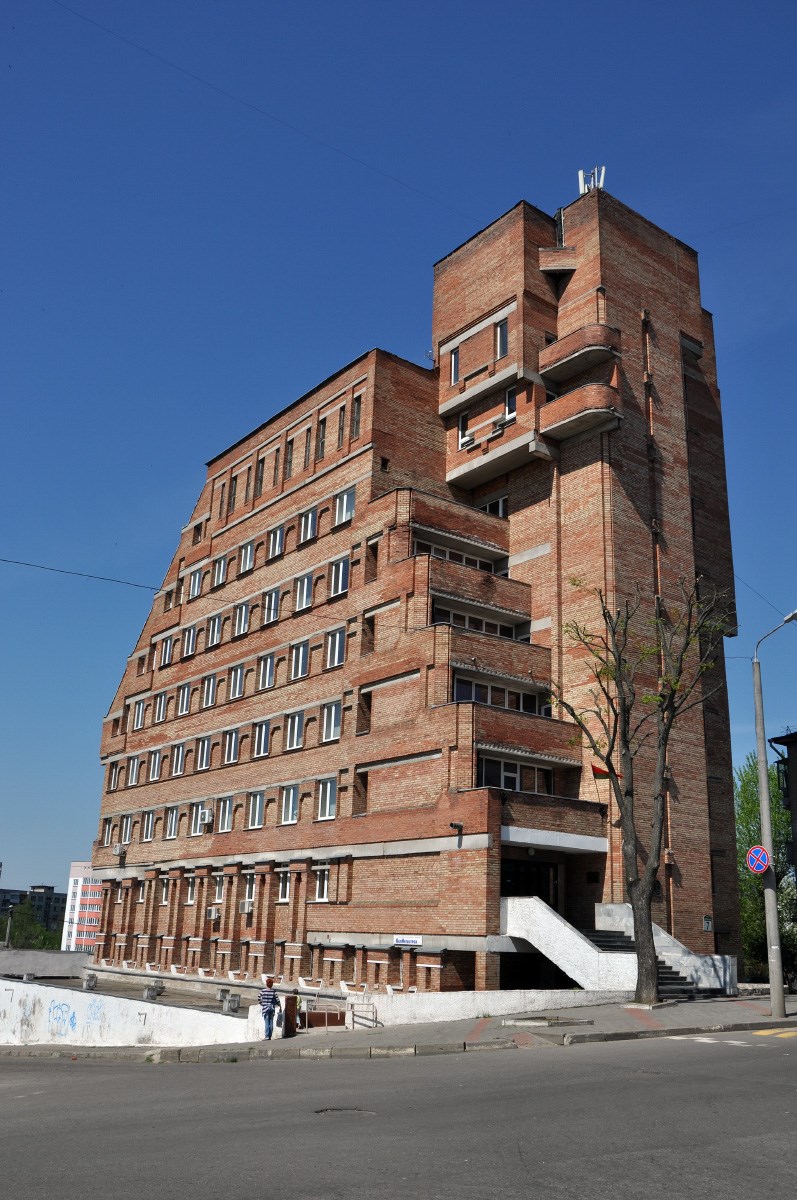
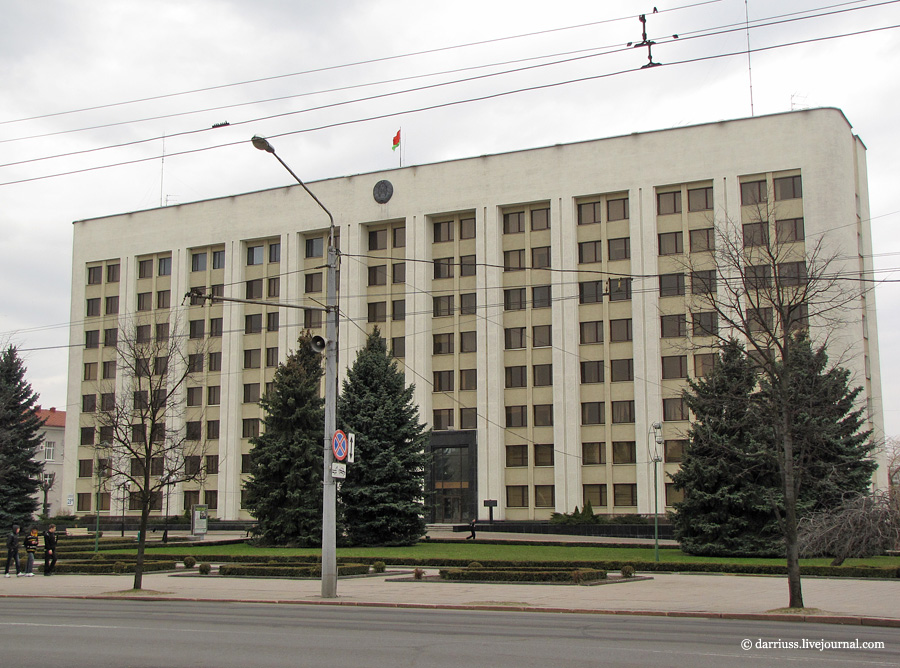
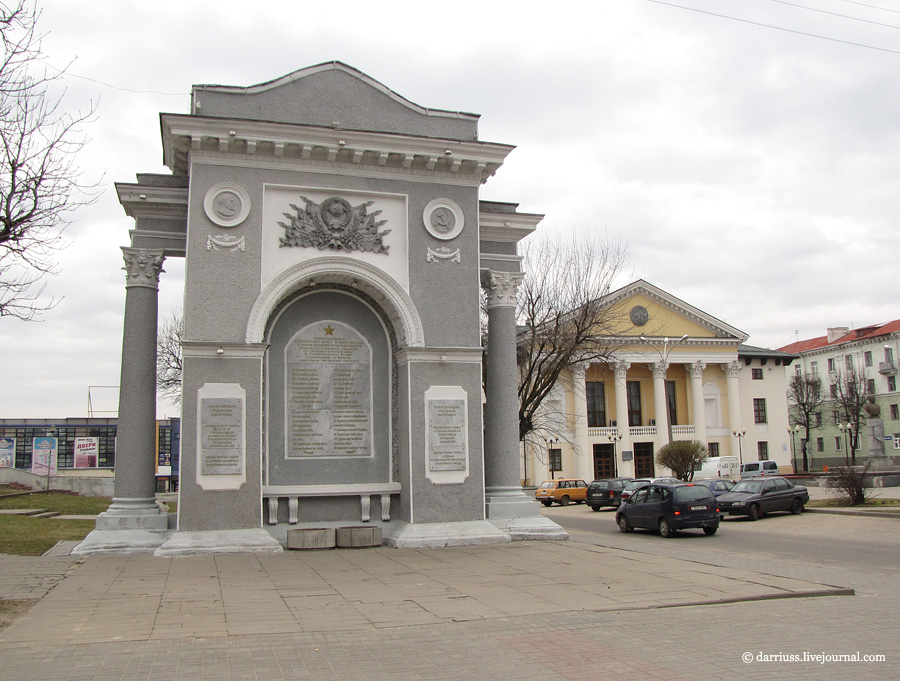
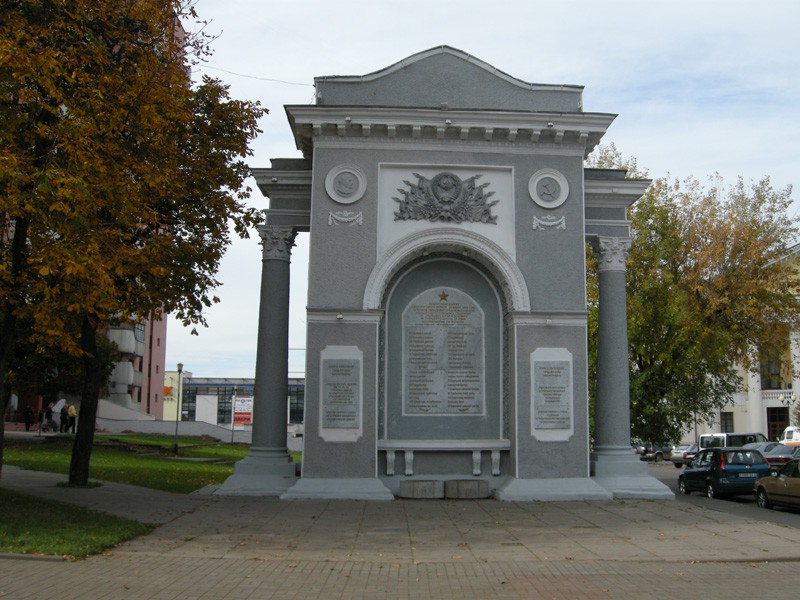
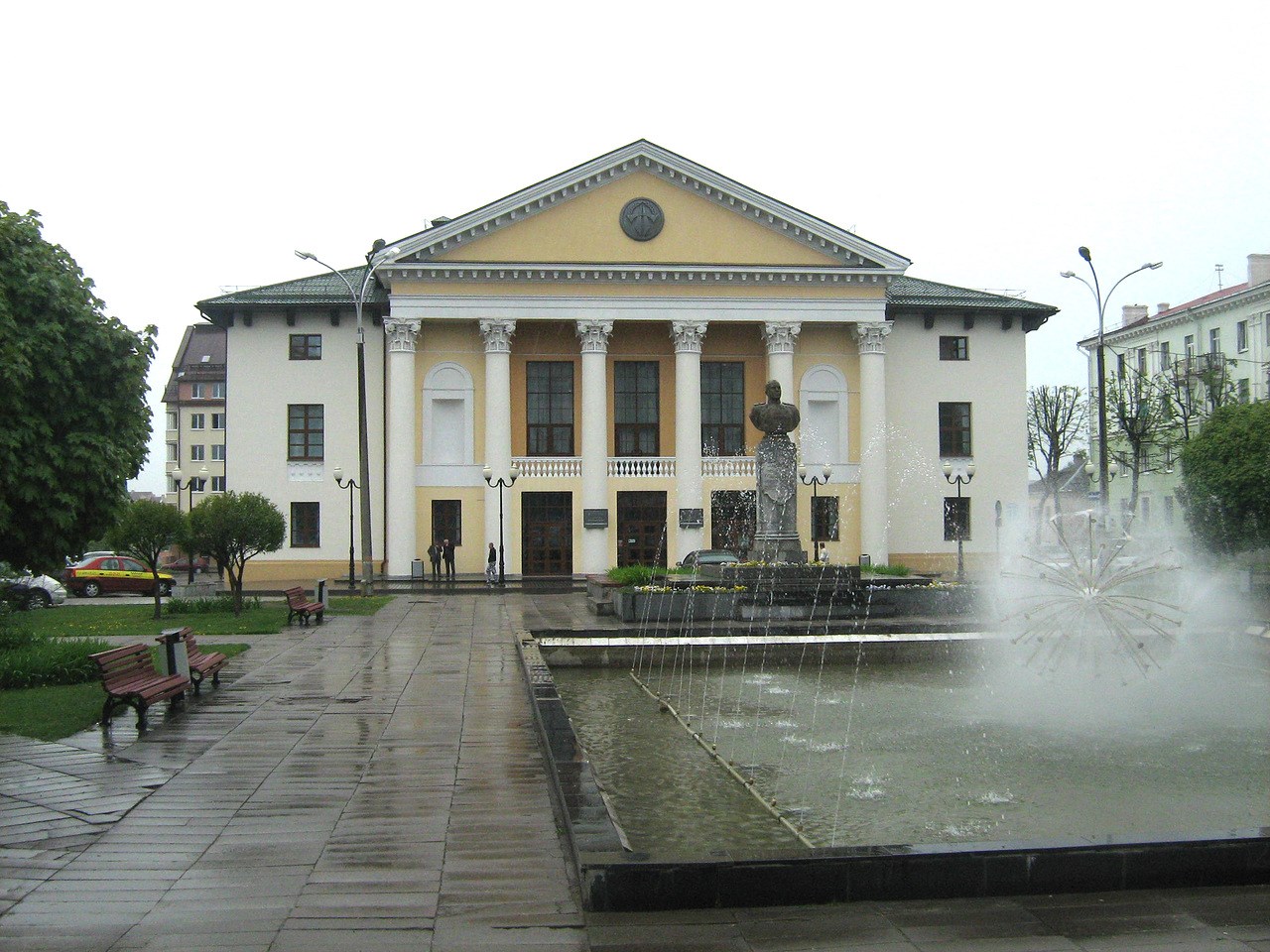

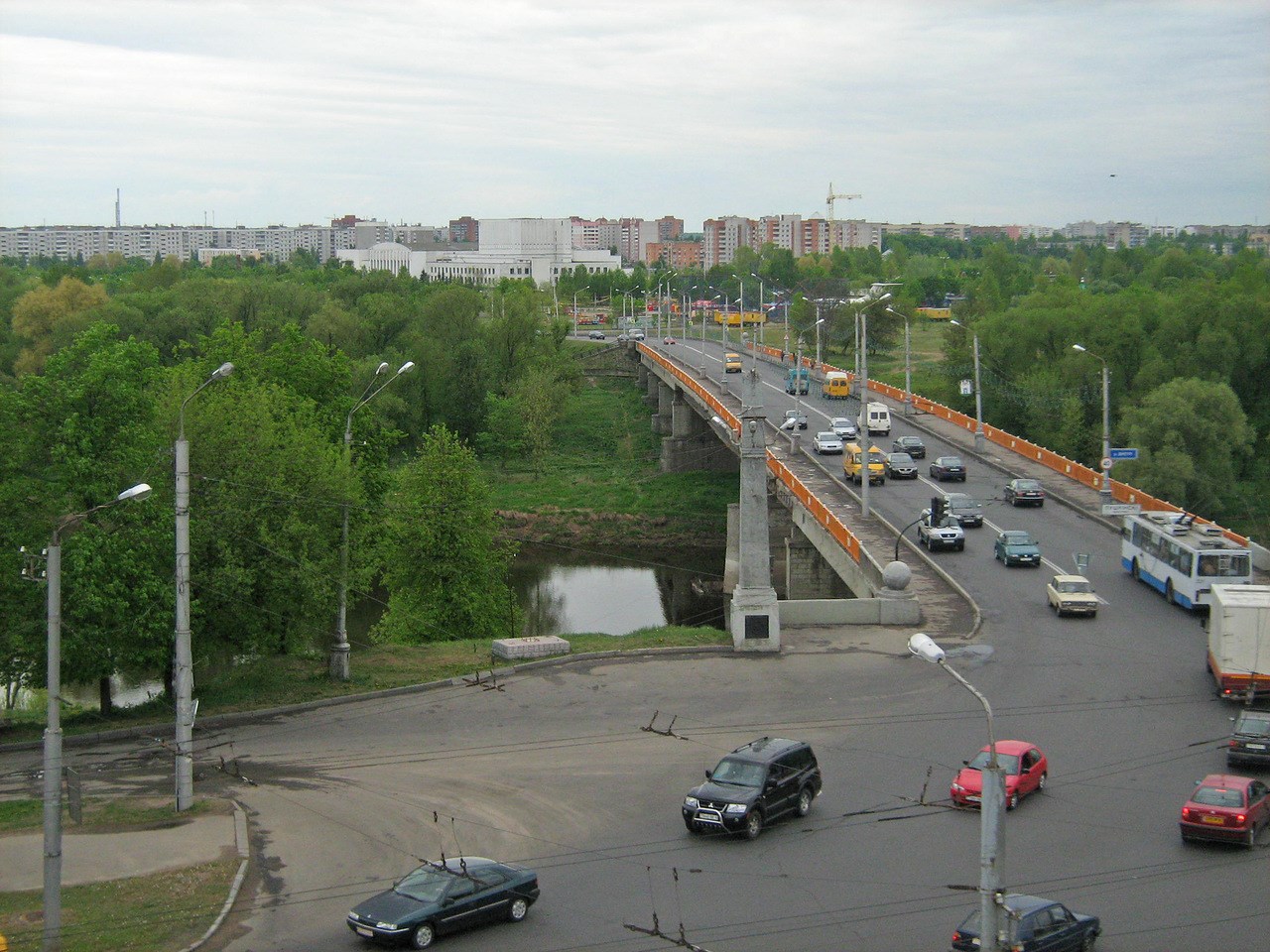
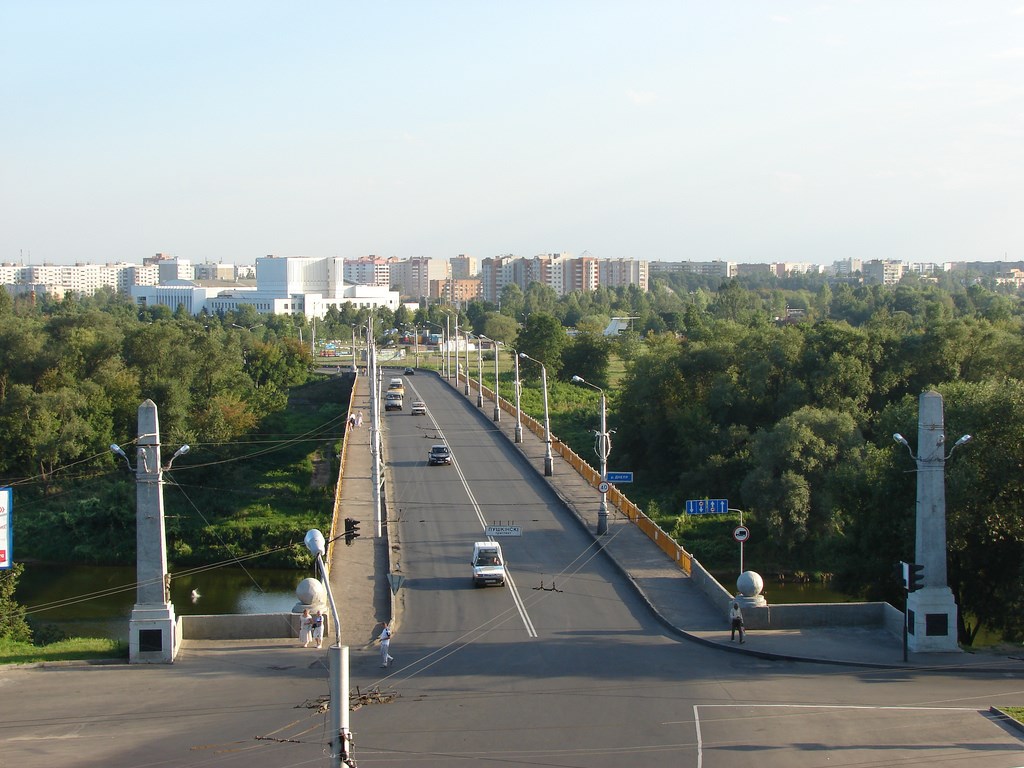
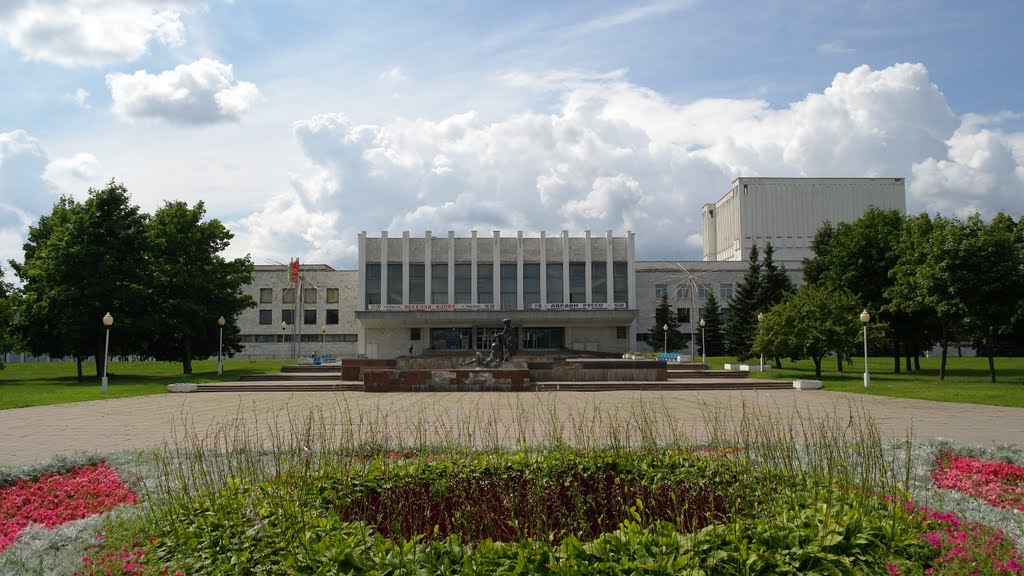
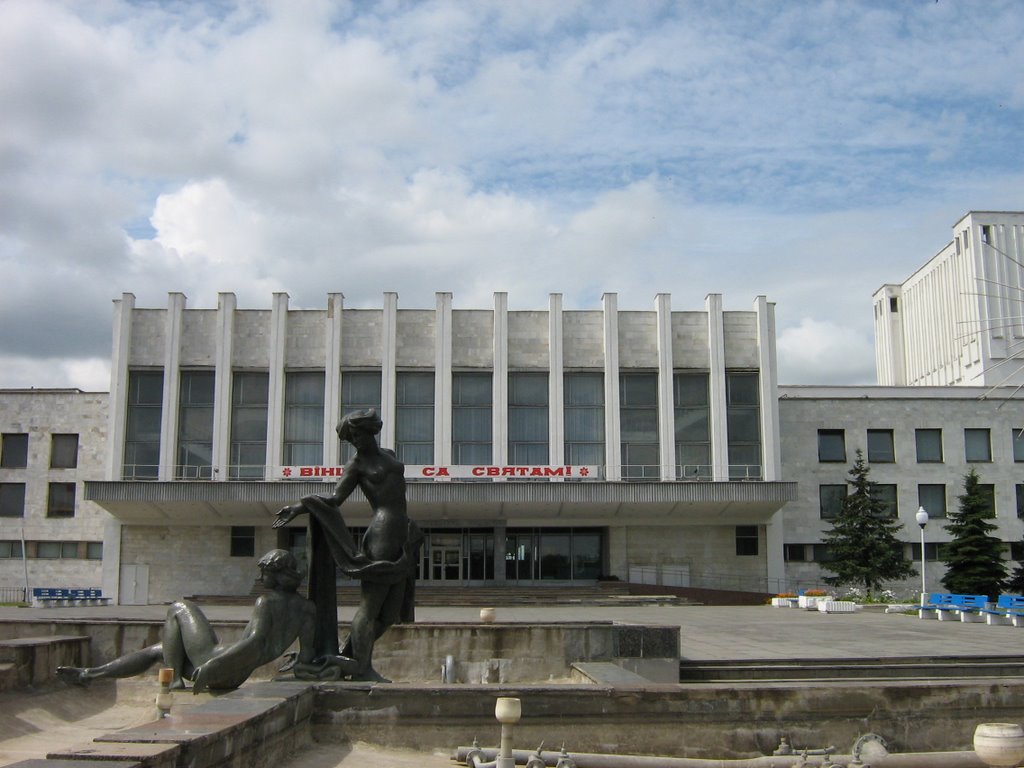

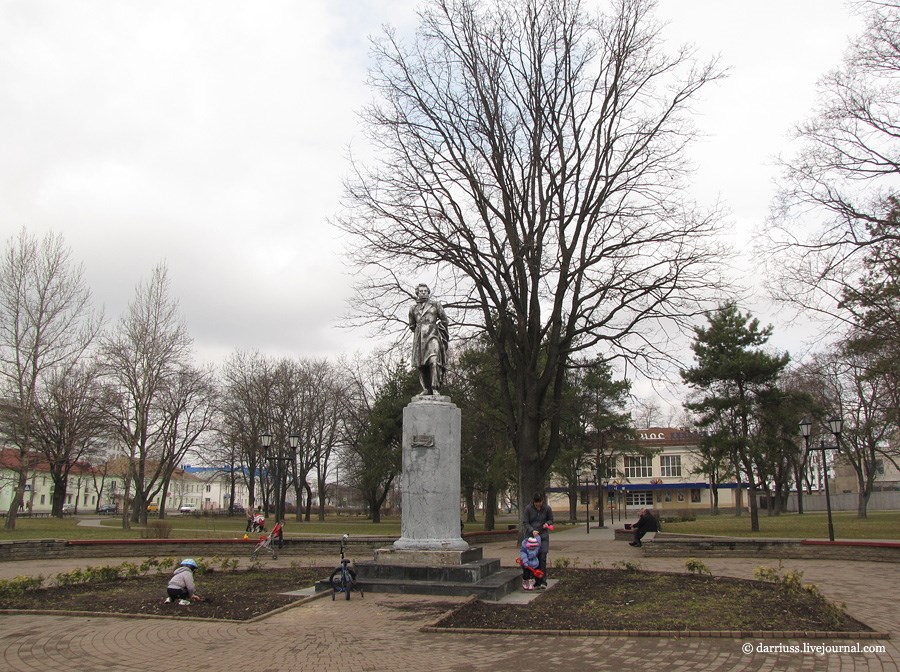
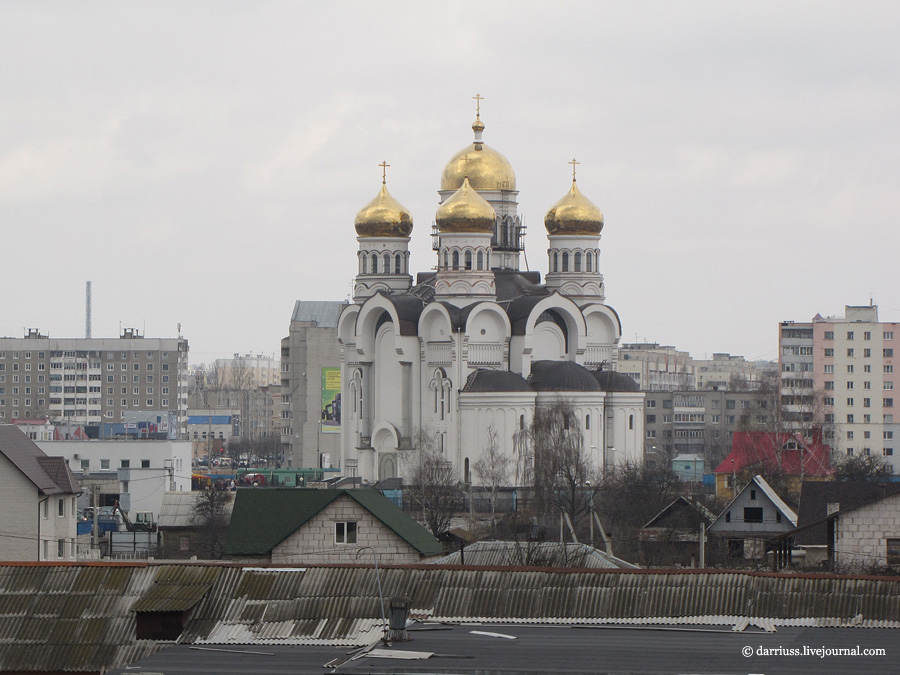
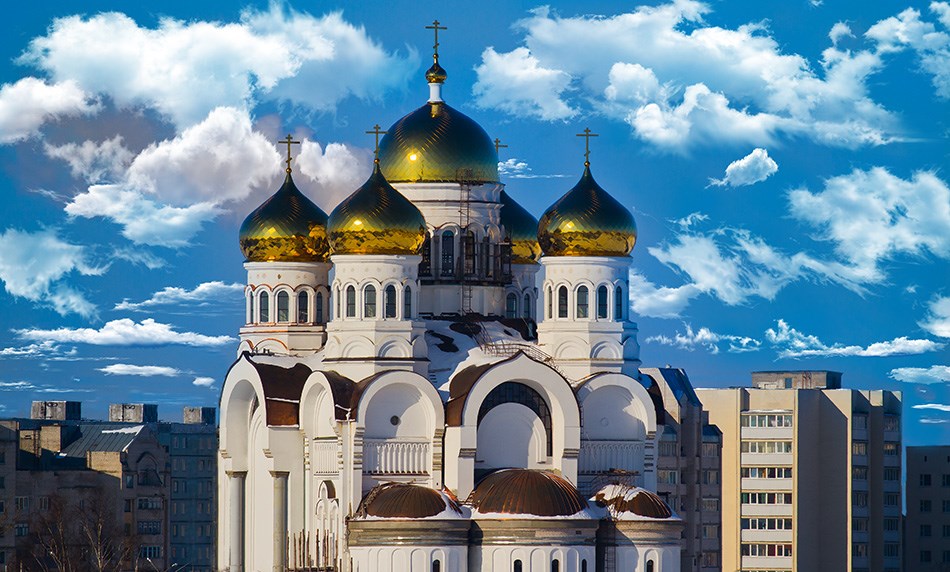
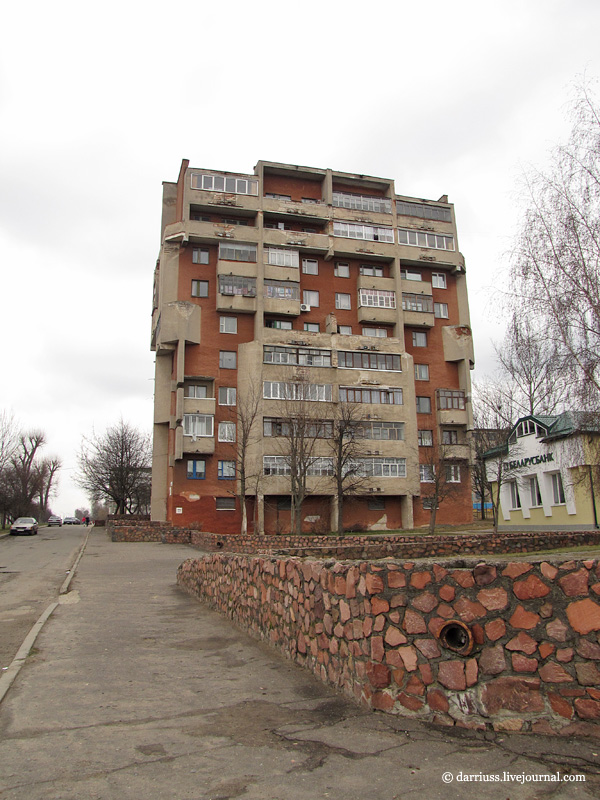
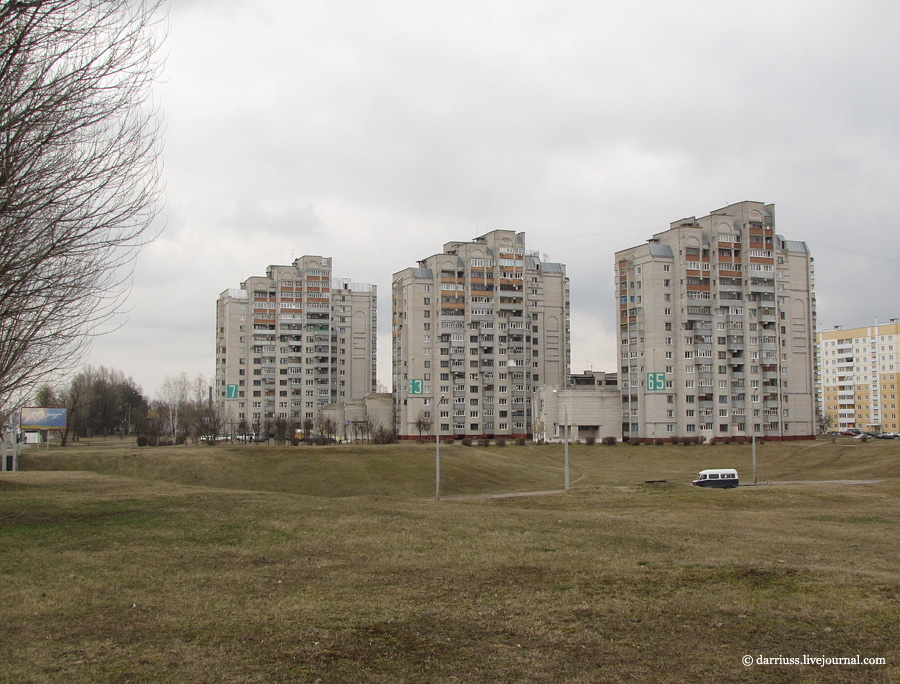
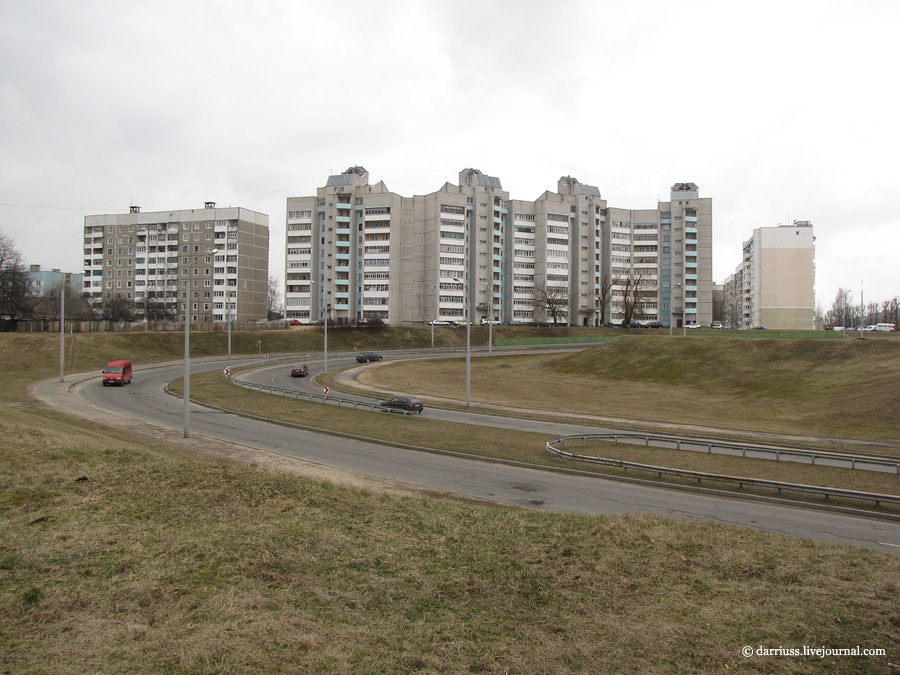
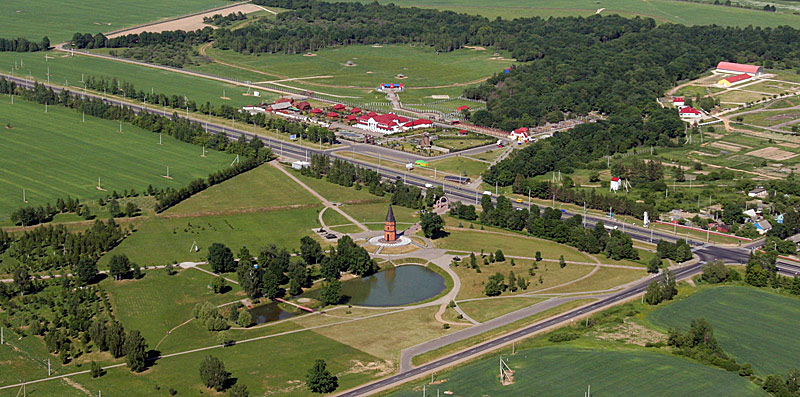
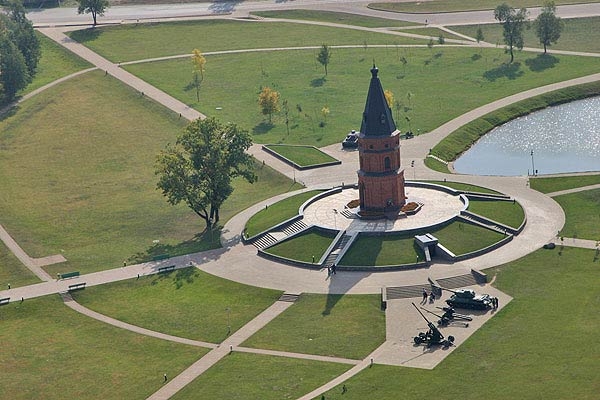
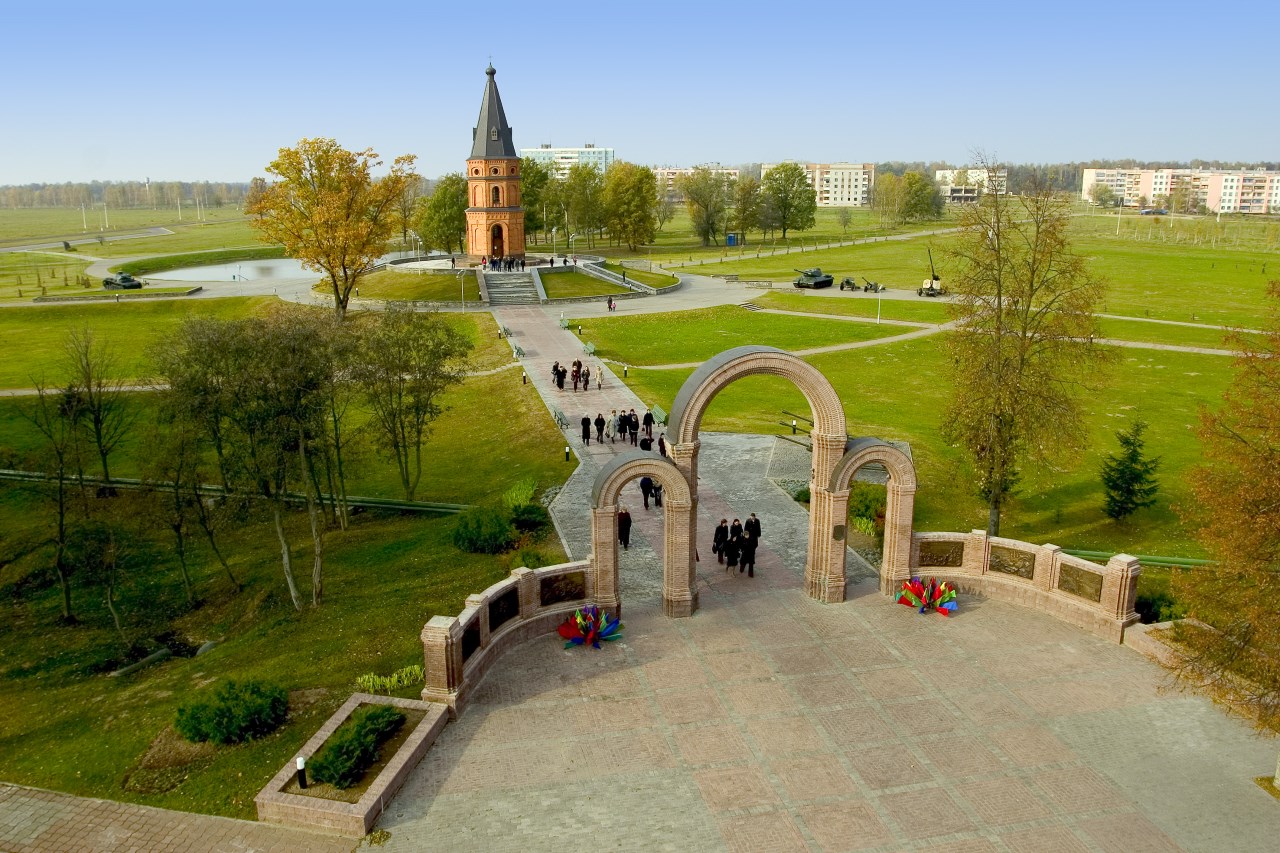
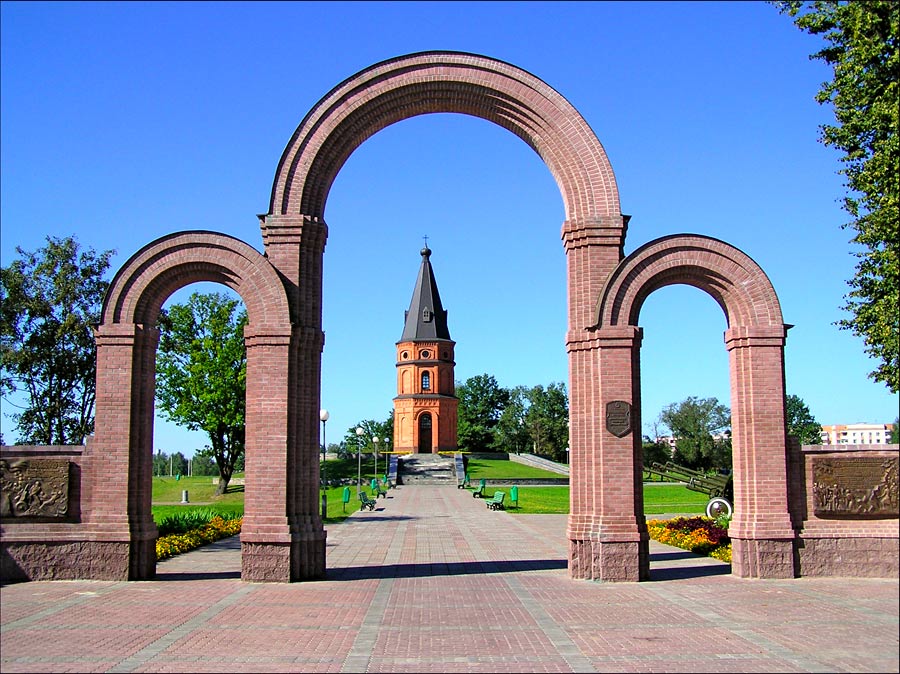
Mogilev (officially transliterated as Mahilioŭ?, also spelled Mahiloŭ?, Mahilyow, Mogilyov; Belarusian: Магілёў, pronounced [maɣʲiˈlʲou̯]; Russian: Могилёв, pronounced [məɡʲɪˈlʲof]) is a city in eastern Belarus, about 76 kilometres (47 miles) from the border with Russia's Smolensk Oblast and 105 km (65 miles) from the border with Russia's Bryansk Oblast. As of 2011, its population was 360,918,[2] up from an estimated 106,000 in 1956. It is the administrative centre of Mogilev Region and the third largest city in Belarus.
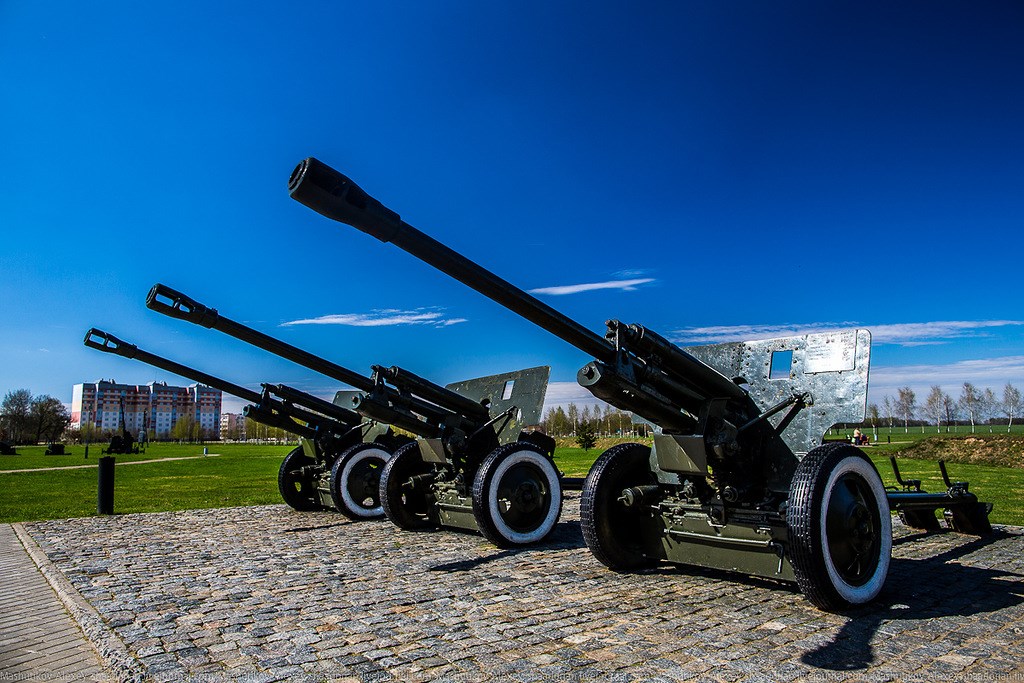
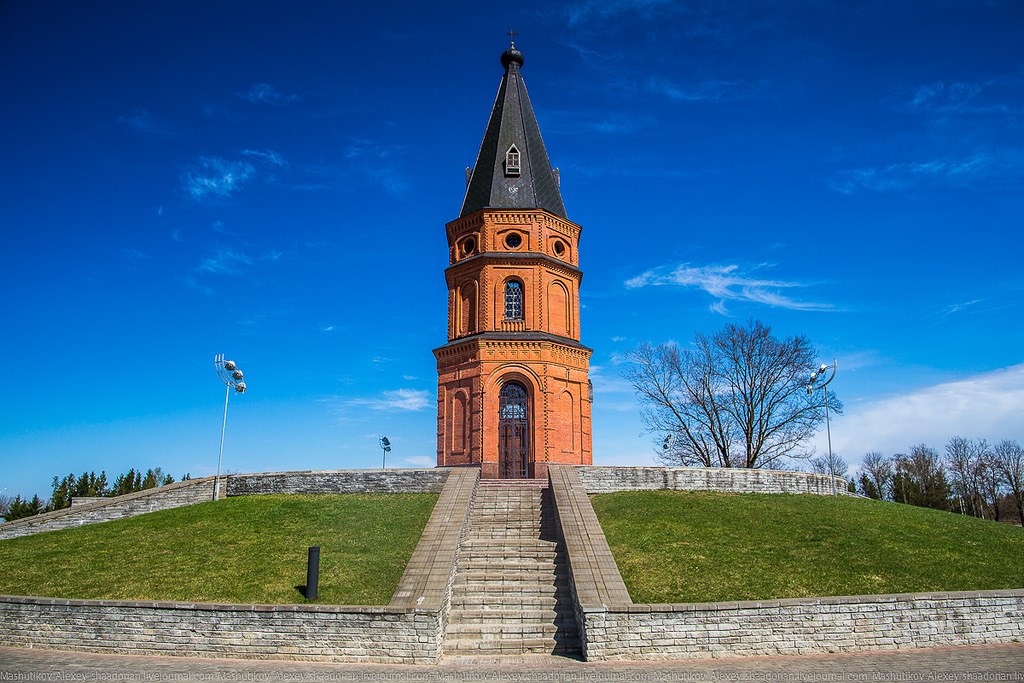
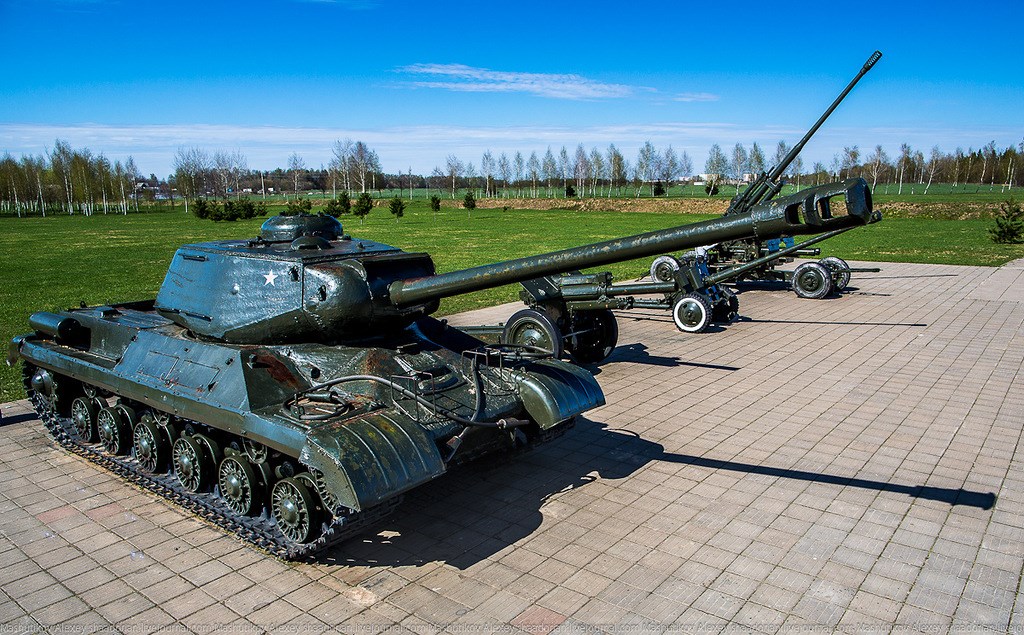
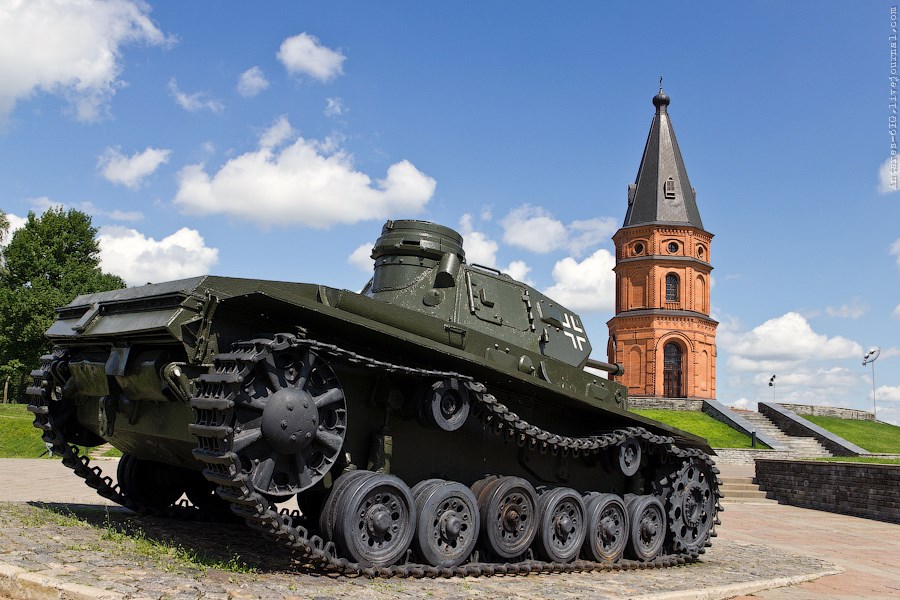
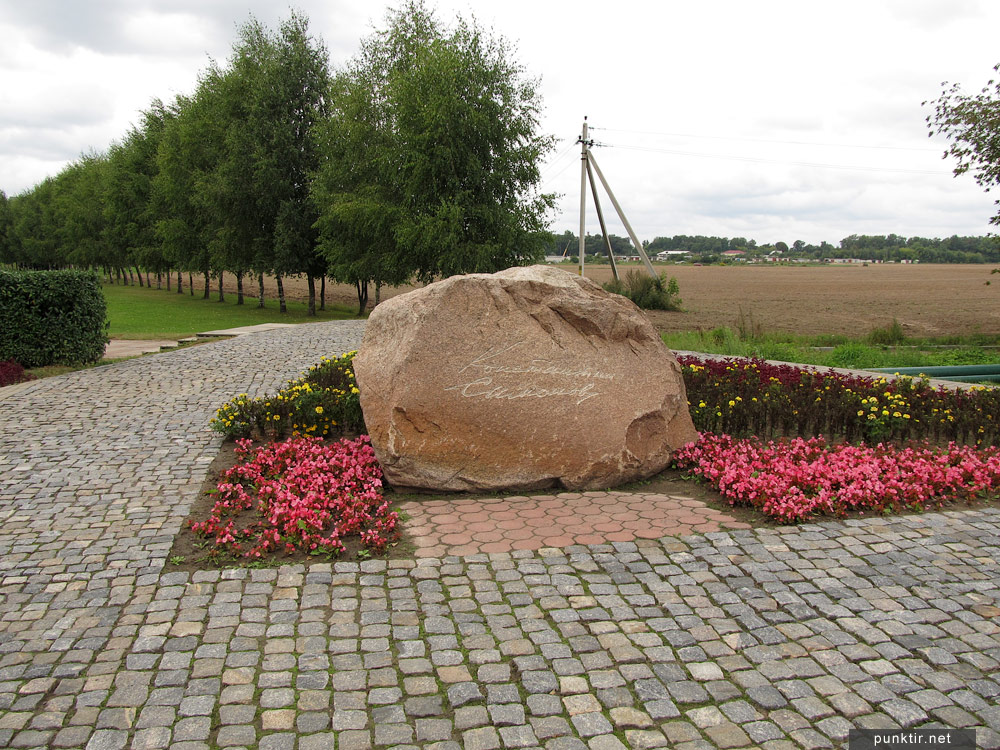
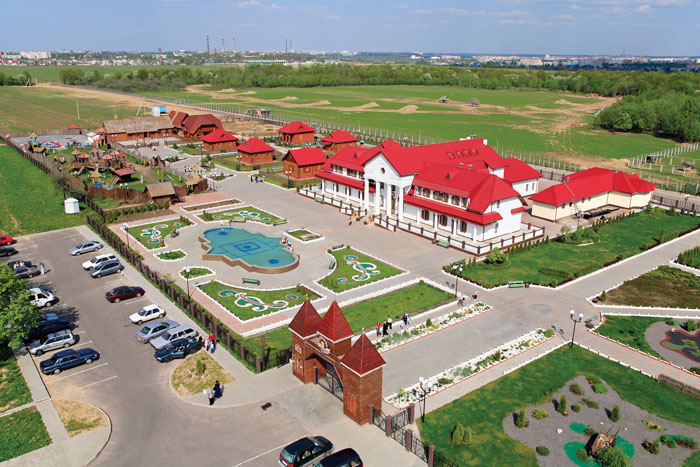
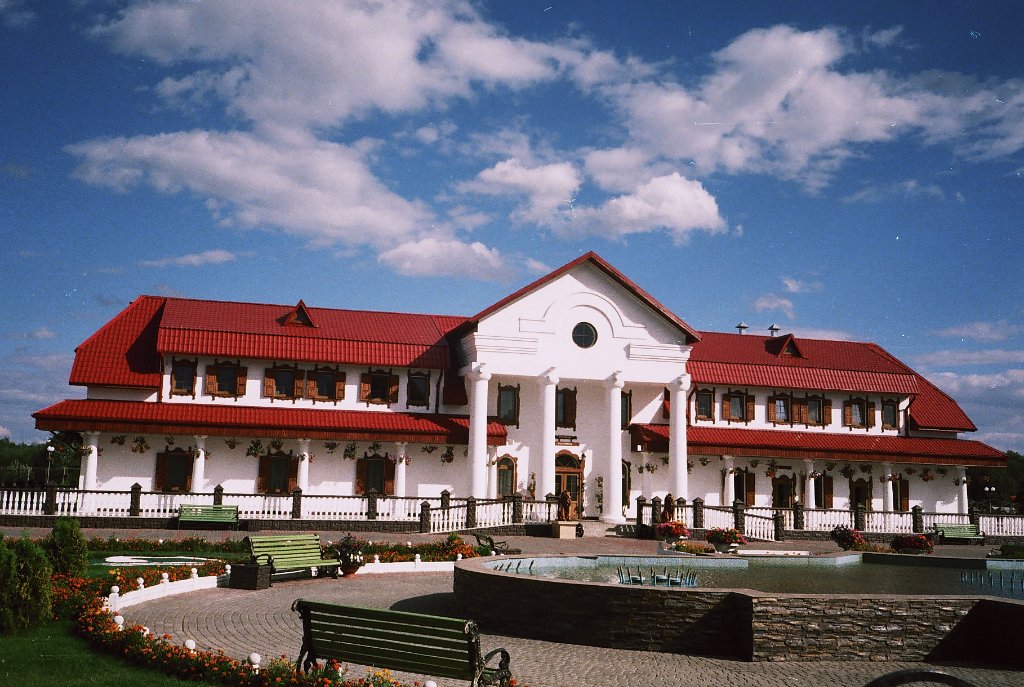
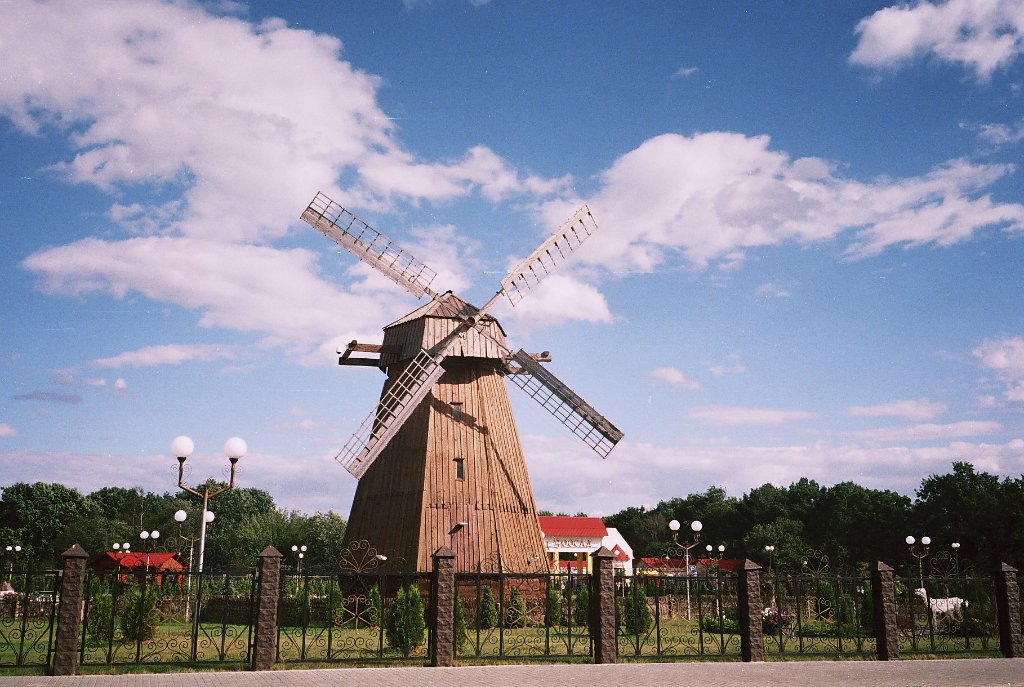

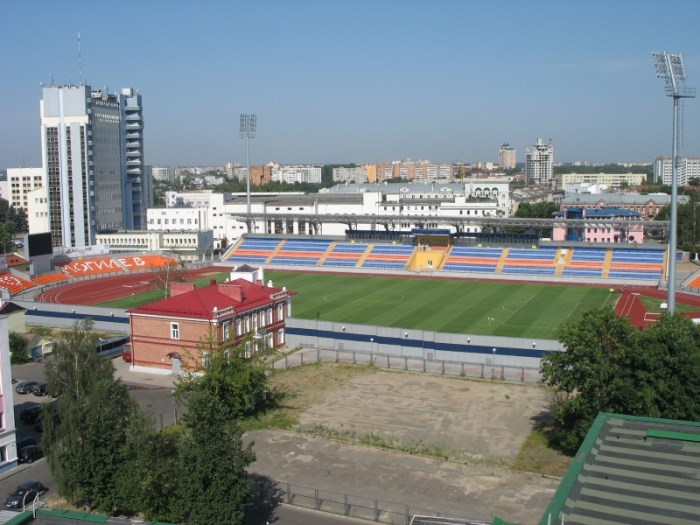
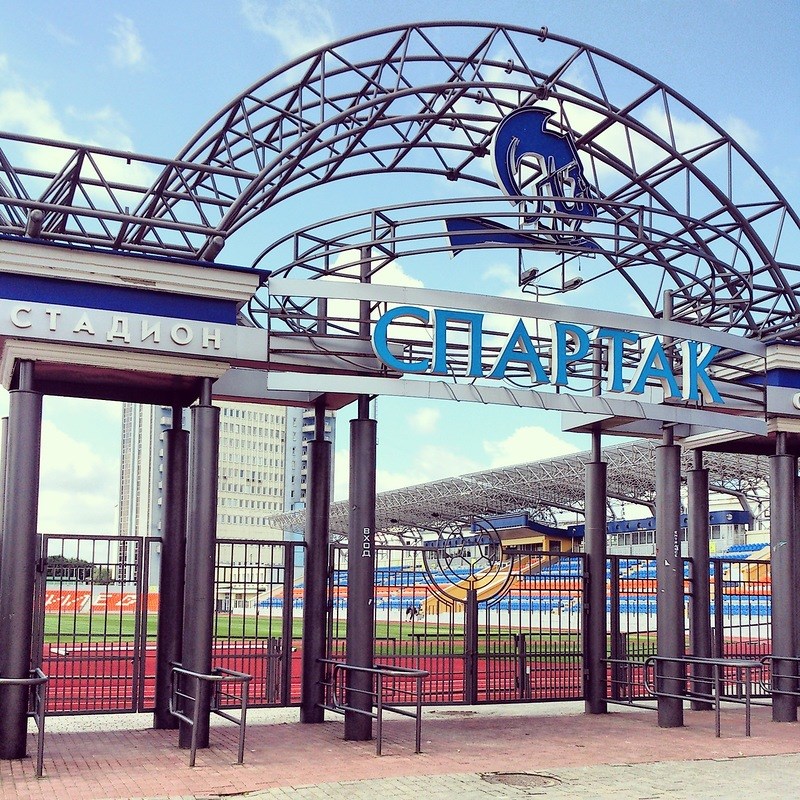
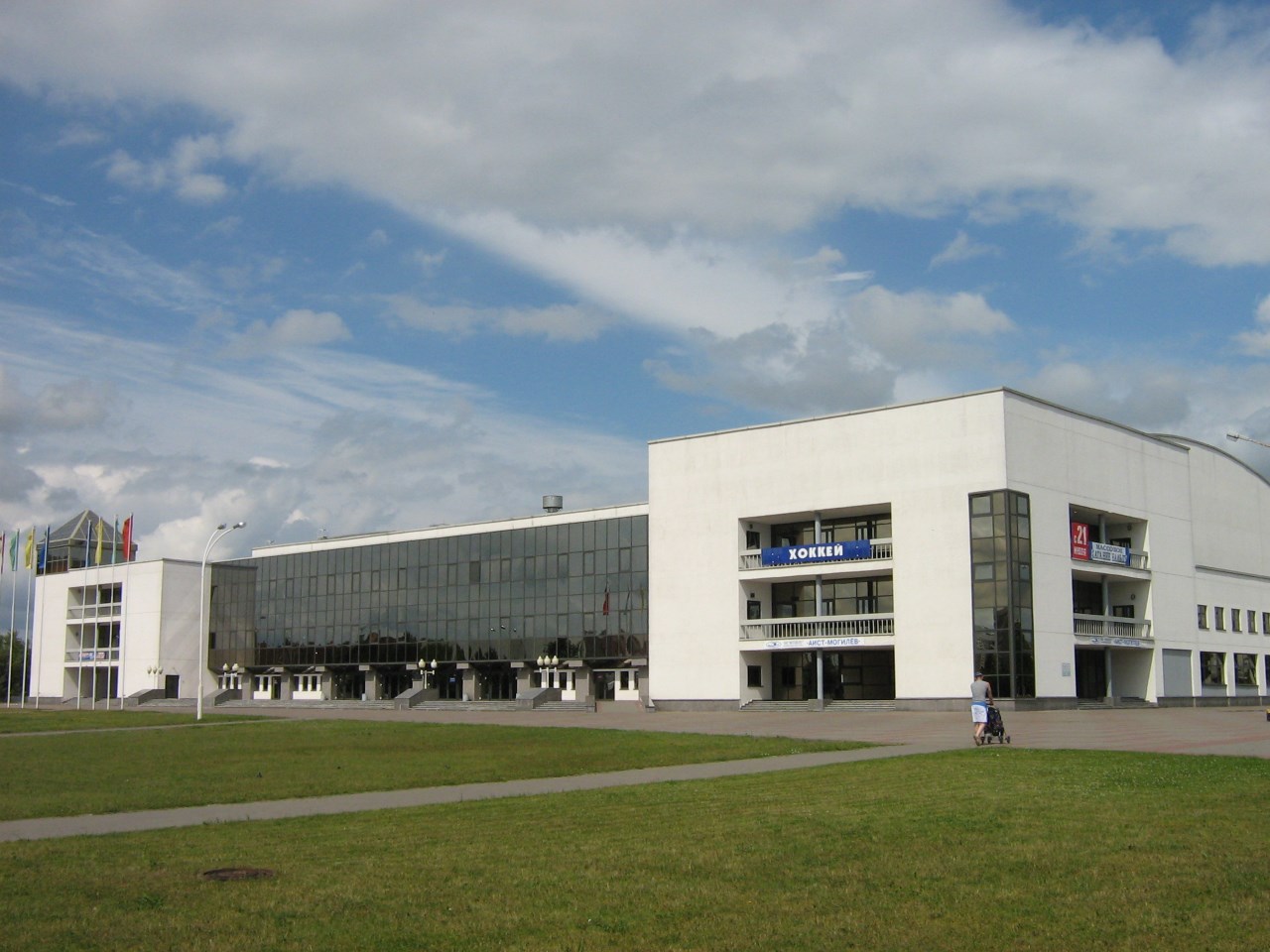
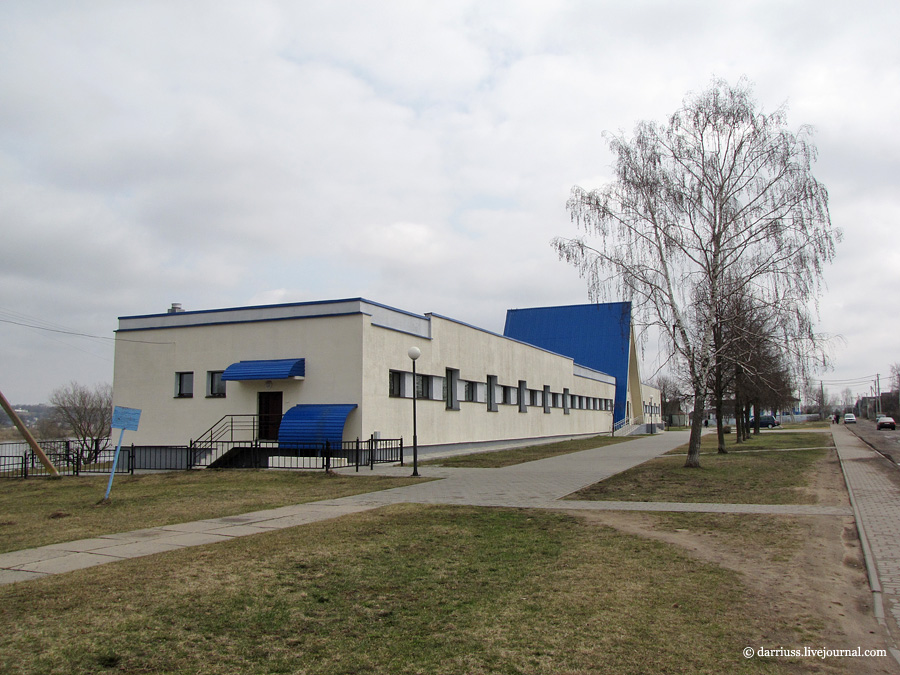
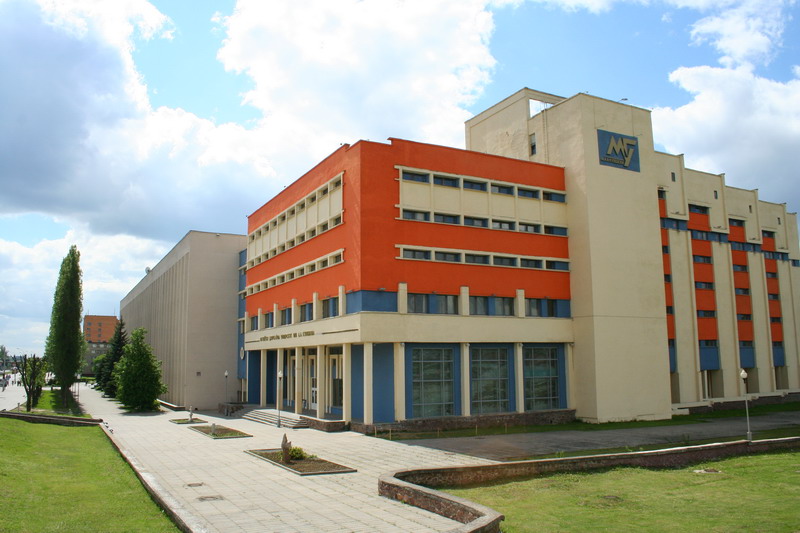
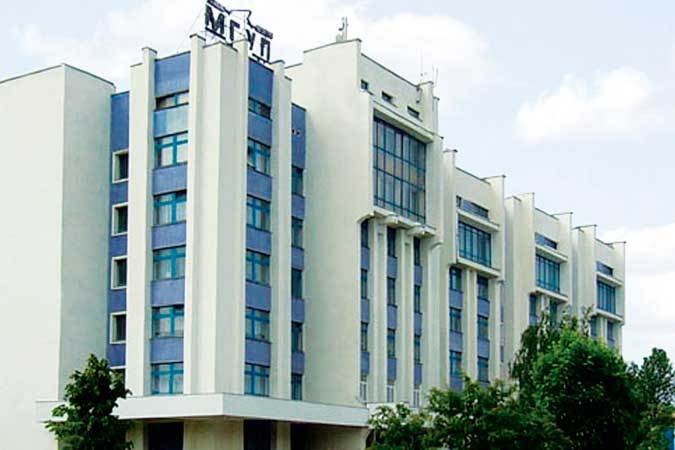
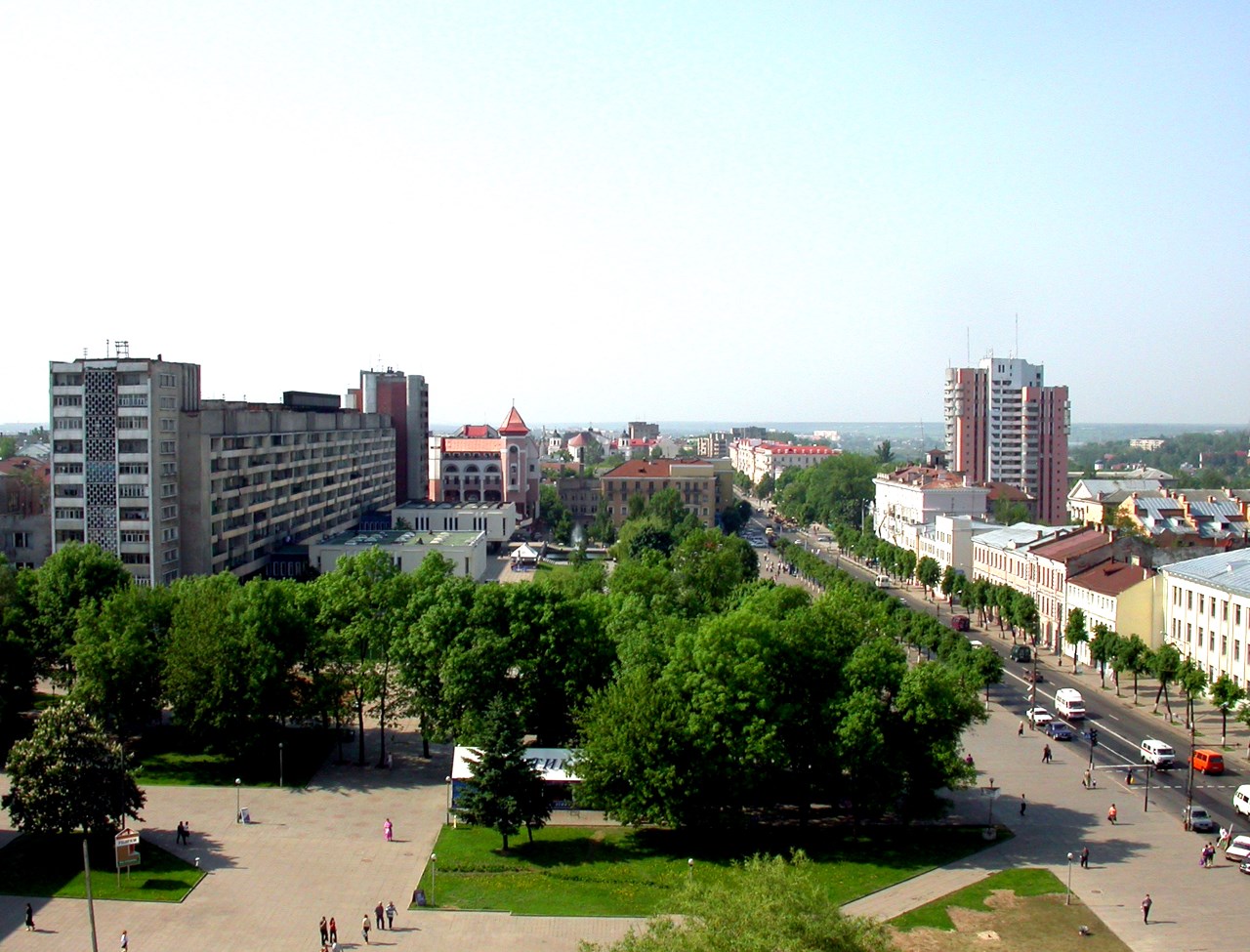

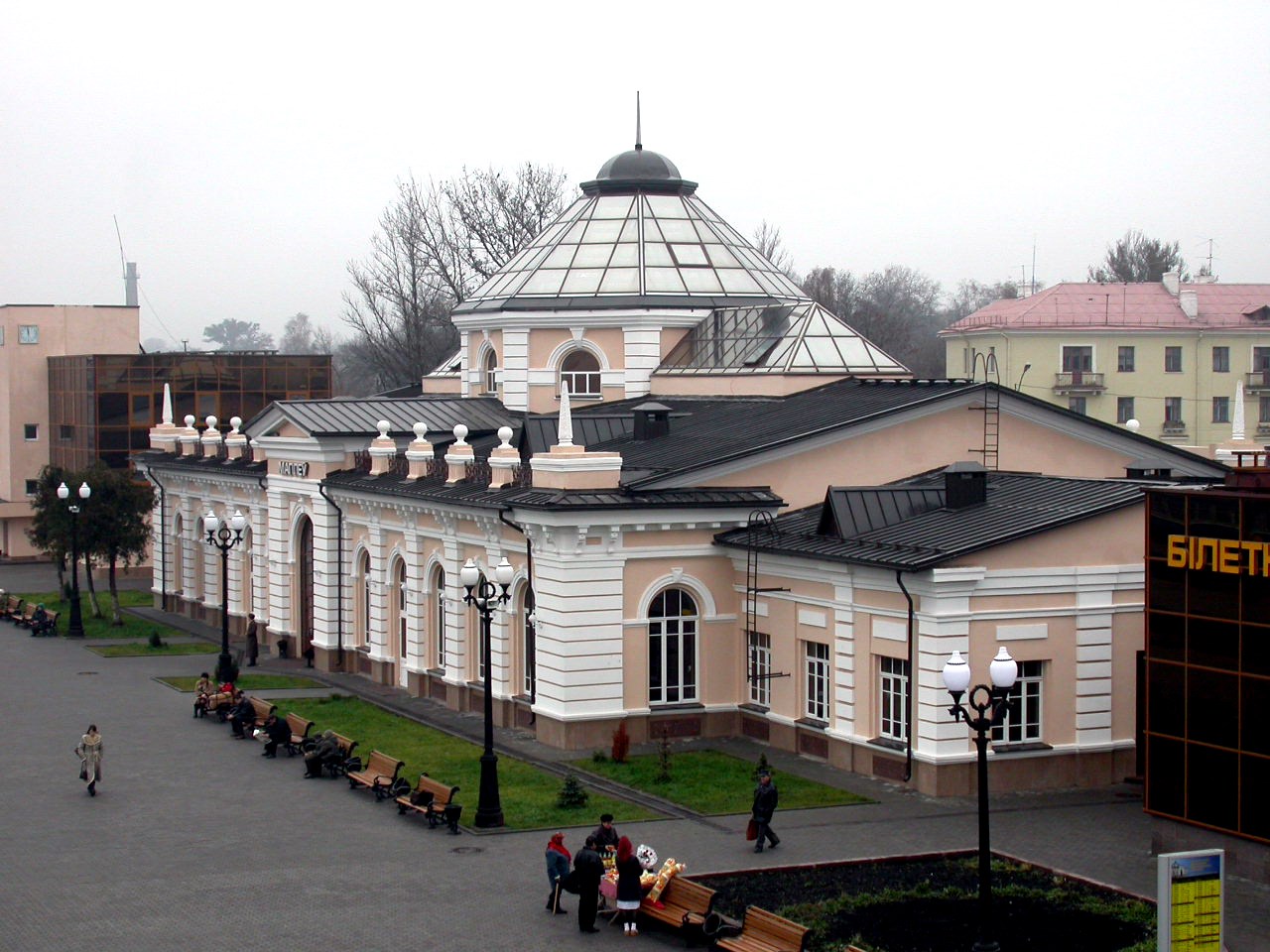
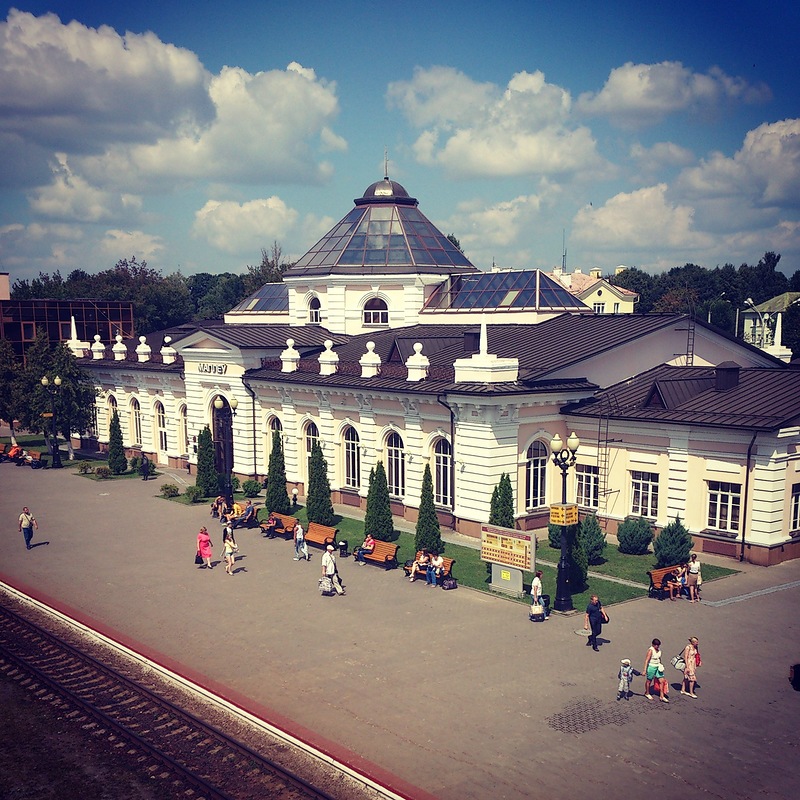
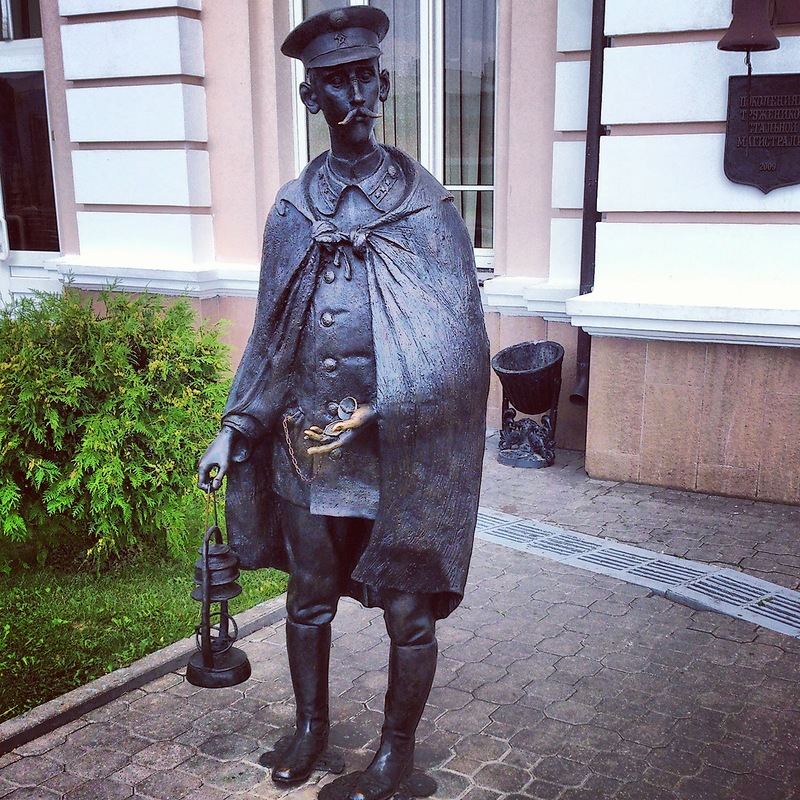
Outline of history
The city is mentioned in historical sources since 1267. From the 14th century it was part of the Grand Duchy of Lithuania, and, since the Union of Lublin (1569), part of the Polish-Lithuanian Commonwealth, where it became known as Mohylew or Mogilew. In 16th-17th century the city flourished as one of the main nodes of the east-west and north-south trading routes.
In 1577 Polish King Stefan Batory granted it city rights under Magdeburg law. In 1654, the townsmen negotiated a treaty of surrender to the Russians peacefully, if the Jews were to be expelled and their property divided up among Mogilev's inhabitants. Tsar Aleksei Mikhailovitch agreed. However, instead of expelling the Jews, the Russian troops massacred them after they had led them to the outskirts of the town.[3] After the First Partition of Polish-Lithuanian Commonwealth (1772) Mogilev became part of the Russian Empire and became the centre of the Mogilev Governorate.
In the years 1915–1917, during World War I, the Stavka, the headquarters of the Russian Imperial Army was based in the city and the Tsar, Nicholas II, spent long periods there as Commander-in-Chief.
Following the Russian Revolution, in 1918, the city was briefly occupied by Germany and placed under their short-lived Belarusian People's Republic. Then, in 1919 it was captured by the forces of Soviet Russia and incorporated into the Byelorussian SSR. Up to the Second World War and the Holocaust, like many other cities in Europe, Mogilev had a significant Jewish population: according to the Russian census of 1897, out of the total population of 41,100, 21,500 were Jews (i.e. around 50 percent).[4]
Between 26 July 1941 and 28 June 1944 the city was under German occupation.[5] During that period, the Jews of Mogilev were ghettoized and systematically murdered.[6]
In 1944, the city returned to Soviet domination.
Since Belarus gained its independence in 1991 Mogilev has remained one of its principal cities.
https://en.wikipedia.org/wiki/Mogilev
Maguilov (en bielorruso: Магілёў, en ruso: Могилёв tr.: Moguiliov, también Mahiloŭ) es una ciudad en el oriente de Bielorrusia, cercana a la frontera rusa. Tiene más de 300.000 habitantes. Es la capital de la provincia de Maguilov, y la tercera ciudad más grande del país.
https://es.wikipedia.org/wiki/Maguilov
https://be.wikipedia.org/wiki/Горад_Магілёў
https://ru.wikipedia.org/wiki/Могилёв
Pinche para ver las Fuentes seleccionadas
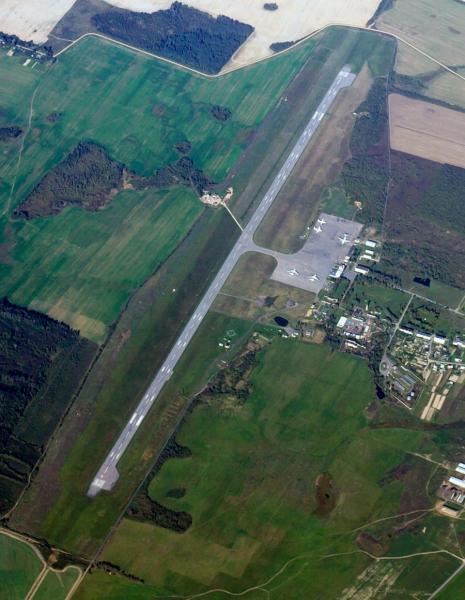
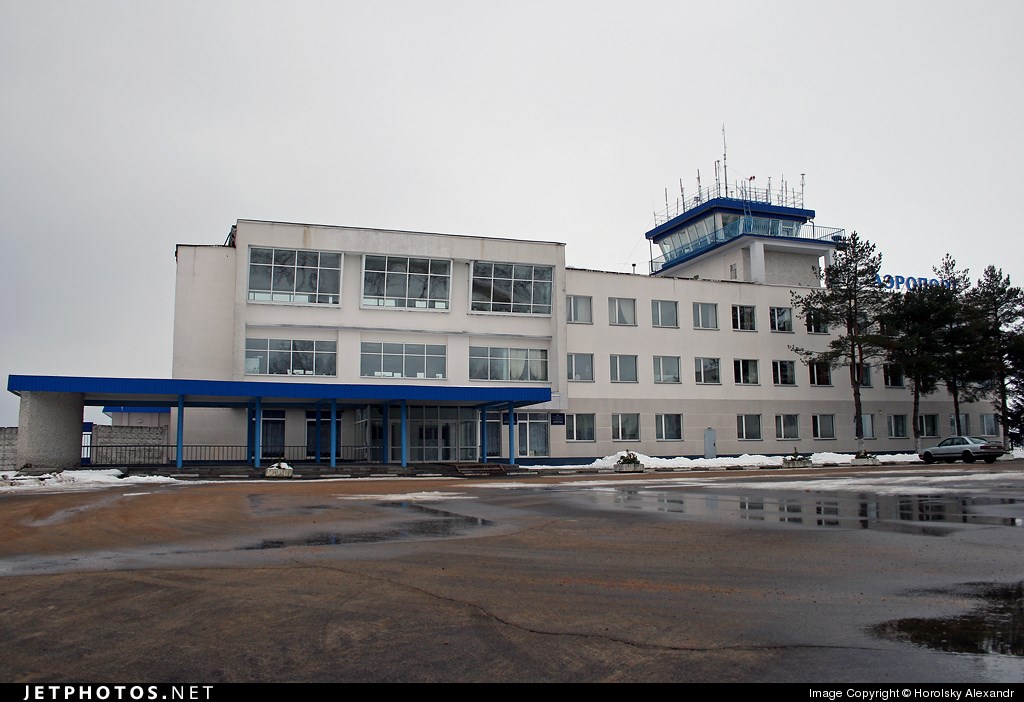
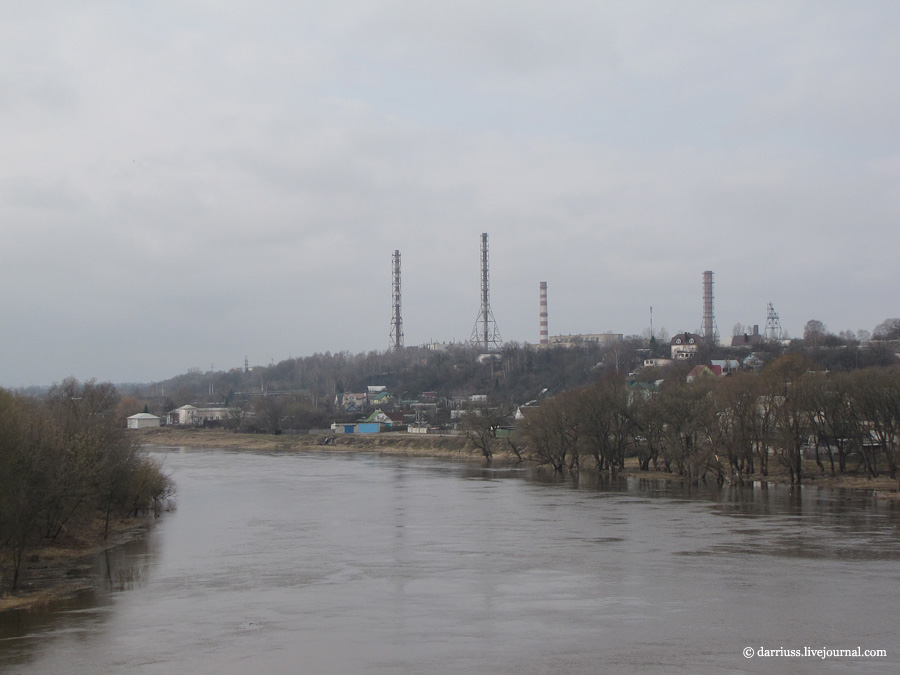
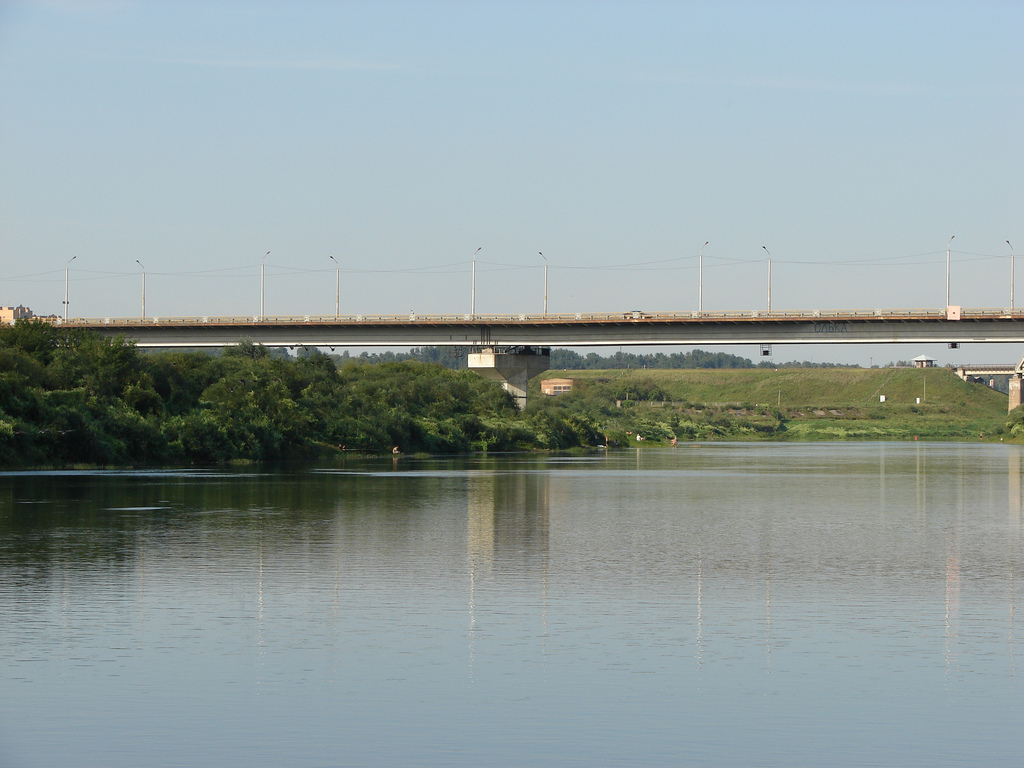
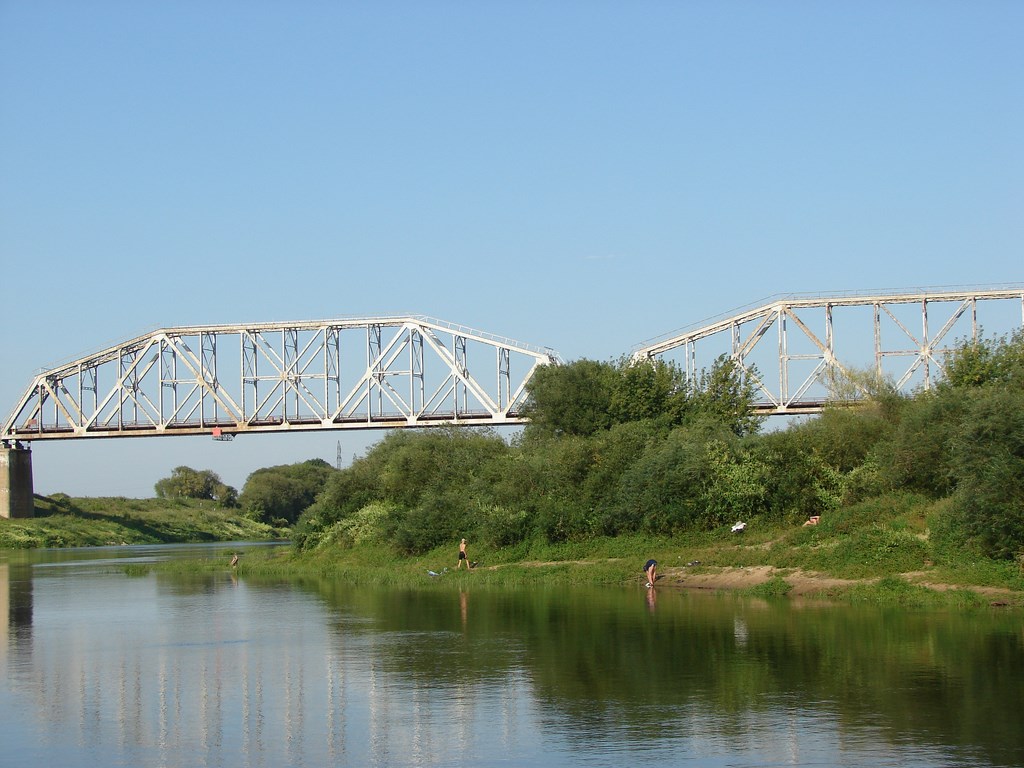
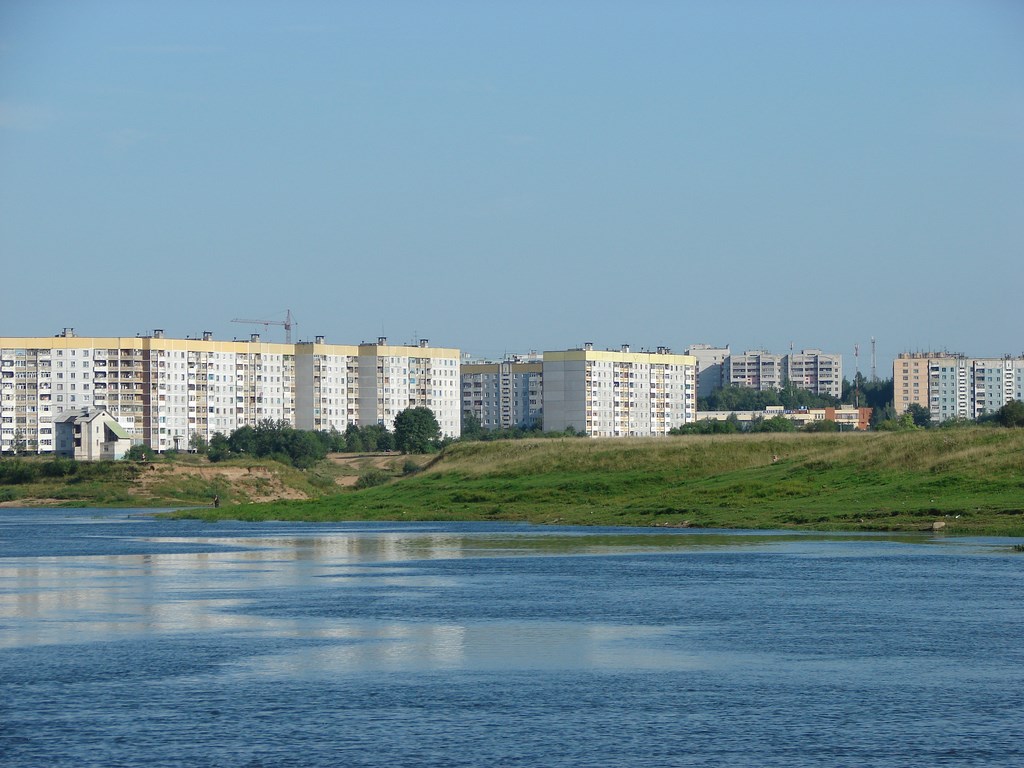


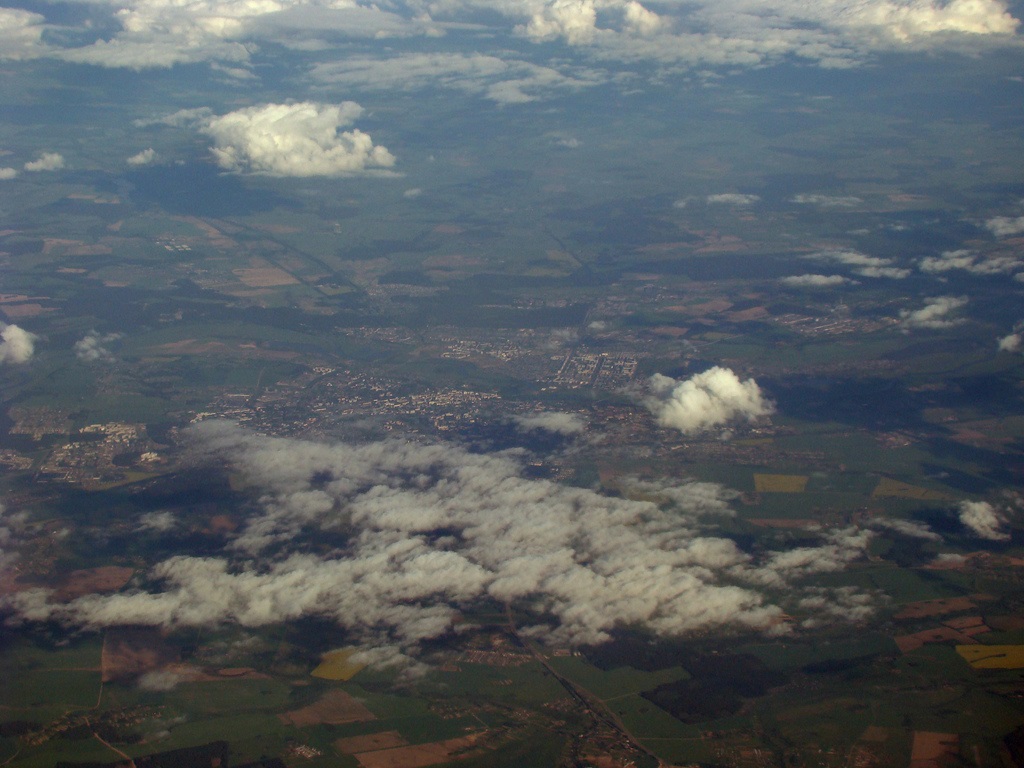
Vídeo:
Web recomendada: http://mogilev.gov.by/
Contador: 7420
Inserción: 2015-07-19 18:18:22
Lugares a visitar en un radio de 100 km (en línea recta)
Mapa de los lugares a 100 km (en línea recta)
Mostrando Registros desde el 1 hasta el 0 de un total de 0
Visitas |
Más visitados Basílica de San Marcos 154569 Catedral de Notre Dame (París) 143891 Torre de Pisa 131289 Monte Saint-Michel 100418 Presa de las Tres Gargantas 81179 |
Incorporaciones |
Comentarios hazola Cúpula de la Roca gracias me... gera Buenos Aires las mejores fotos de la mejor ciudad del... Daniel M. - BRASIL San Francisco ... PEQUE Presa Chicoasén SERA QUE ALGUIEN ME PUEDE DAR MAS INFORMACIÓN DE ESTE PROYECTO ESTUDIO EN LA UNACH Y ES PARA UN... Mery Huaca Pucllana Muy interesante, muy buena la información y... |
 Tweet
Tweet


